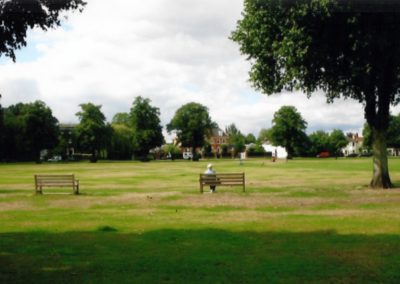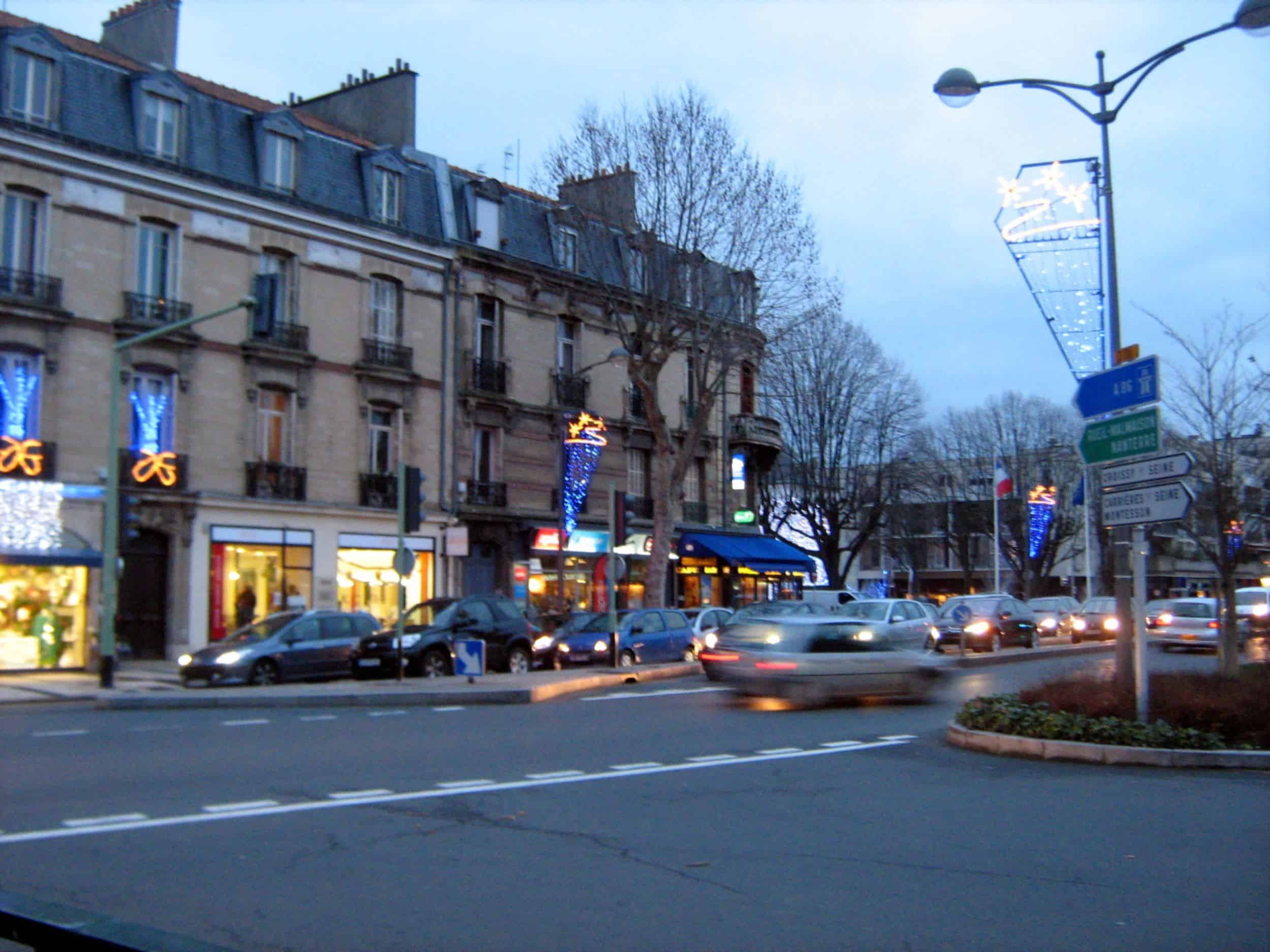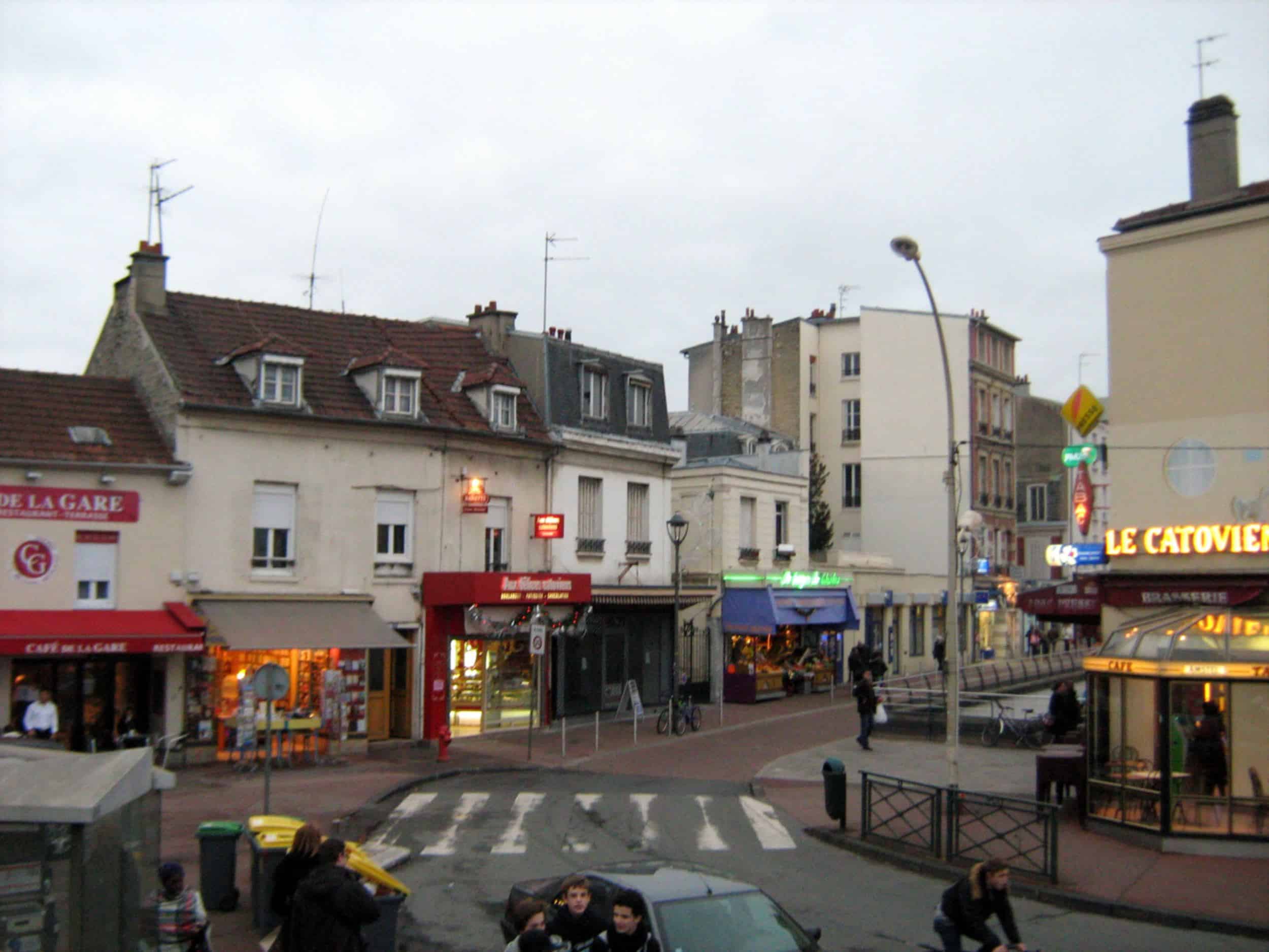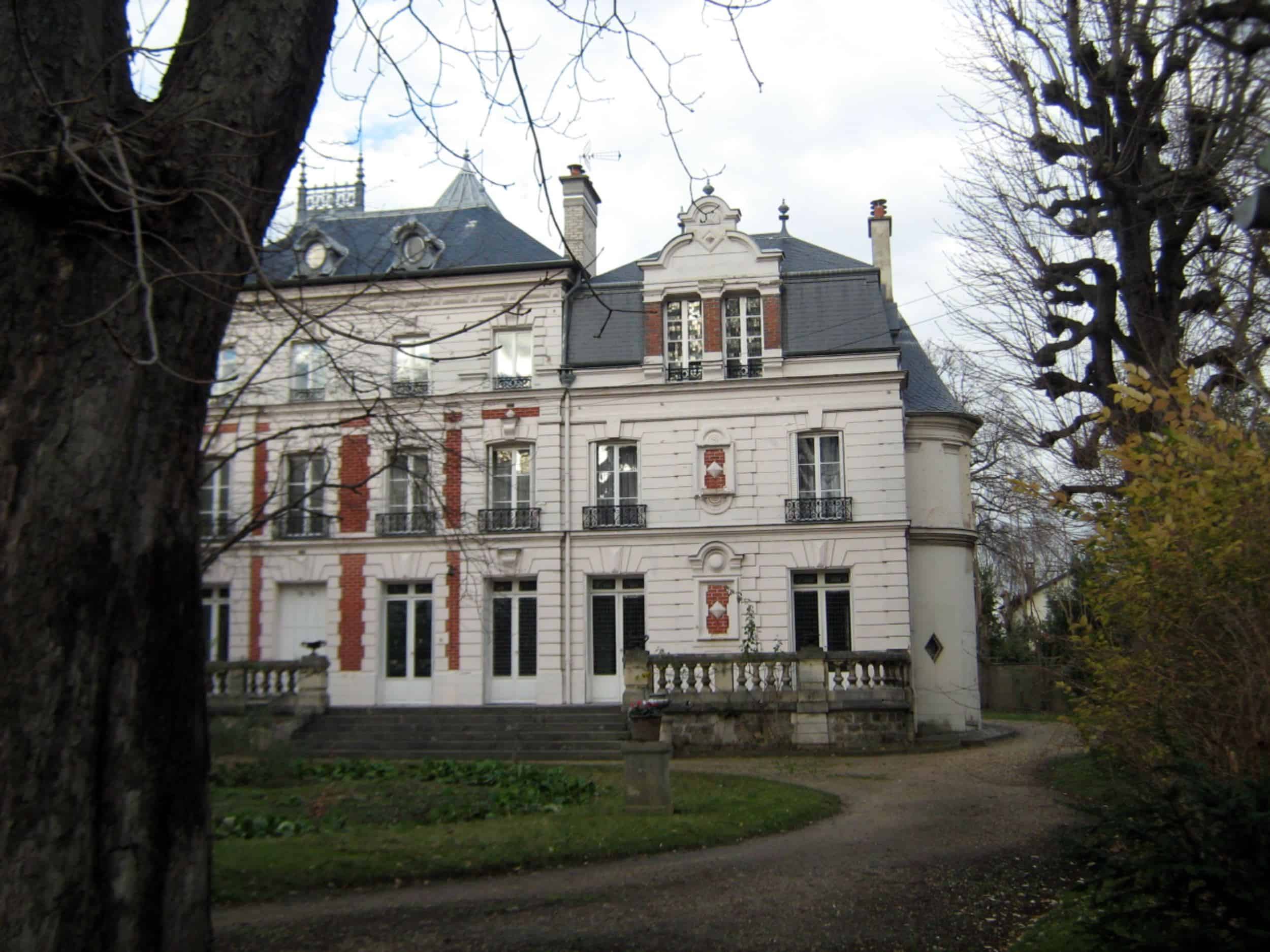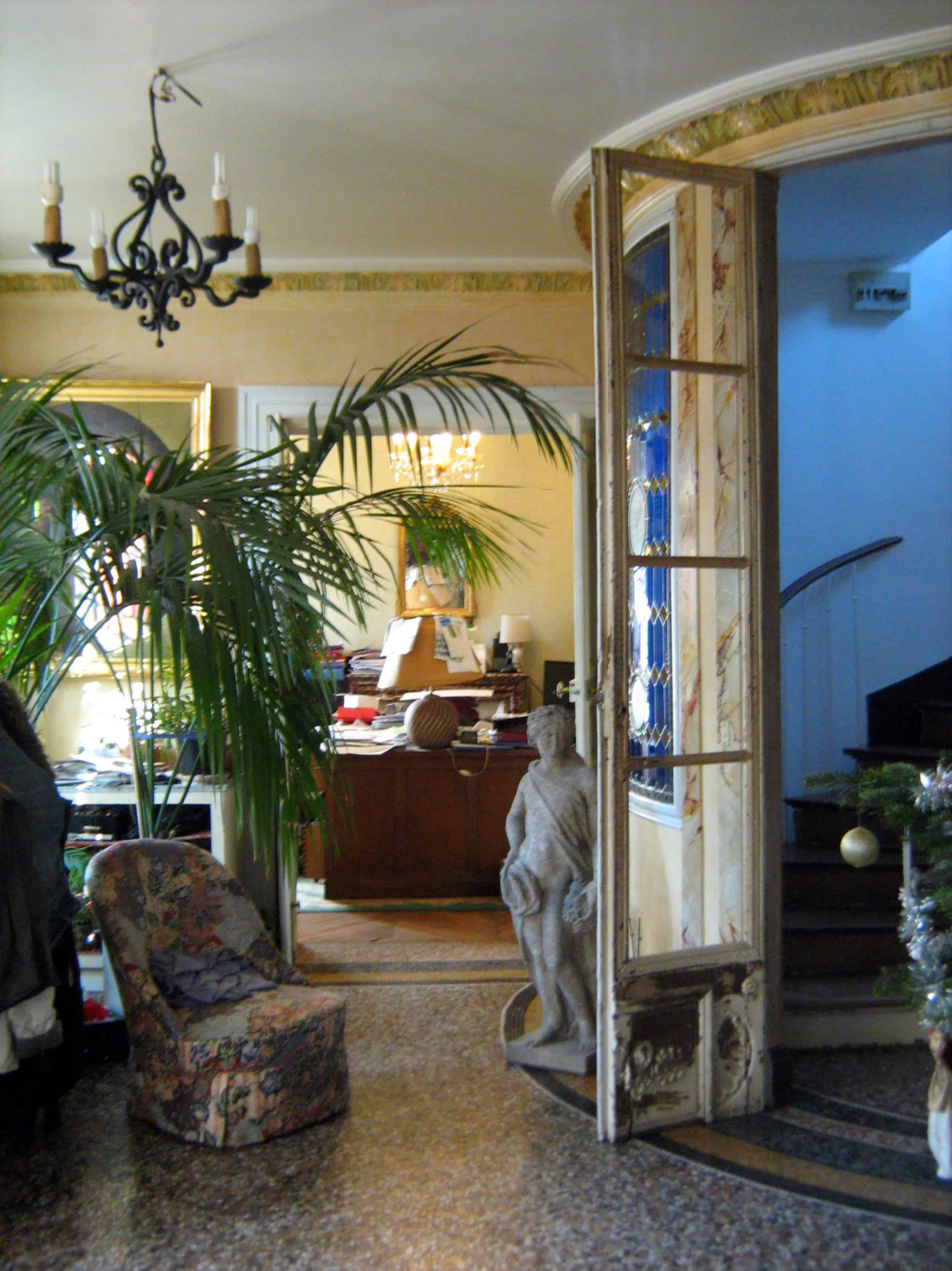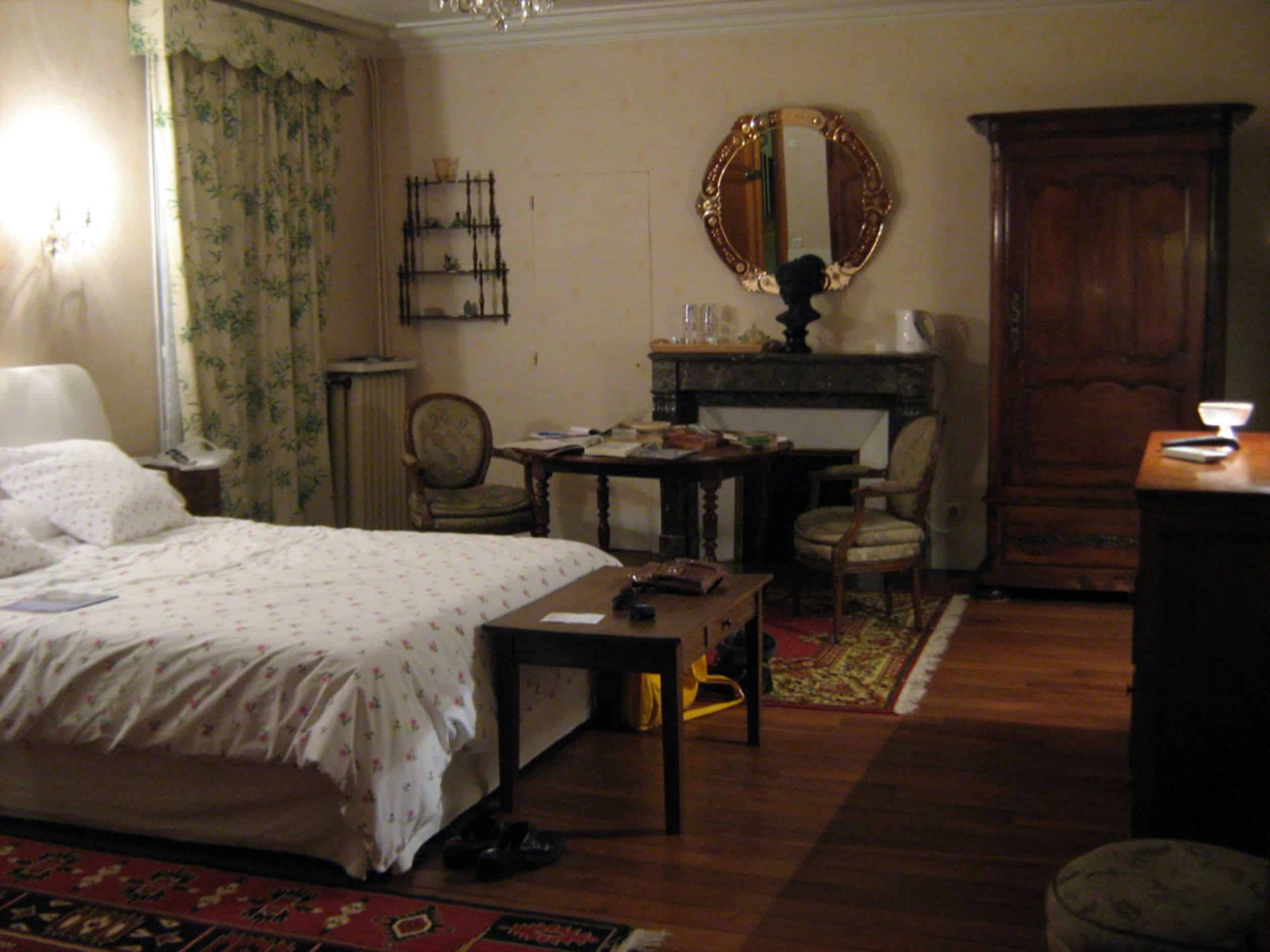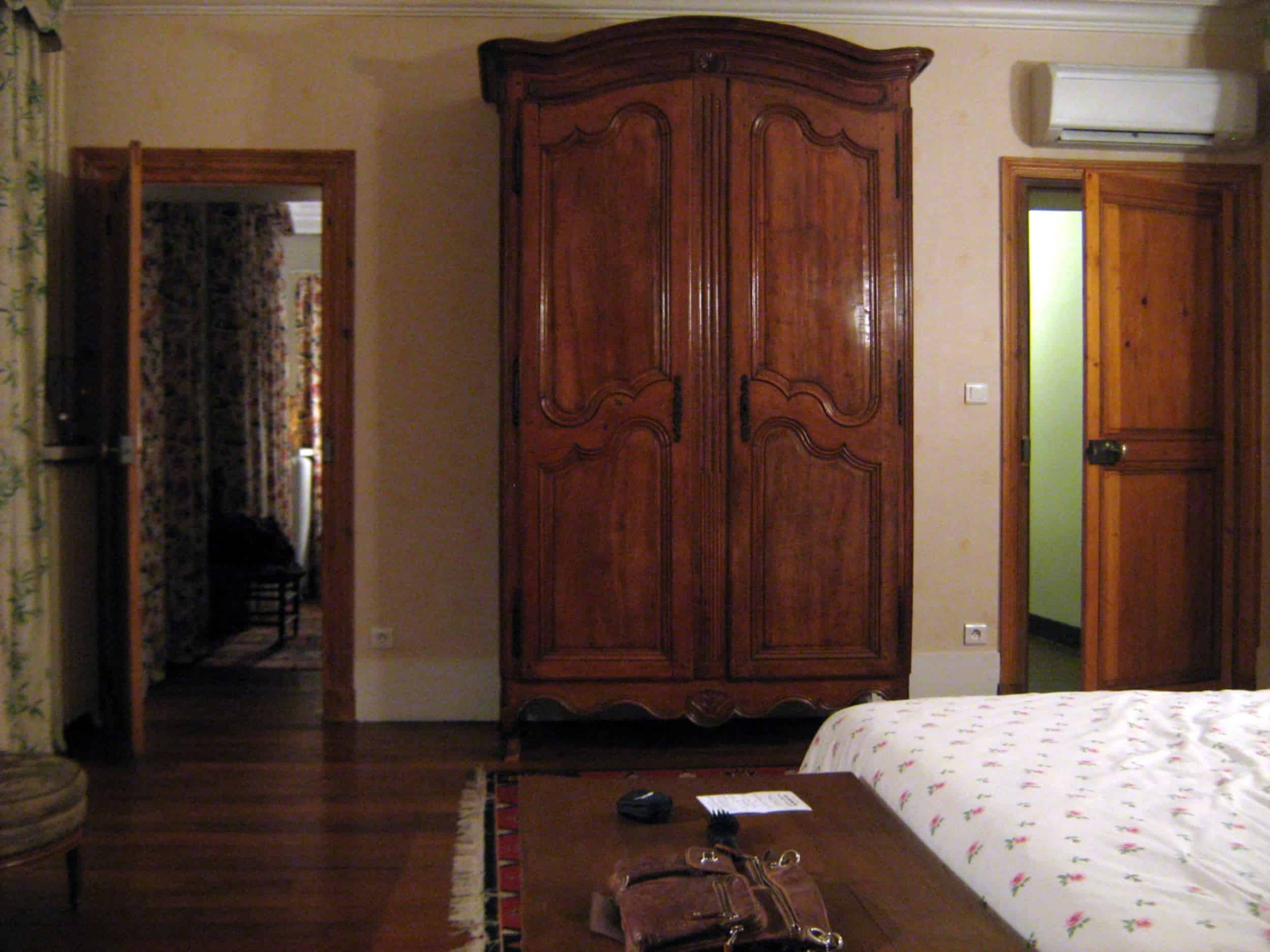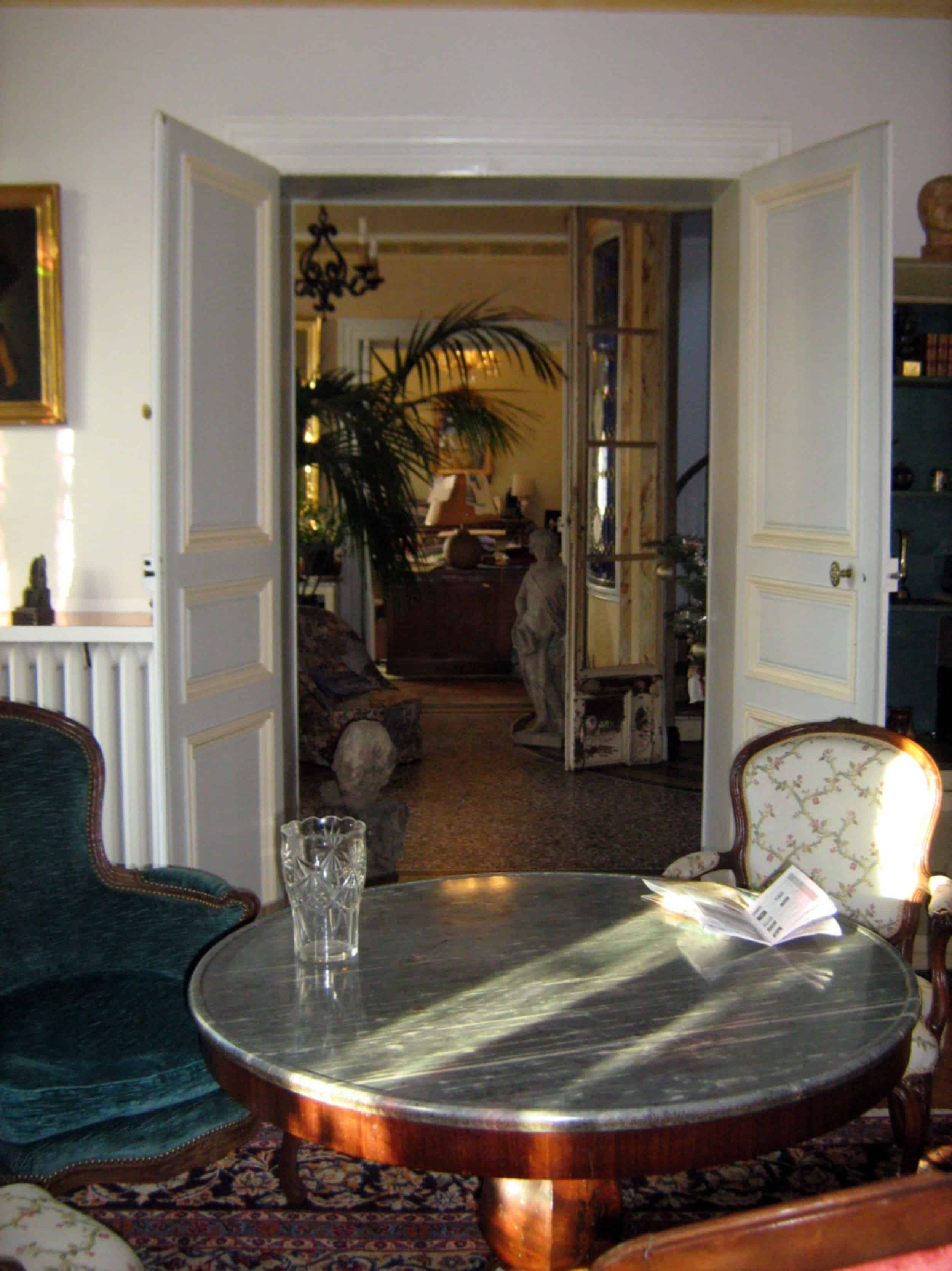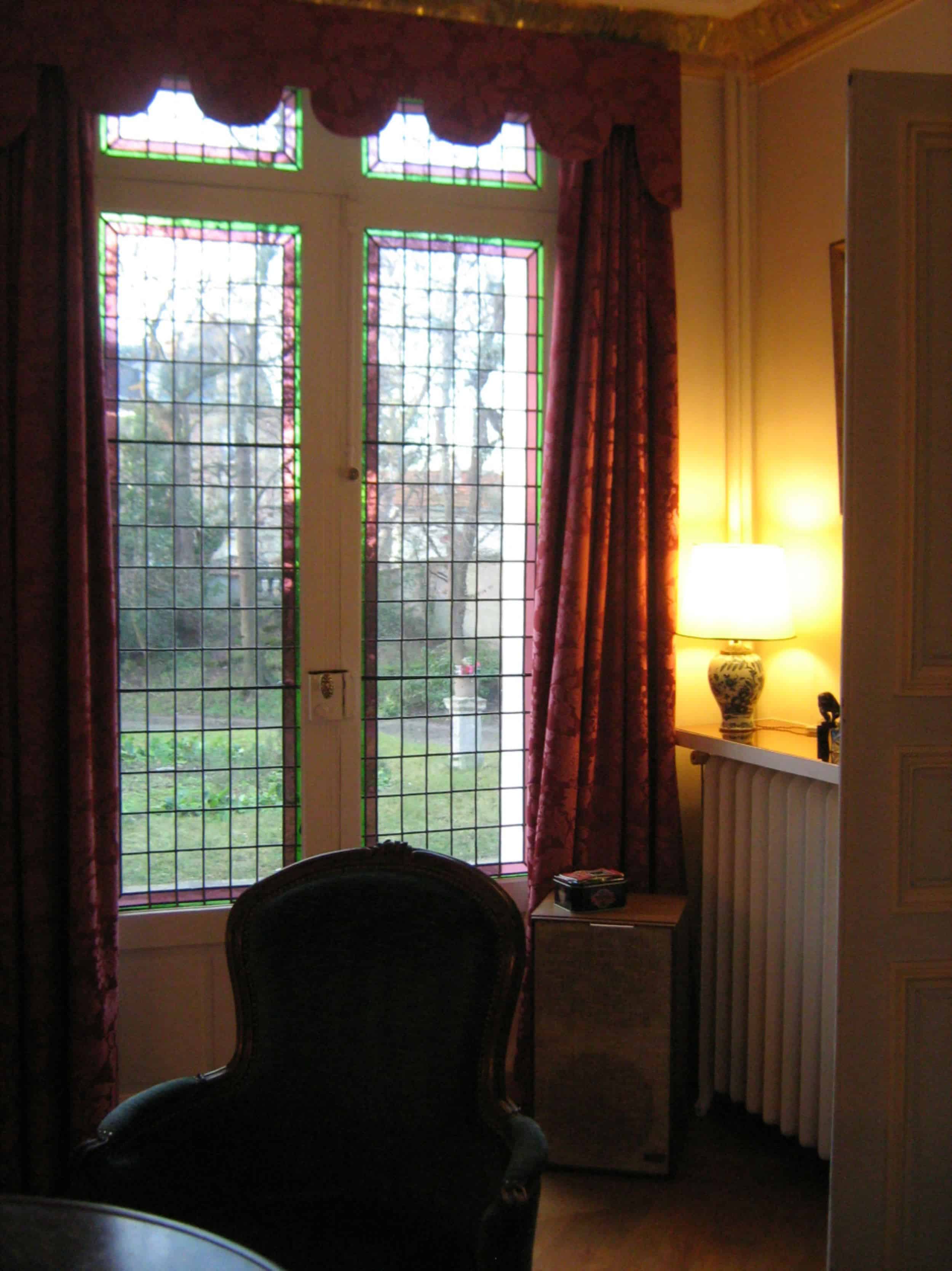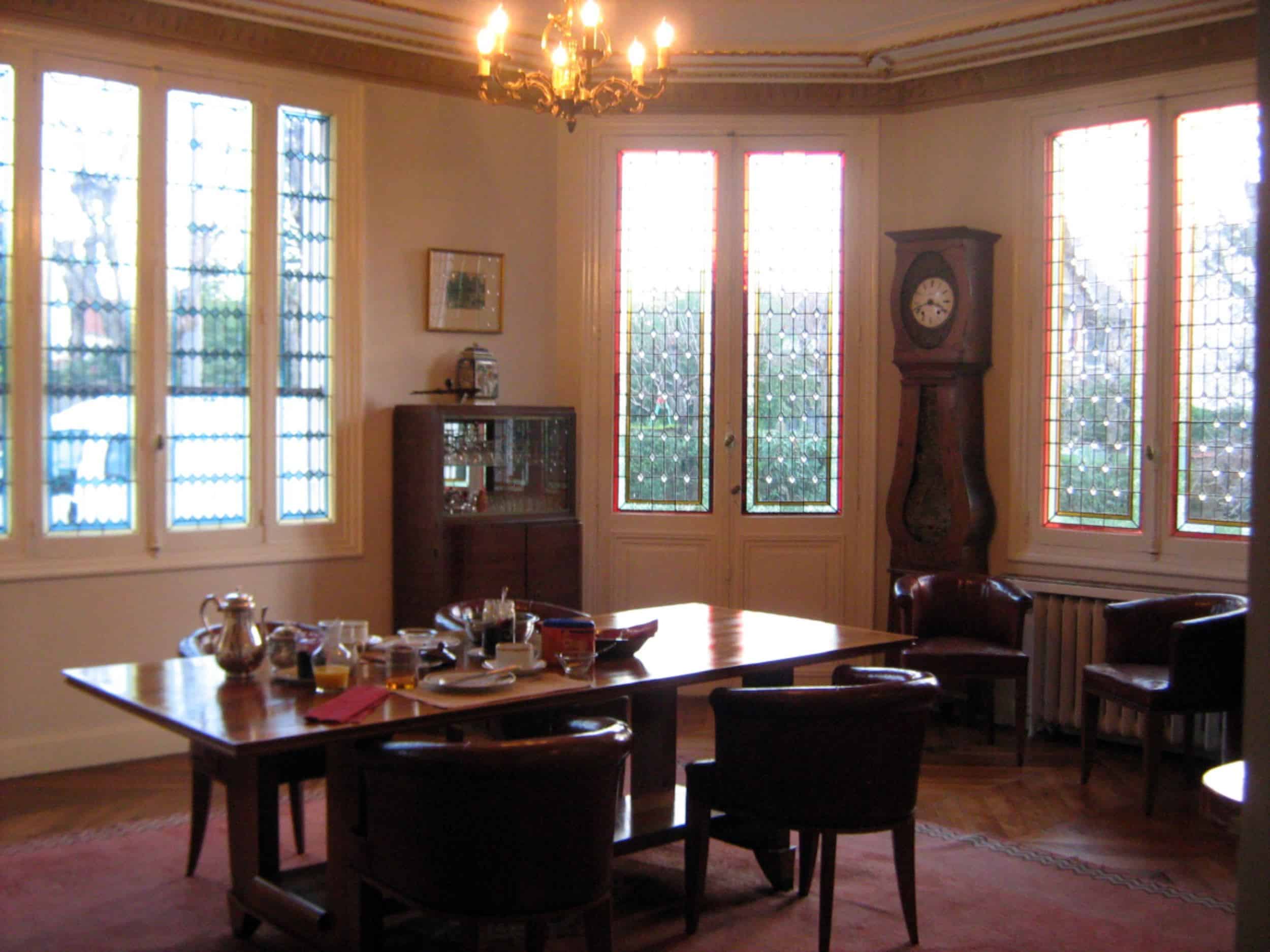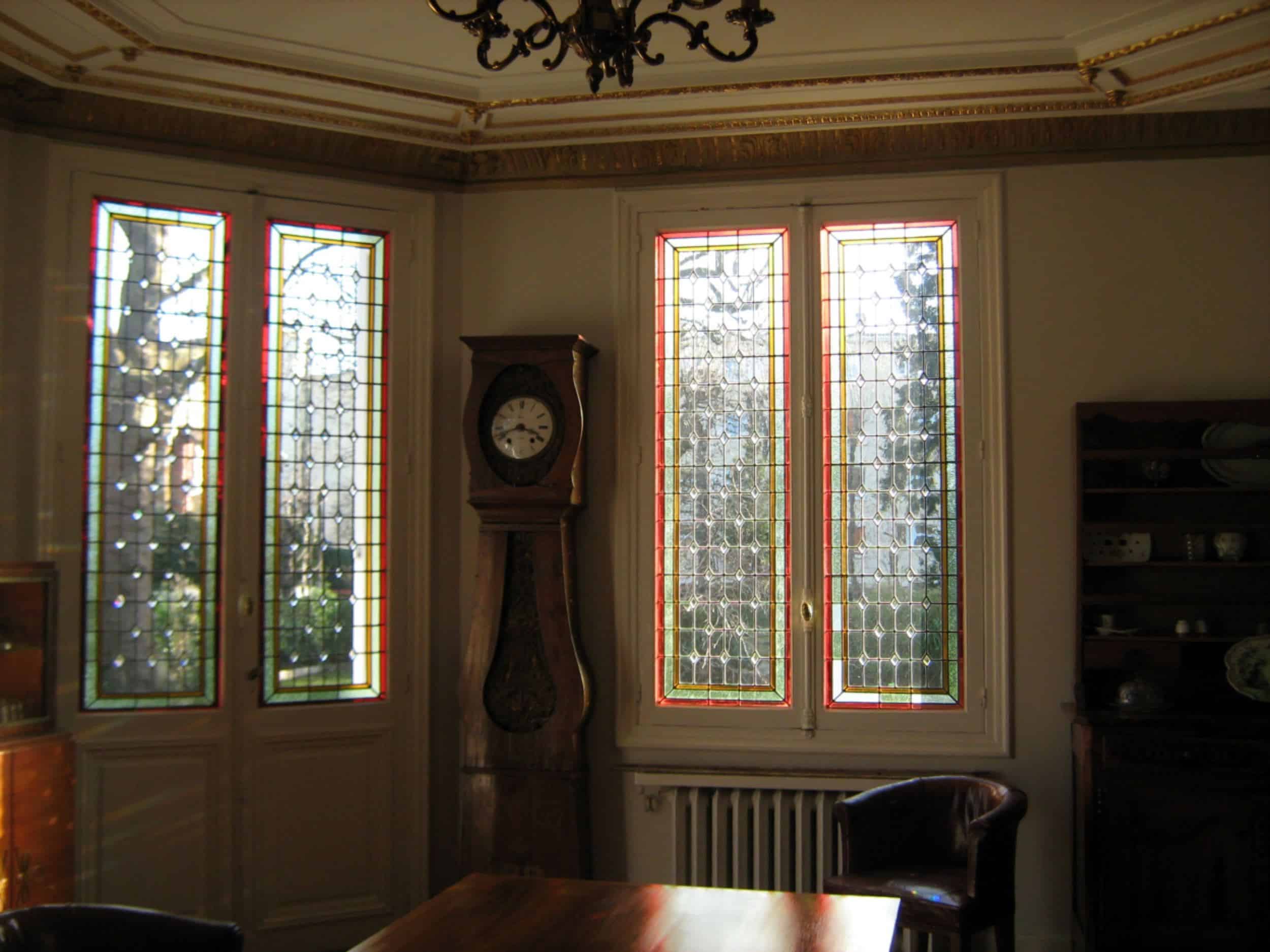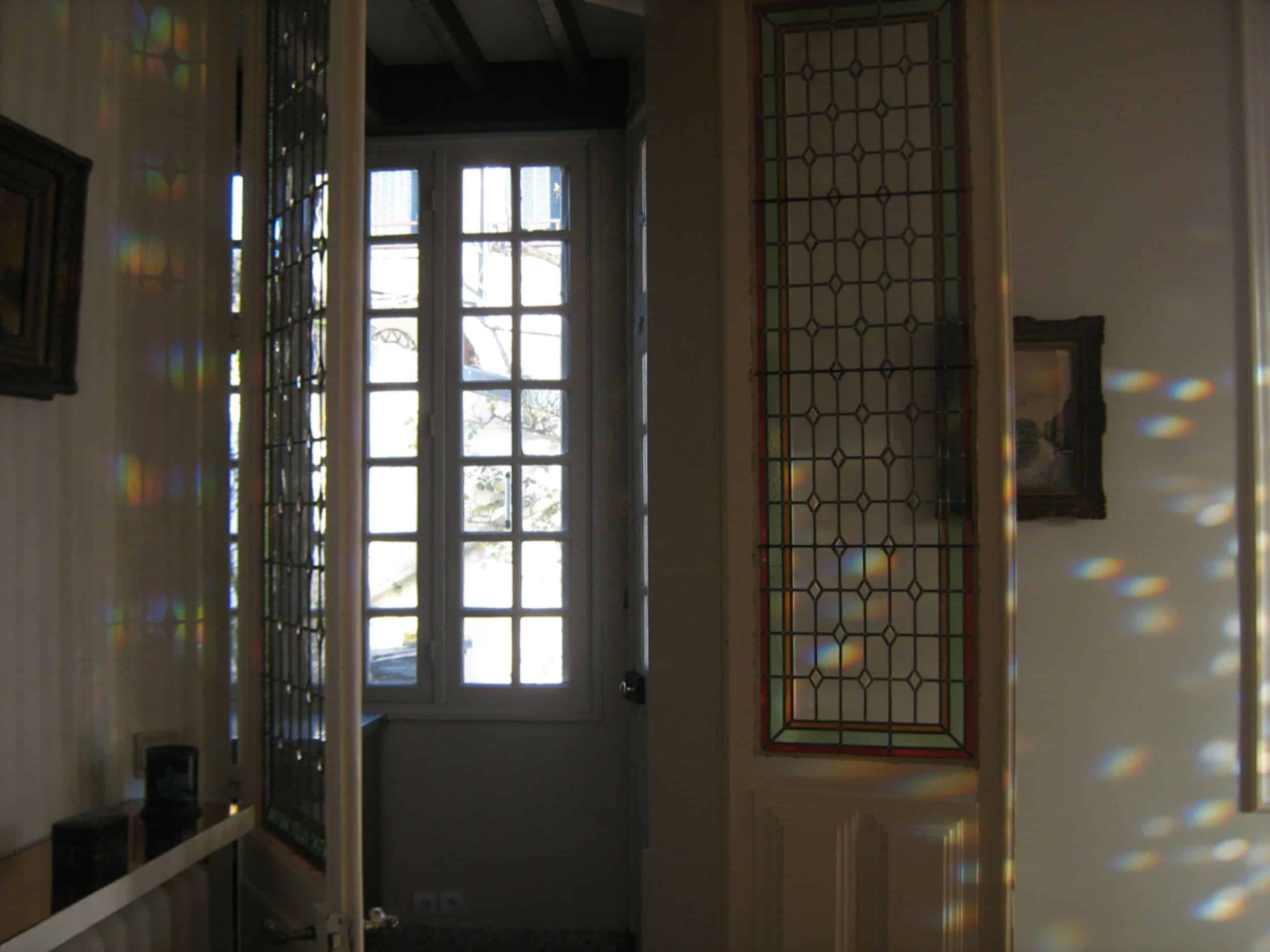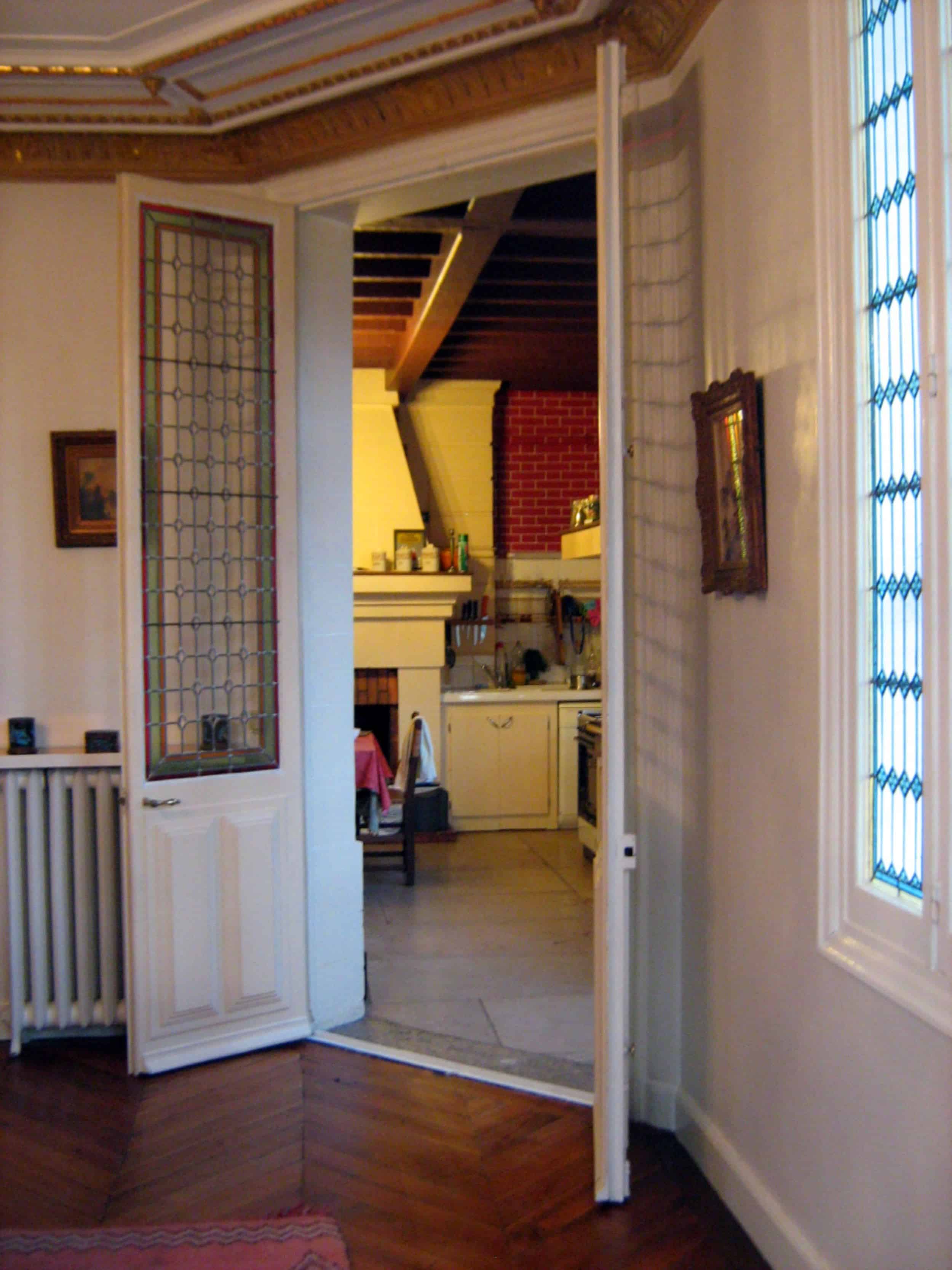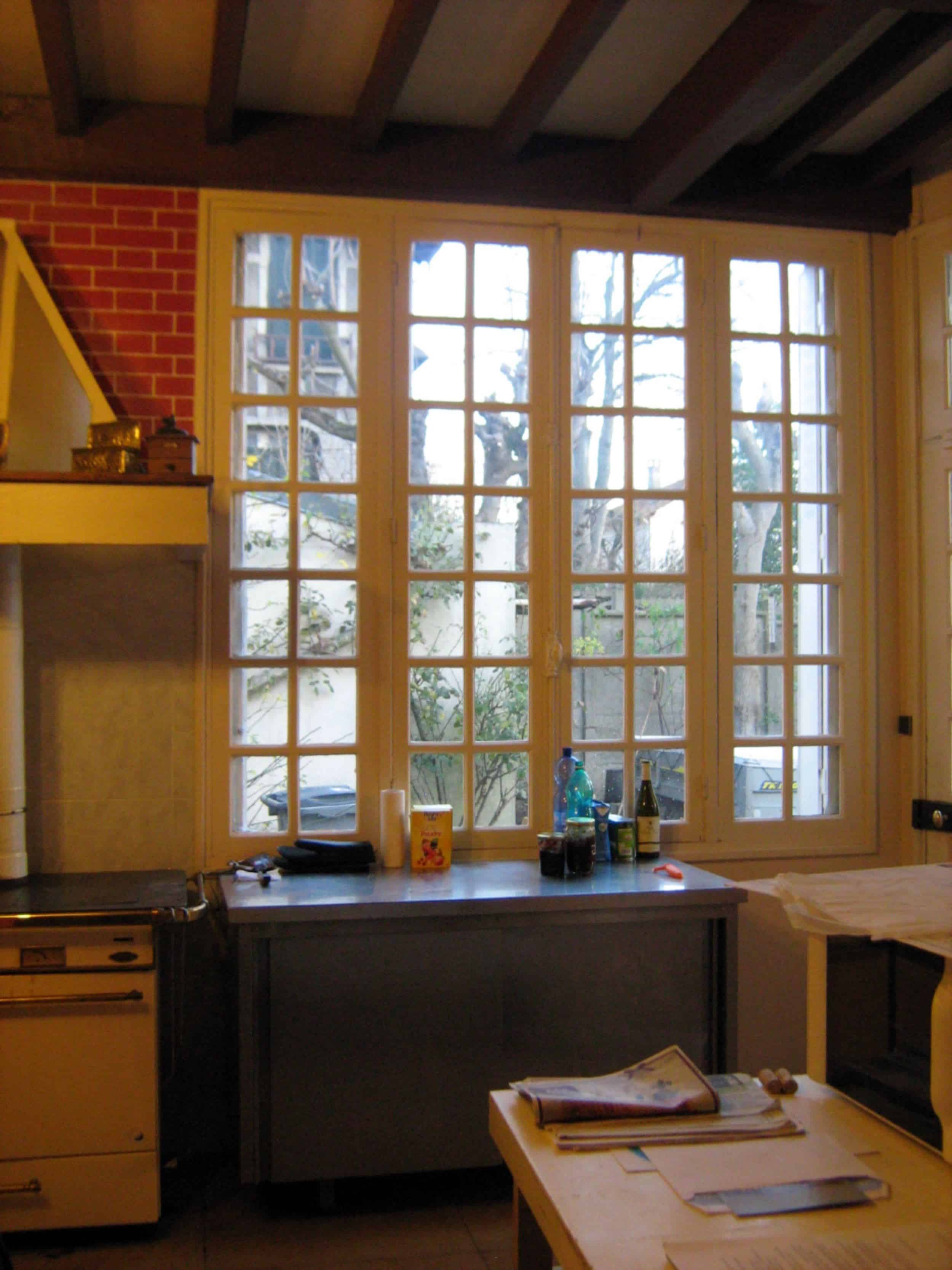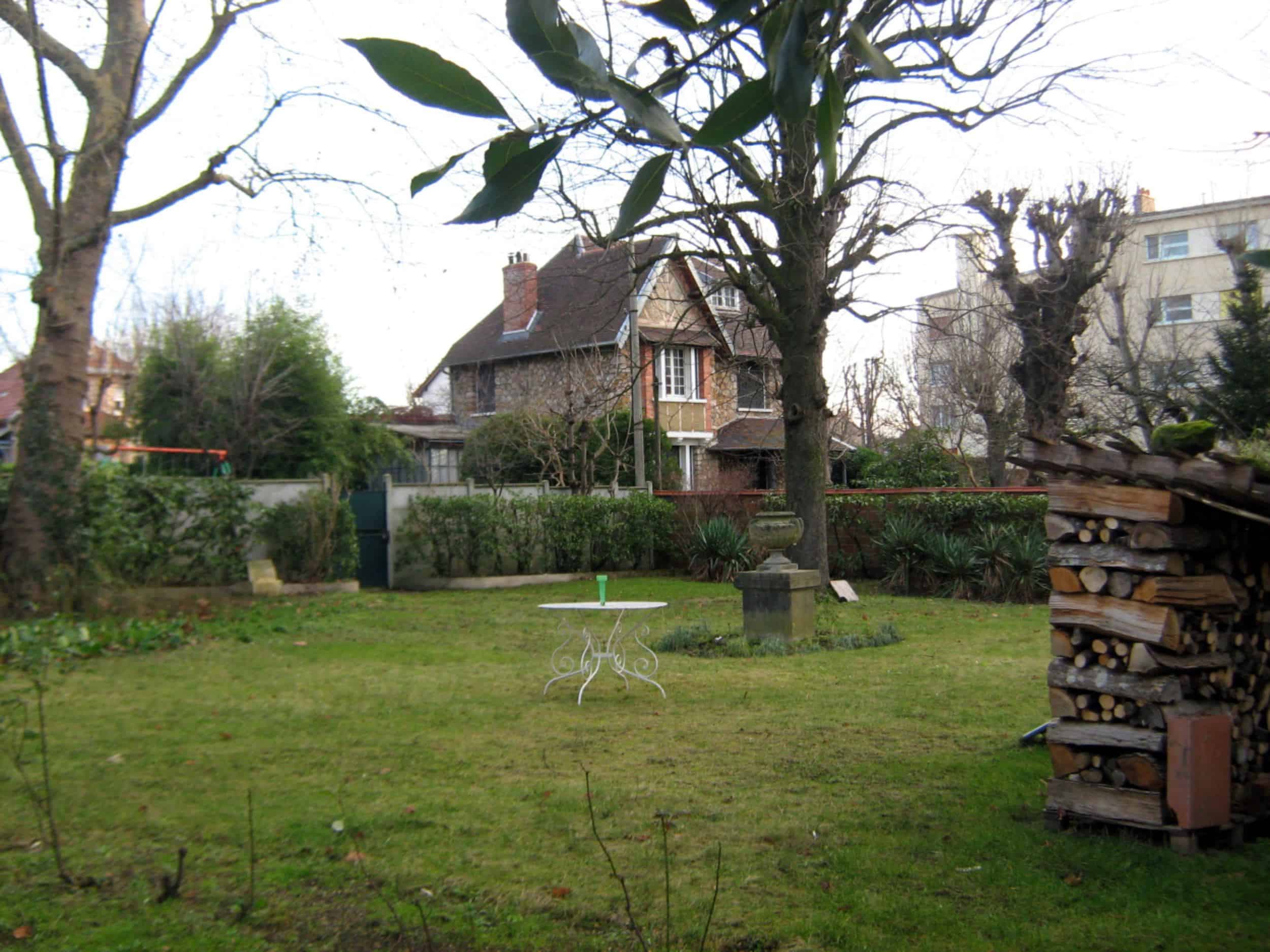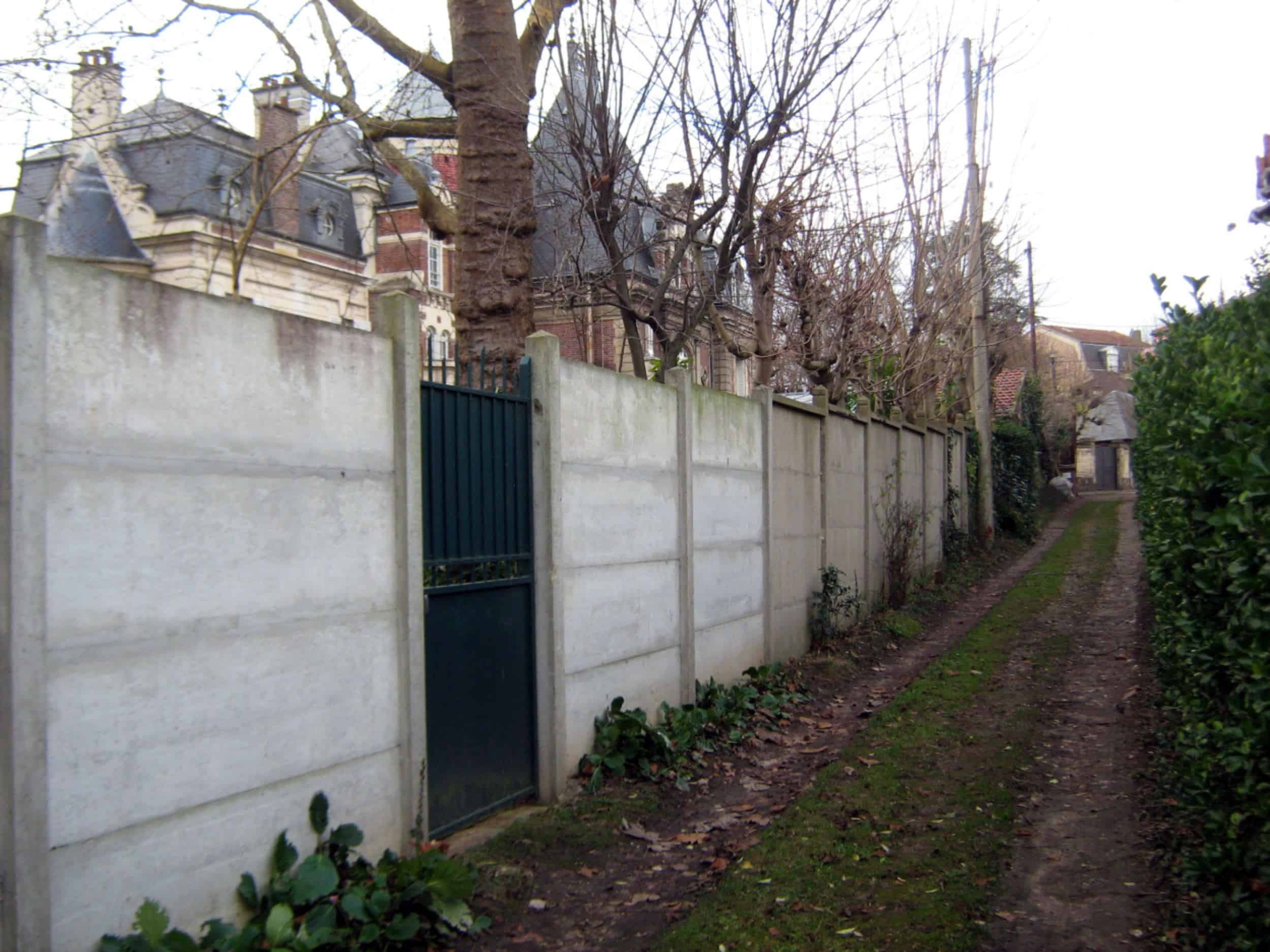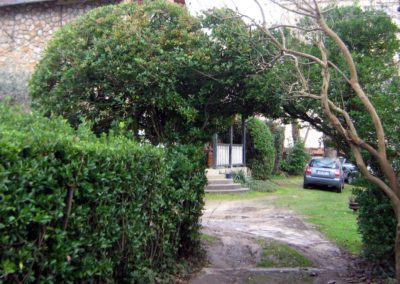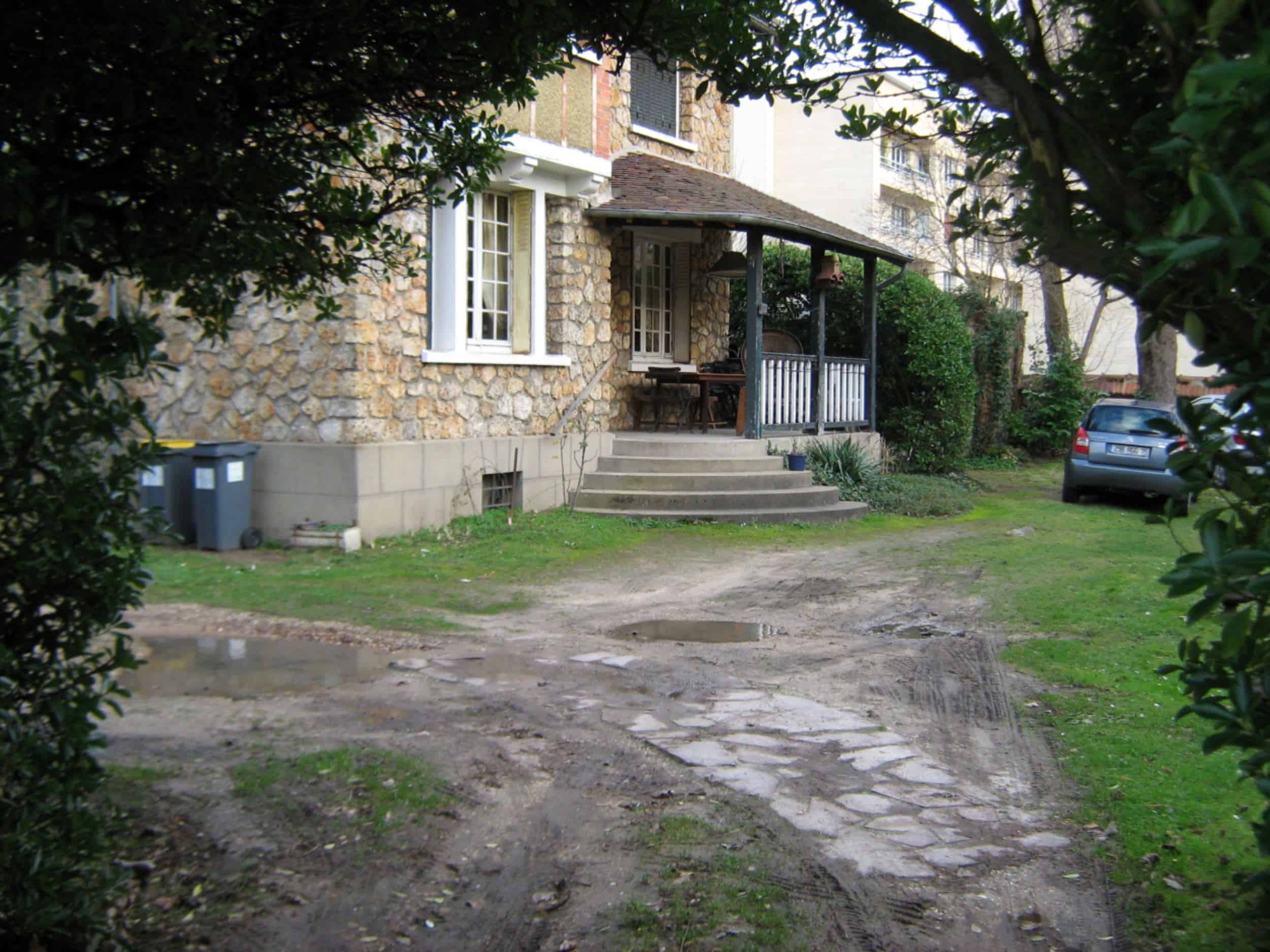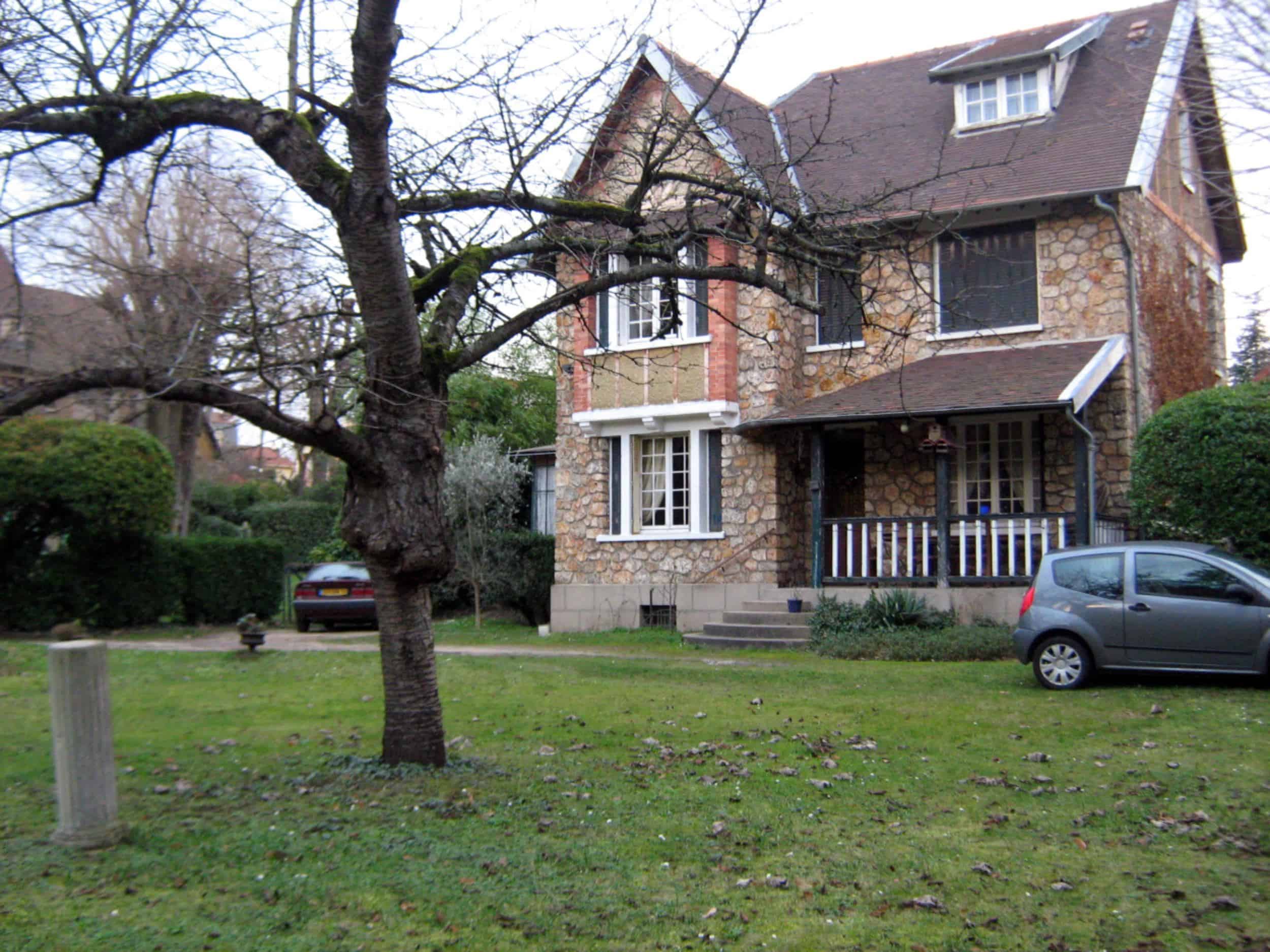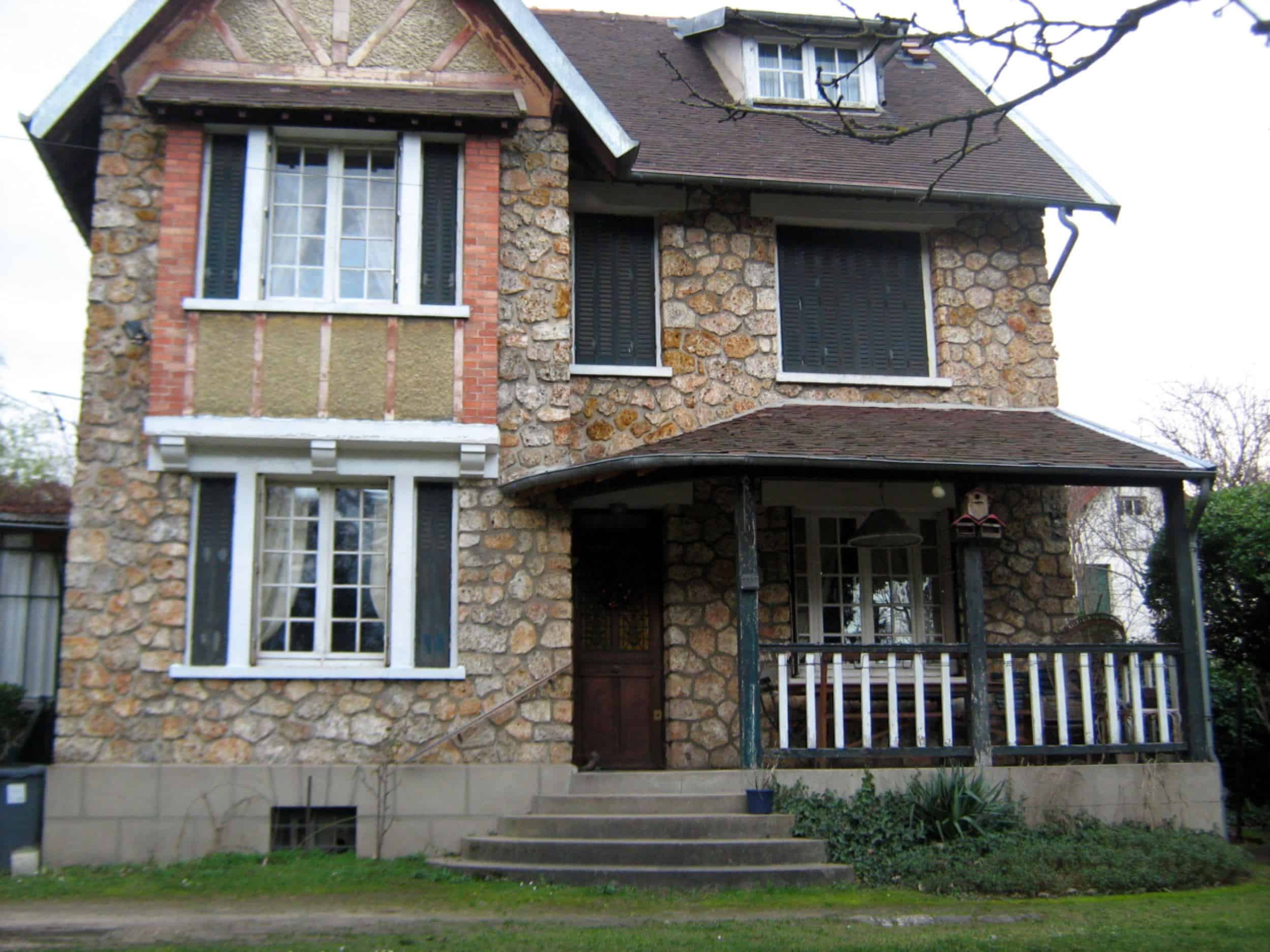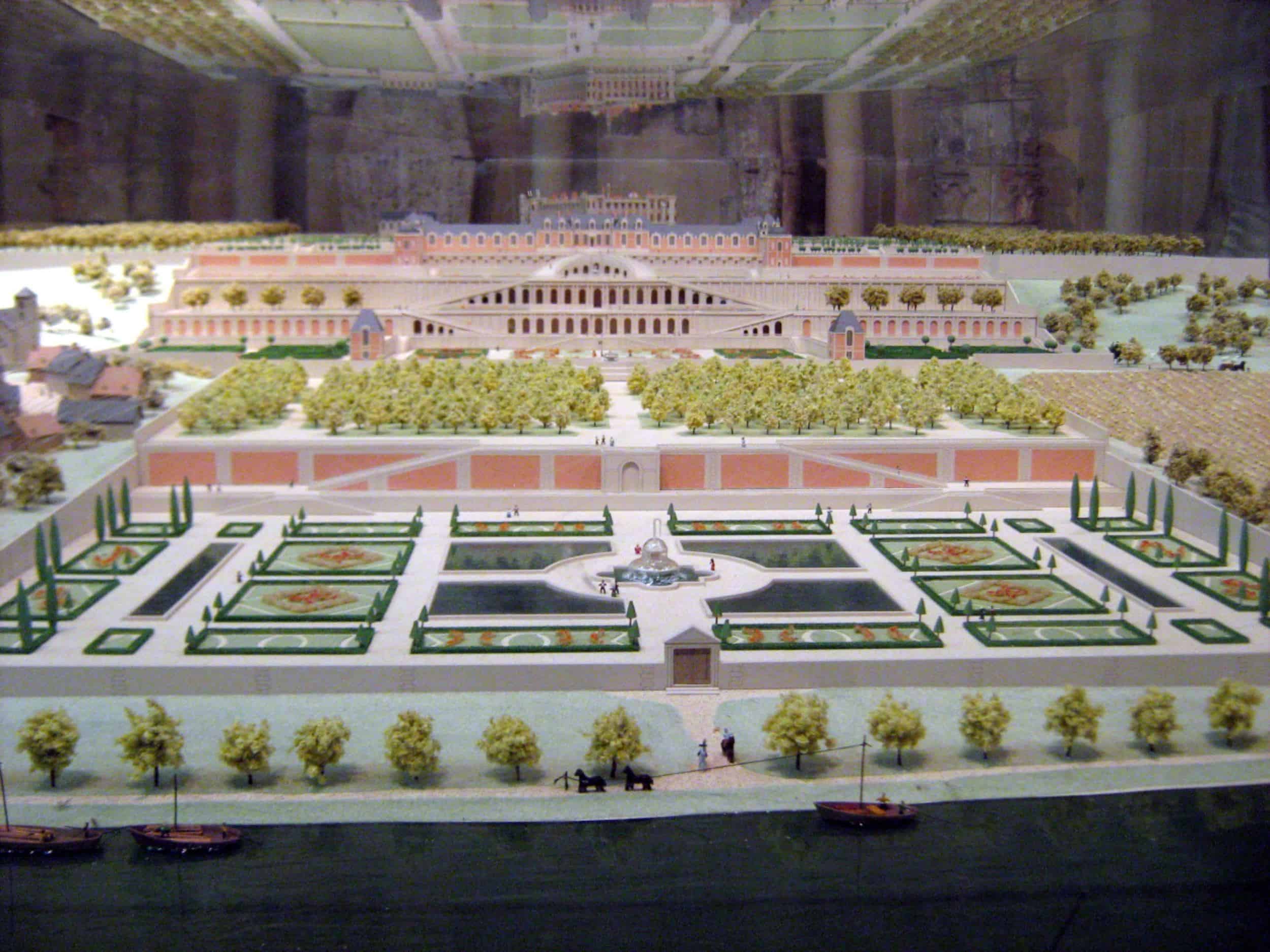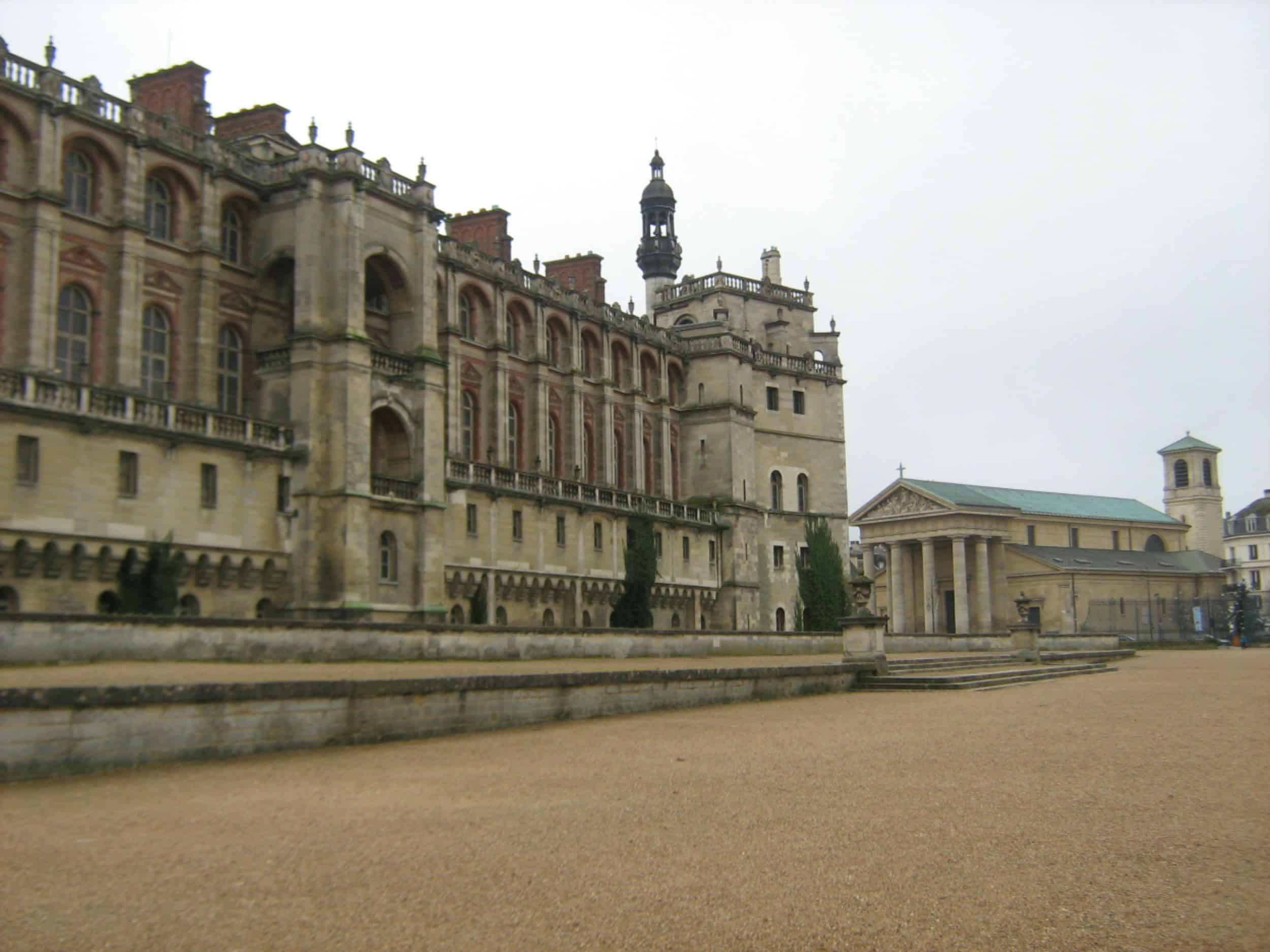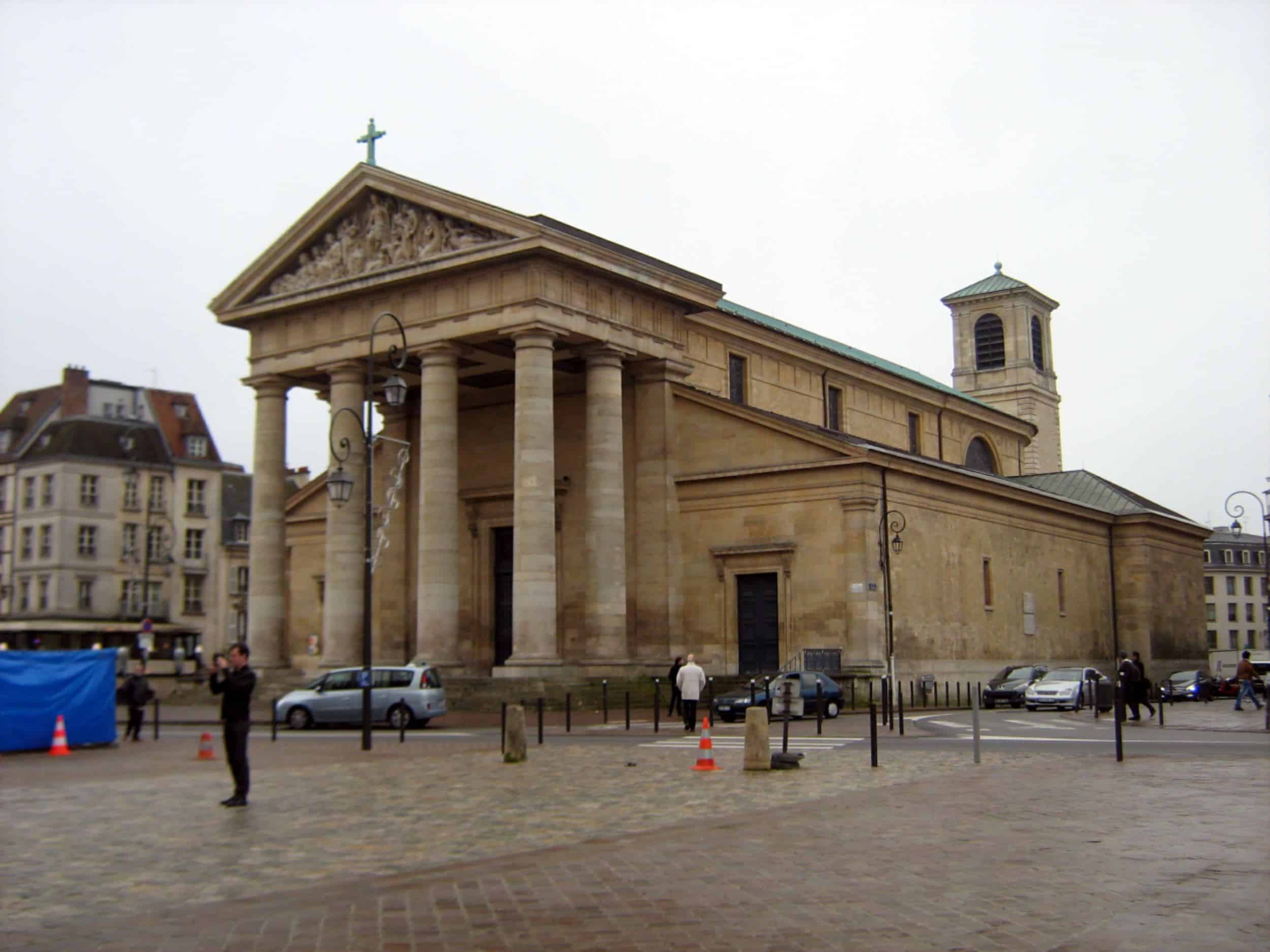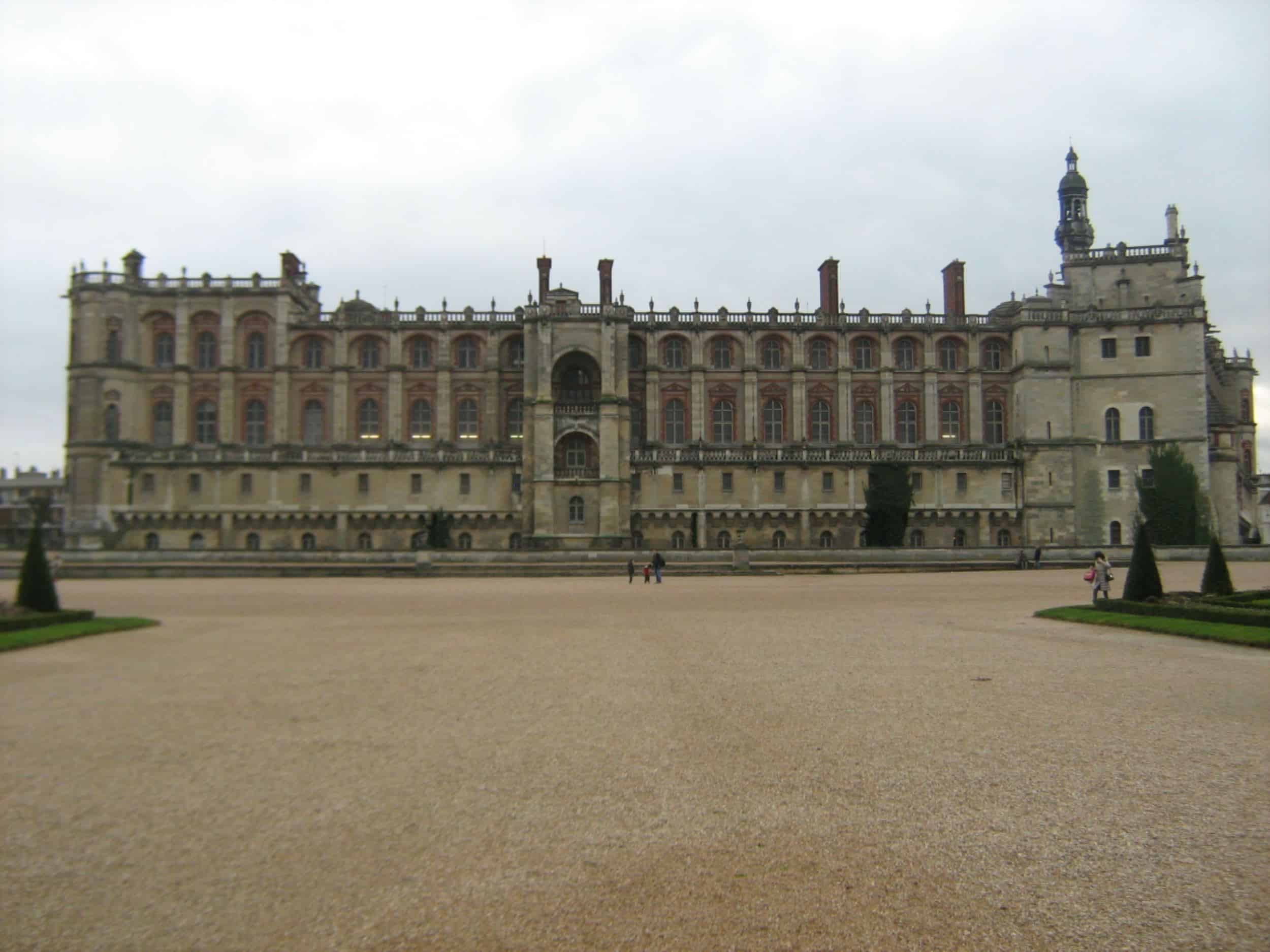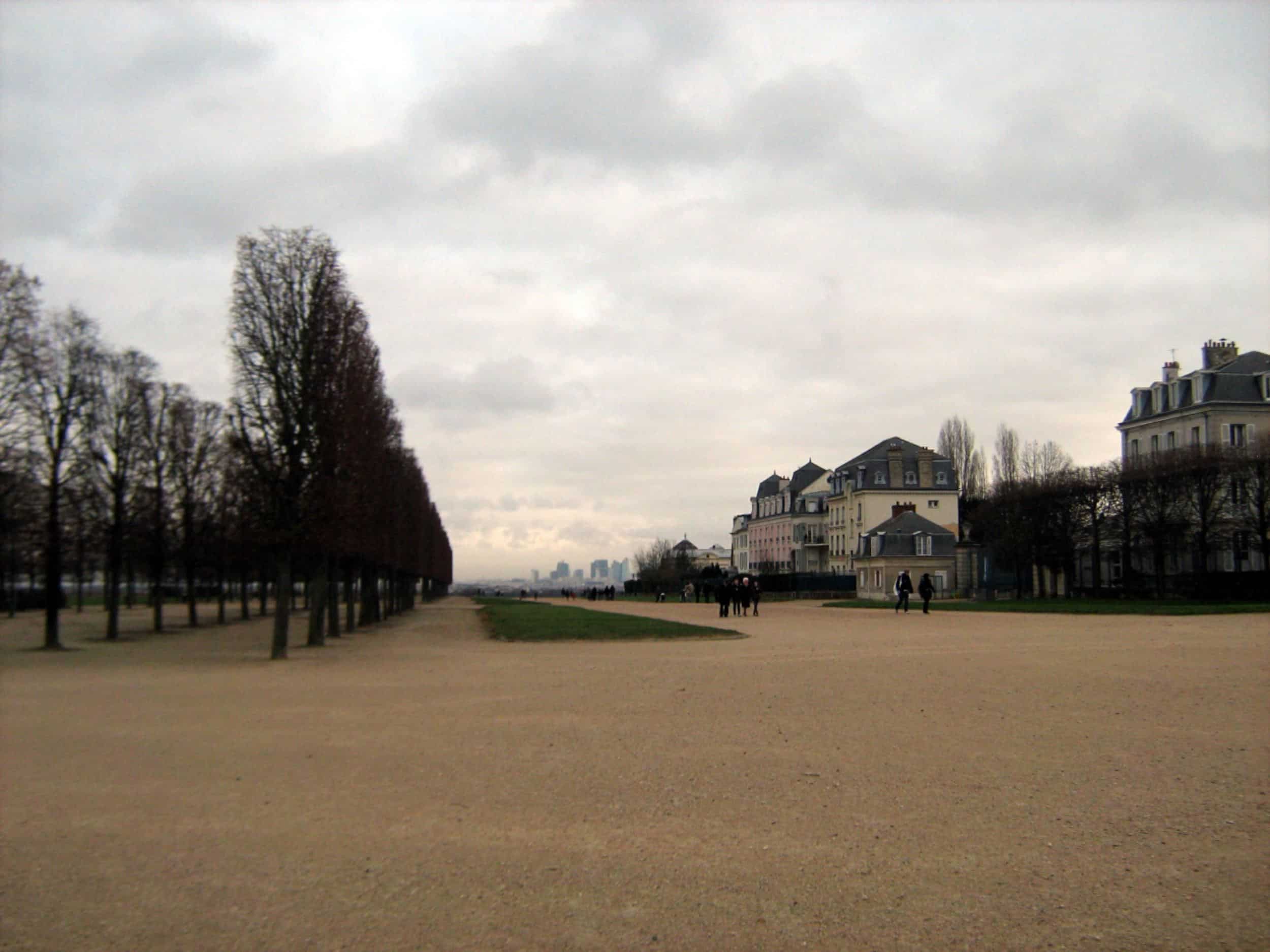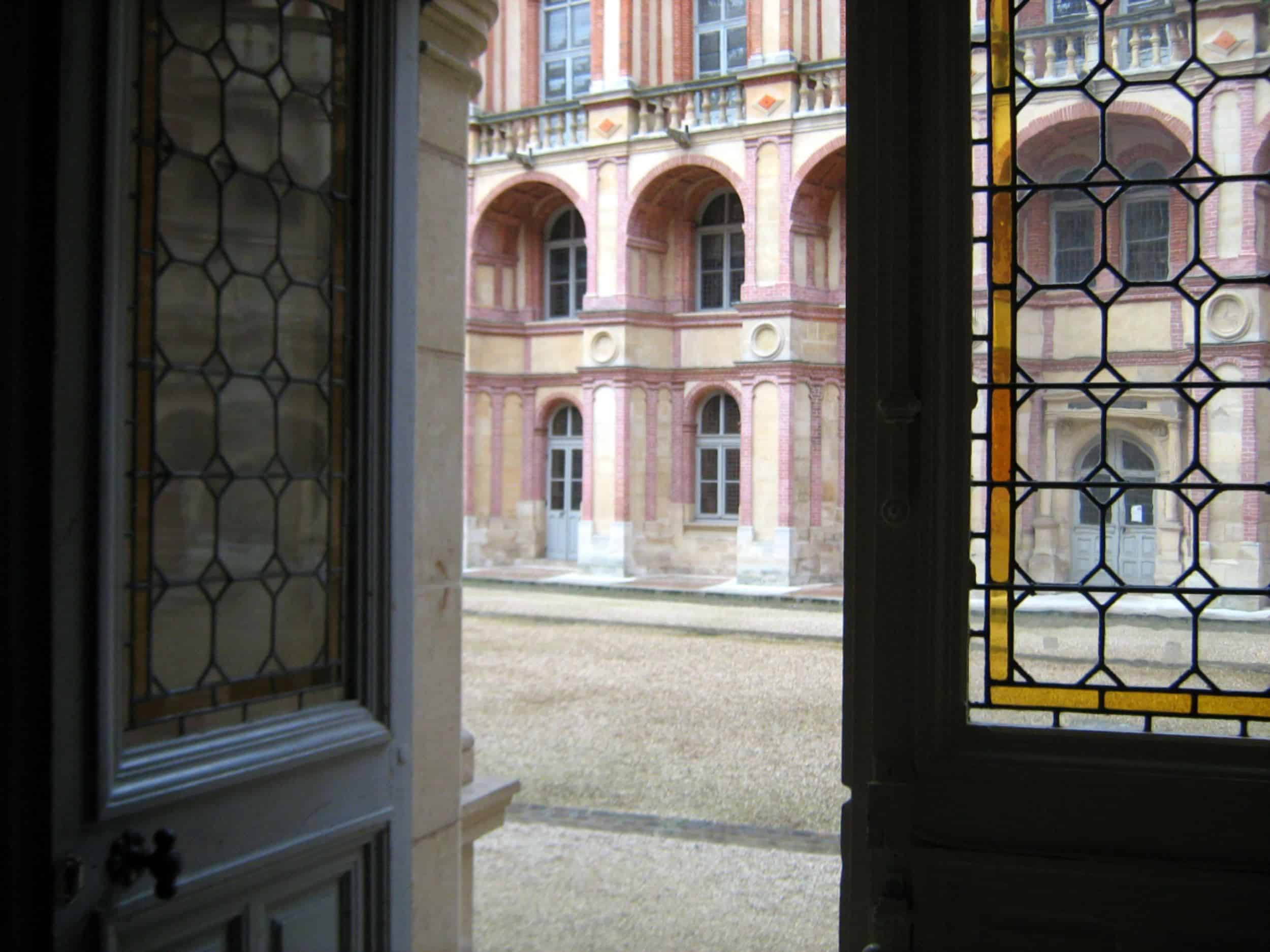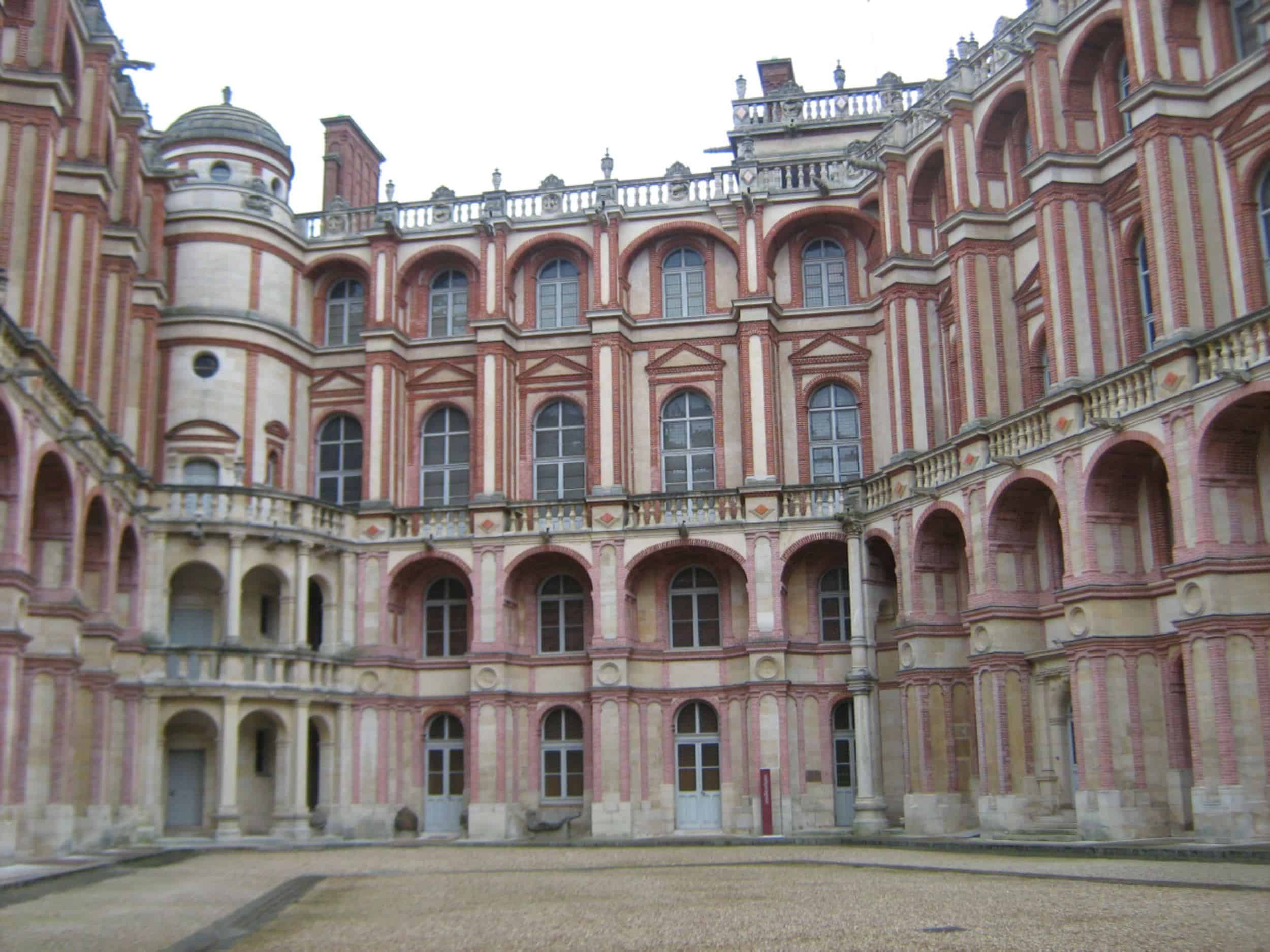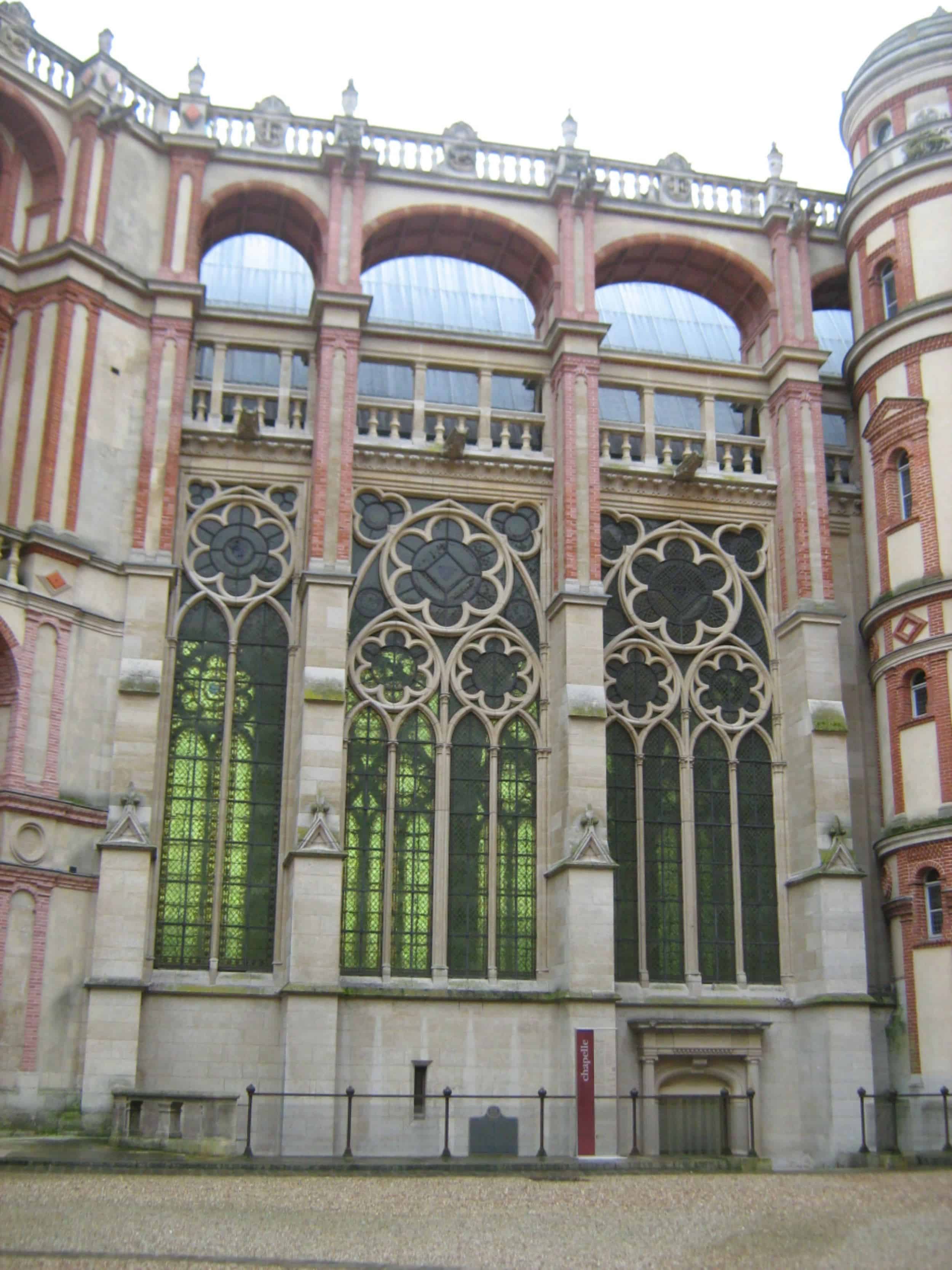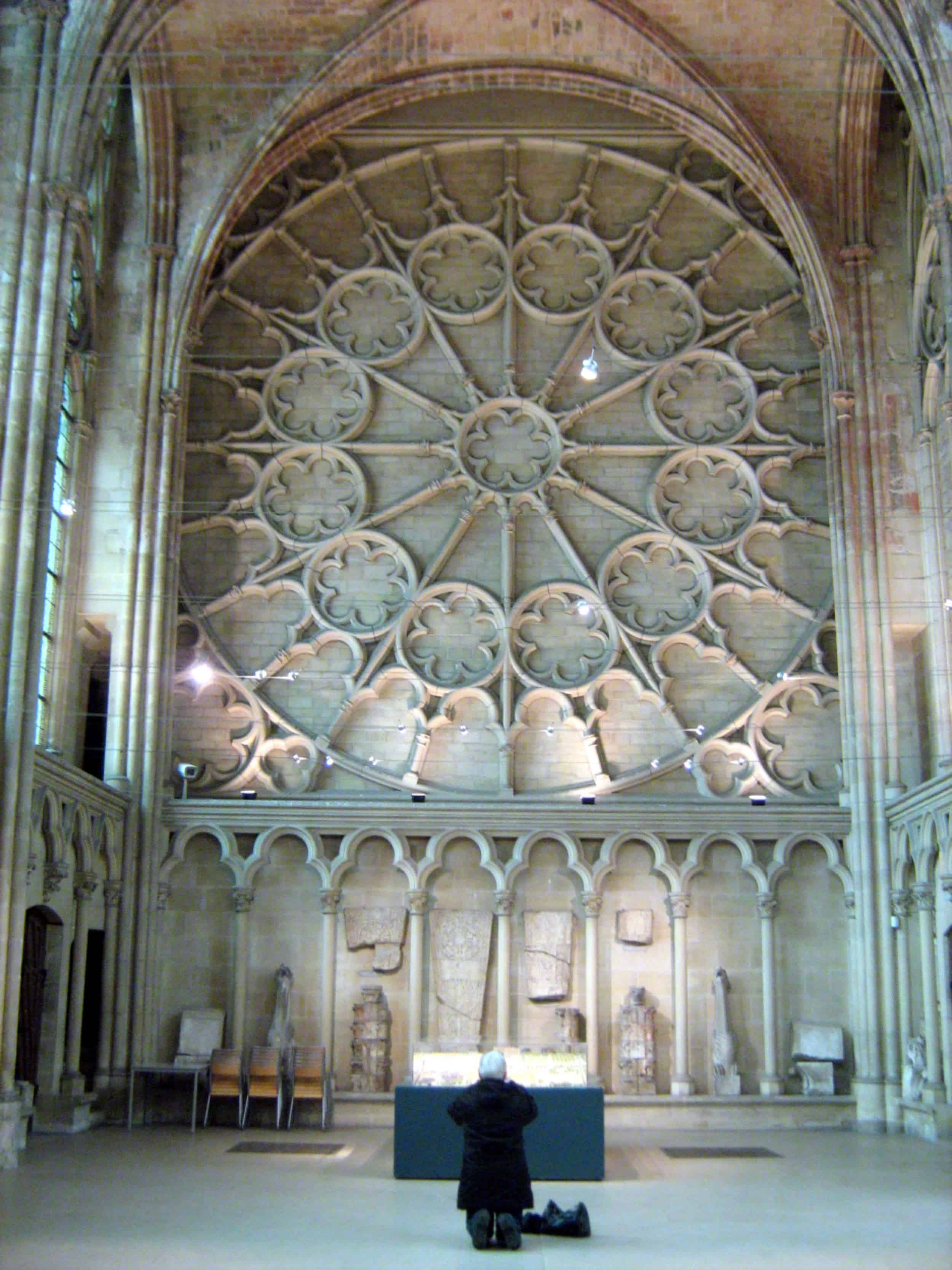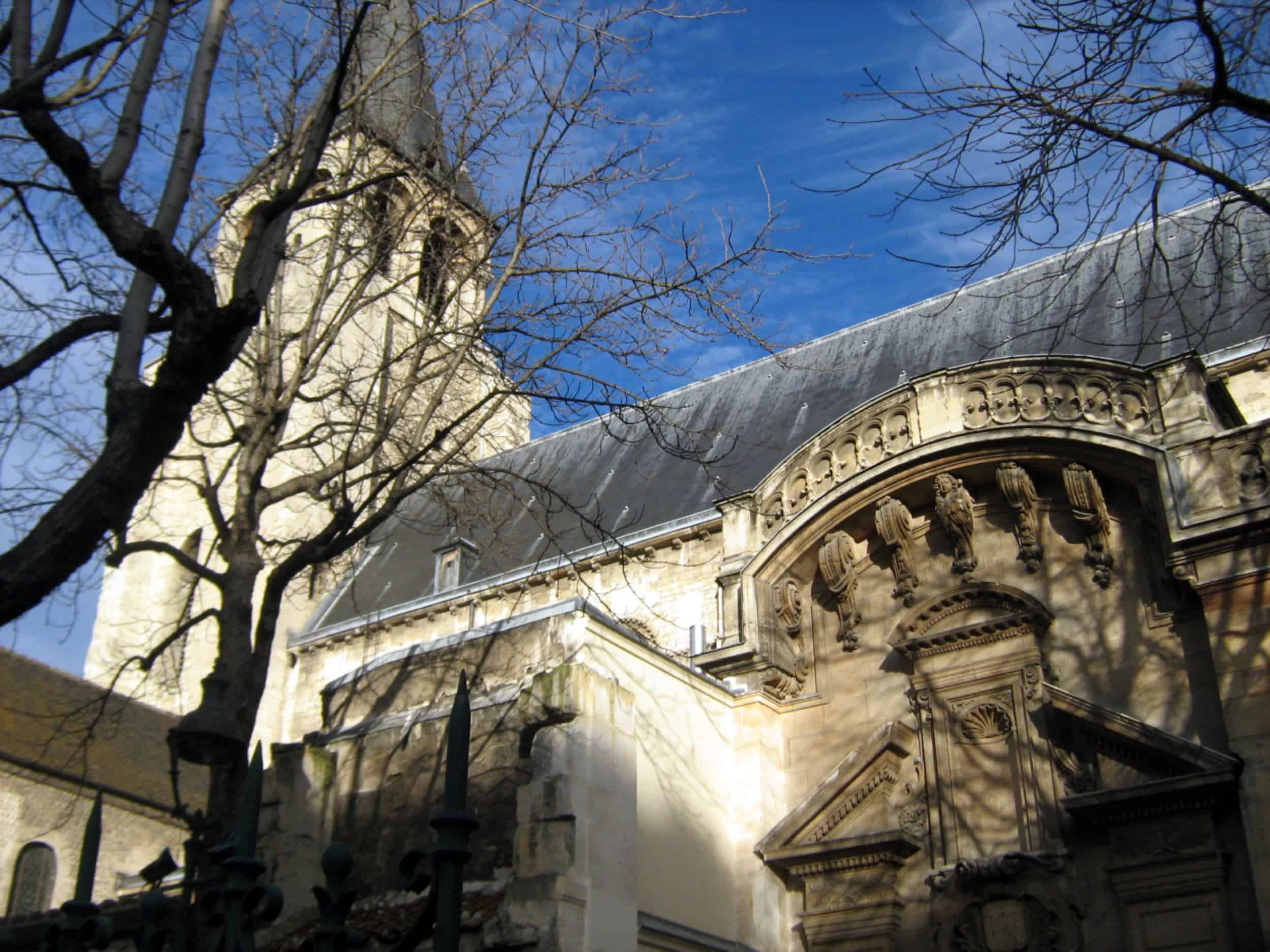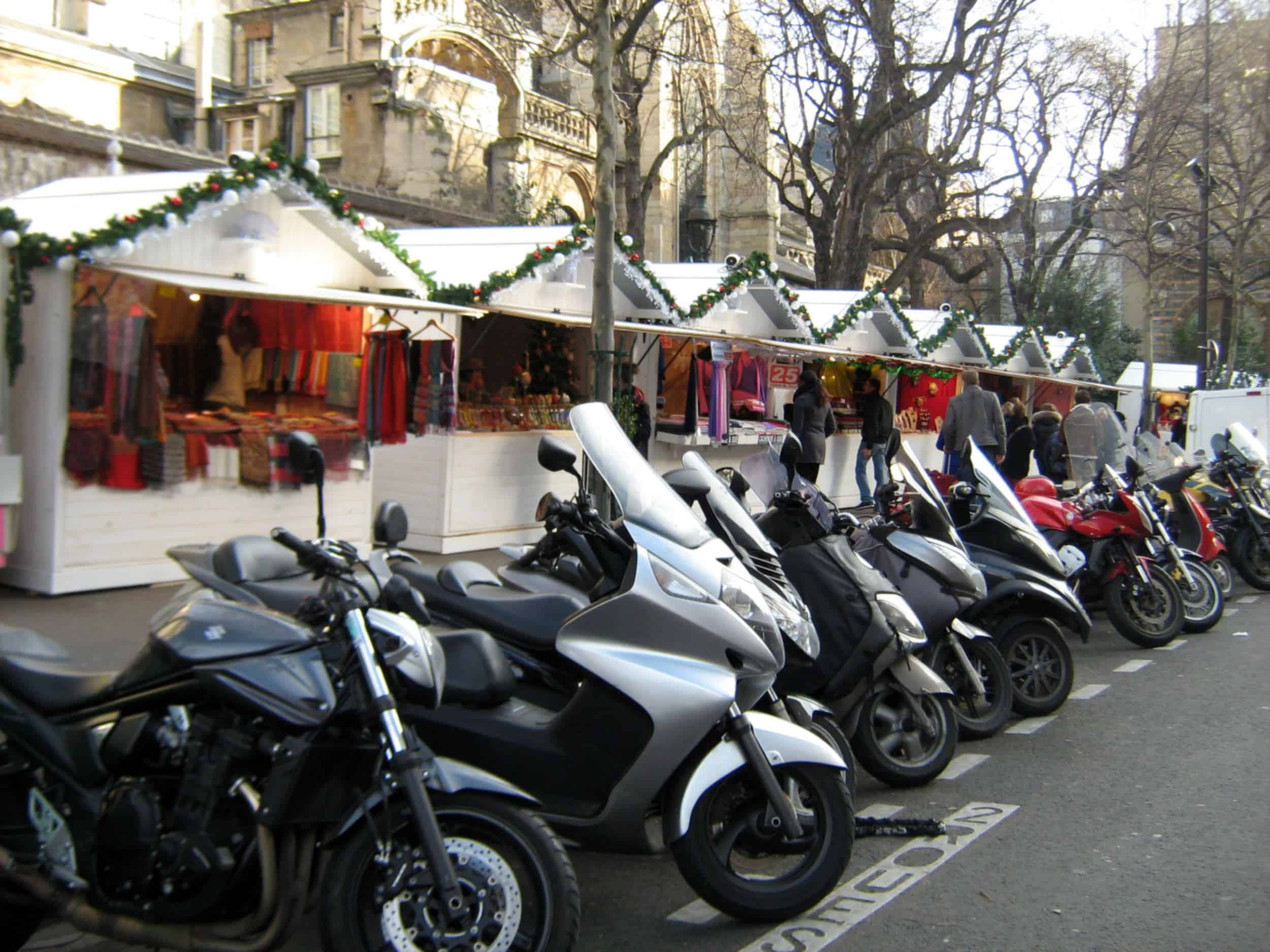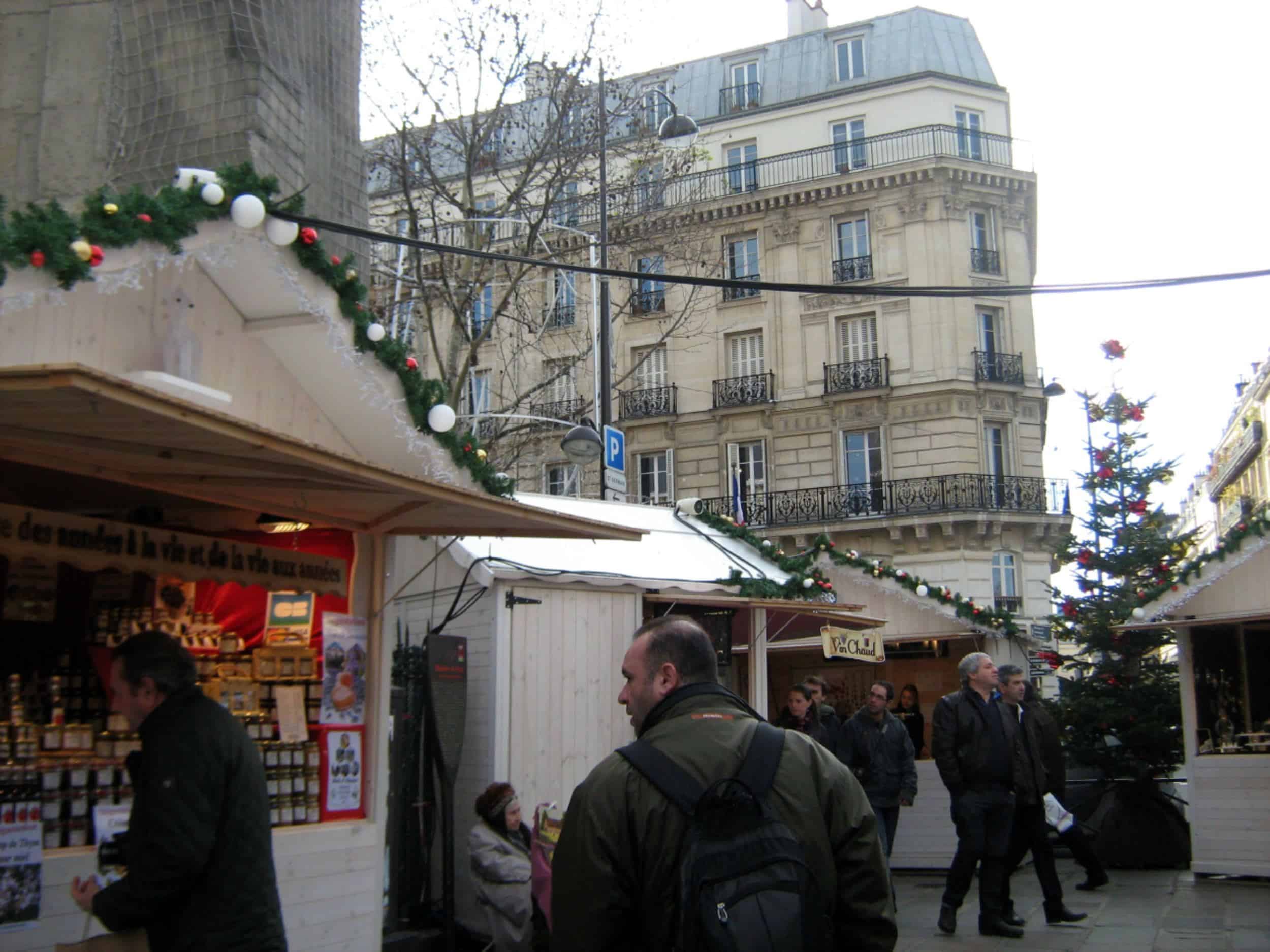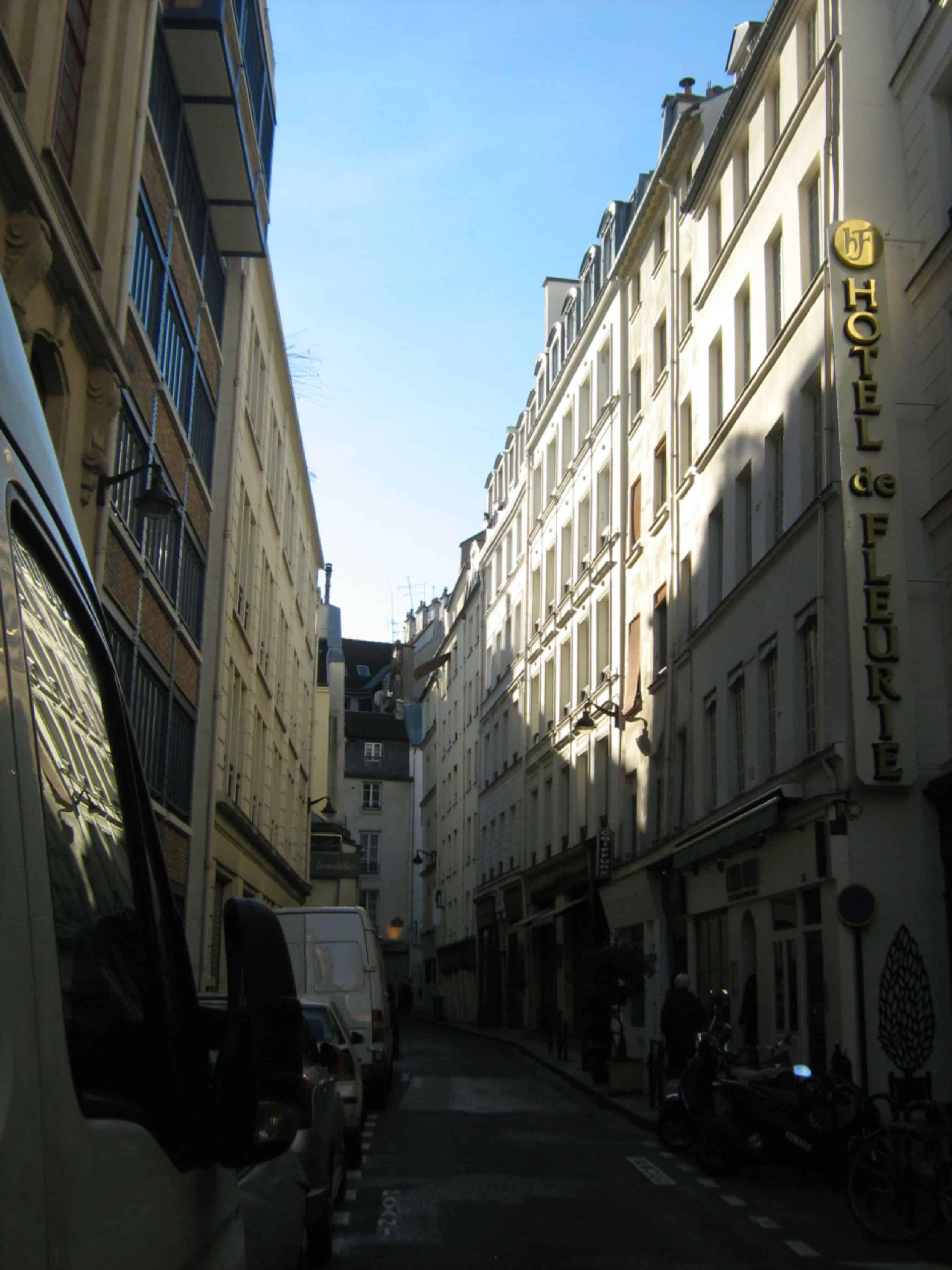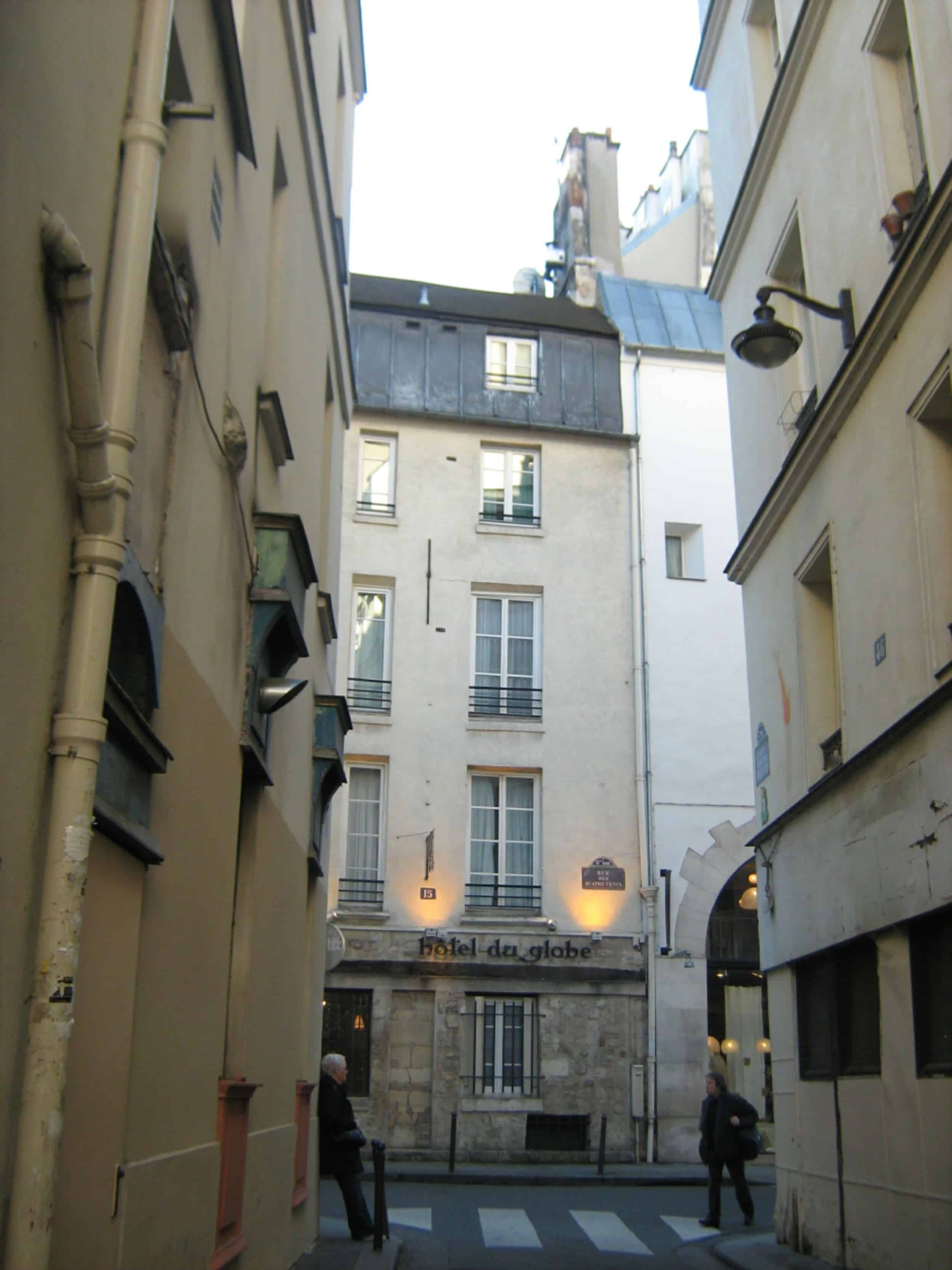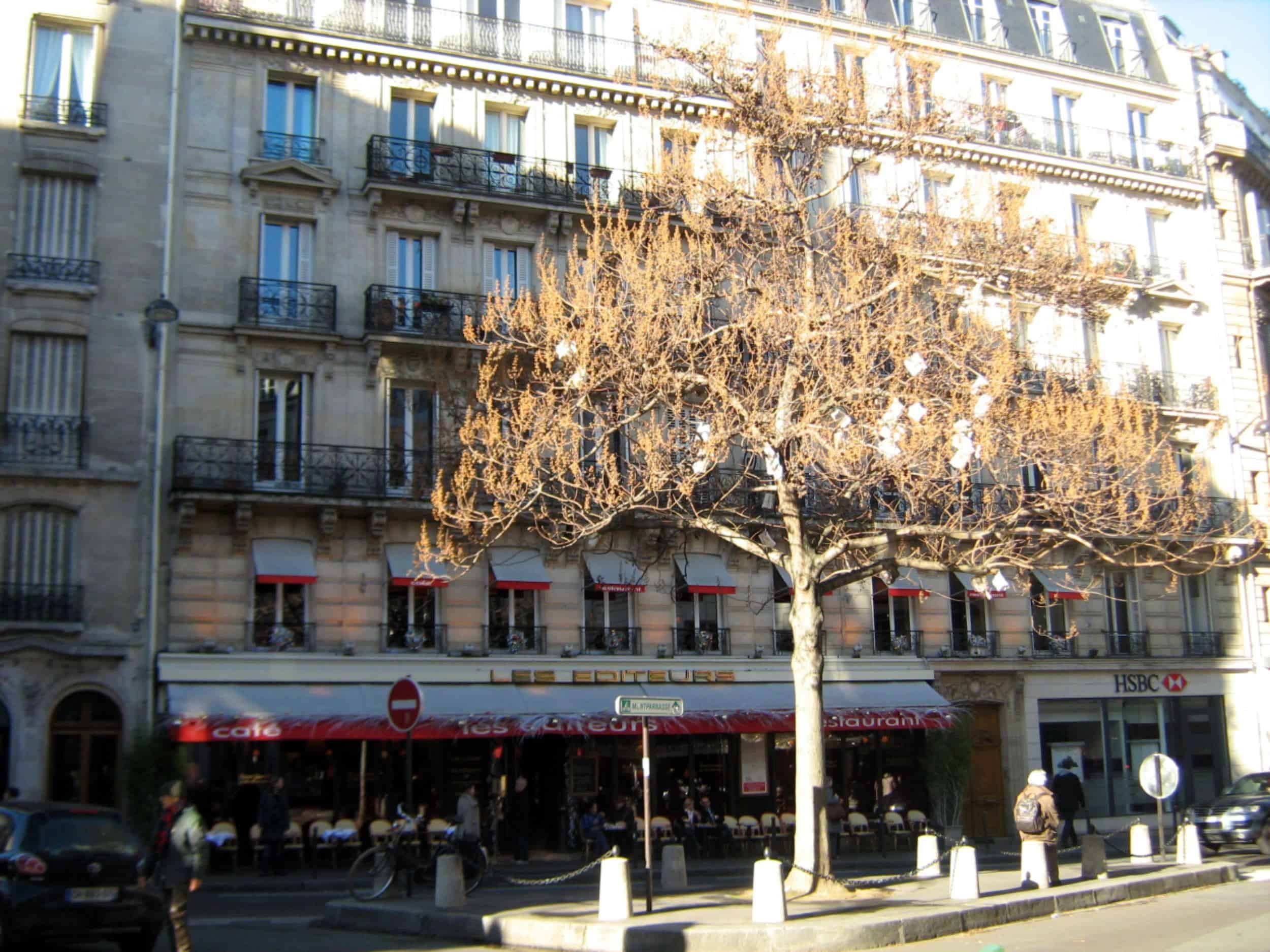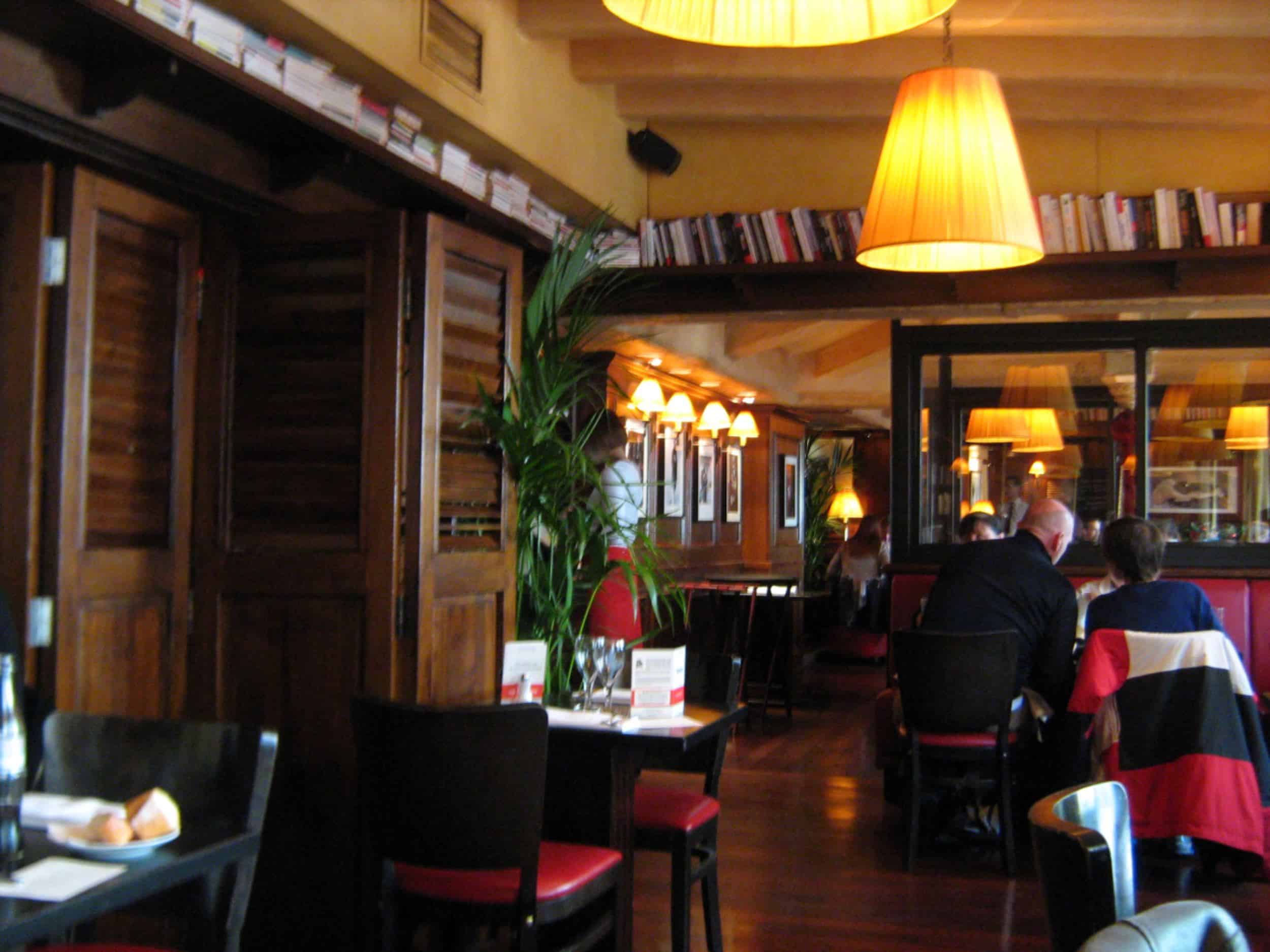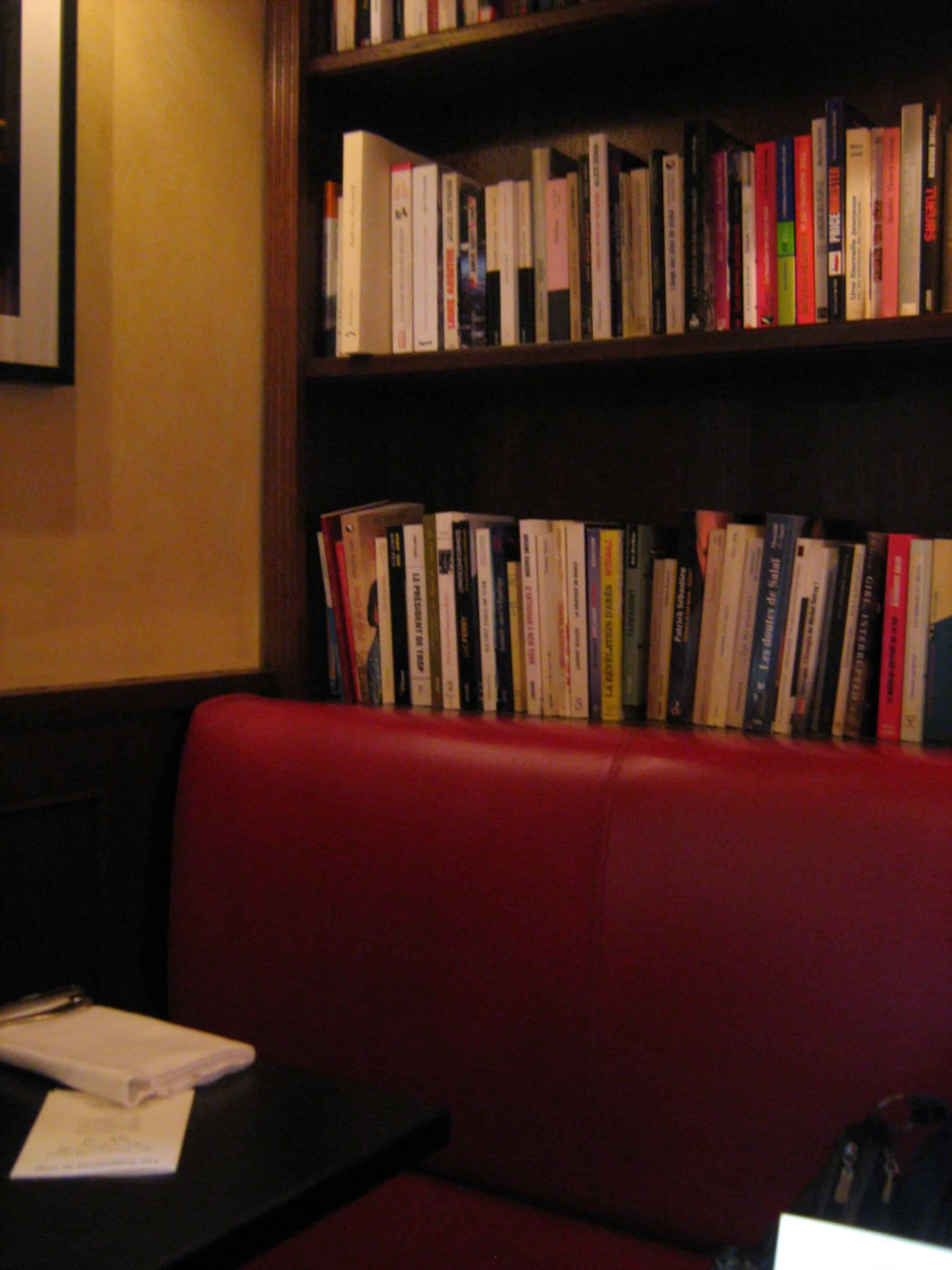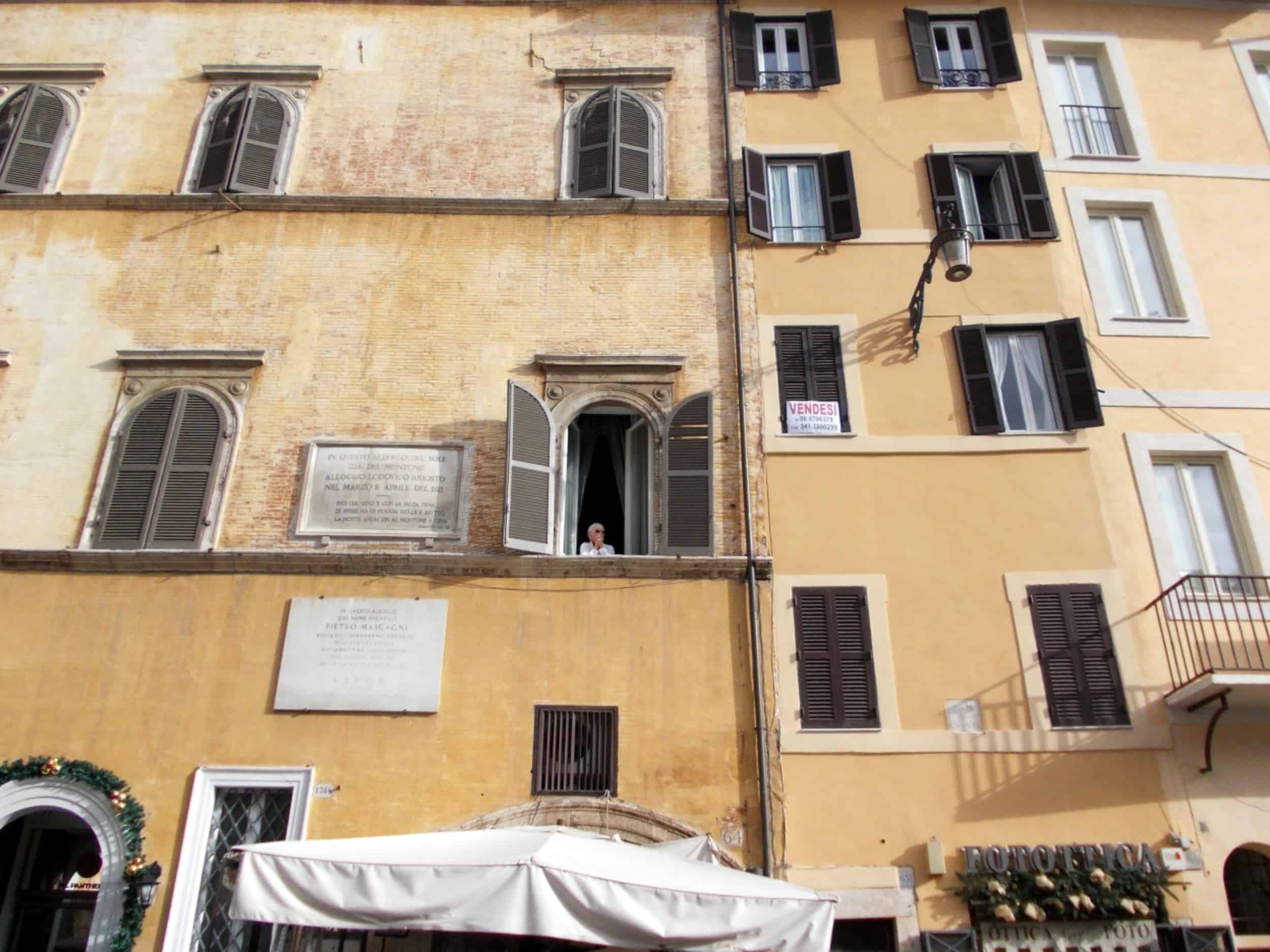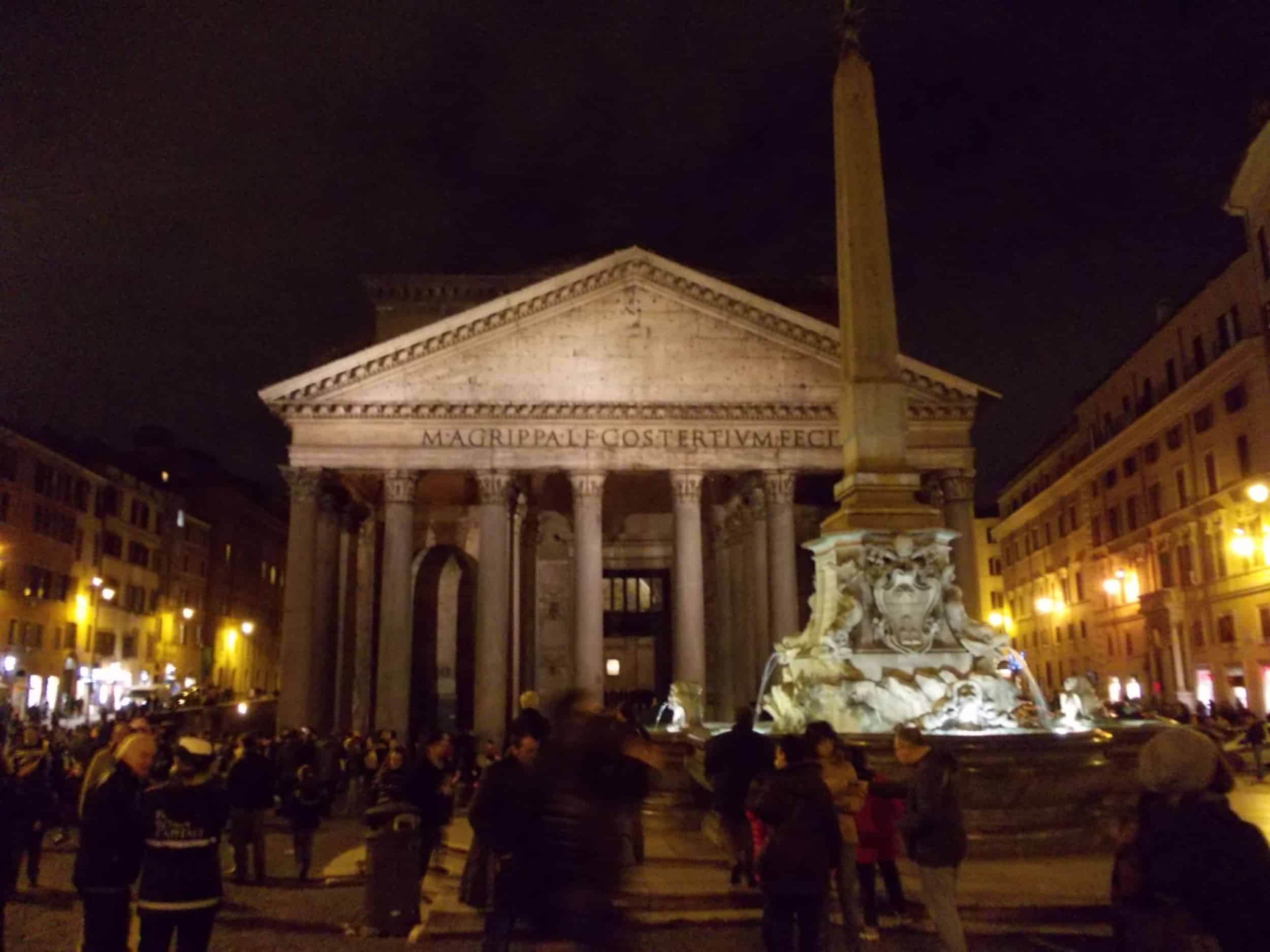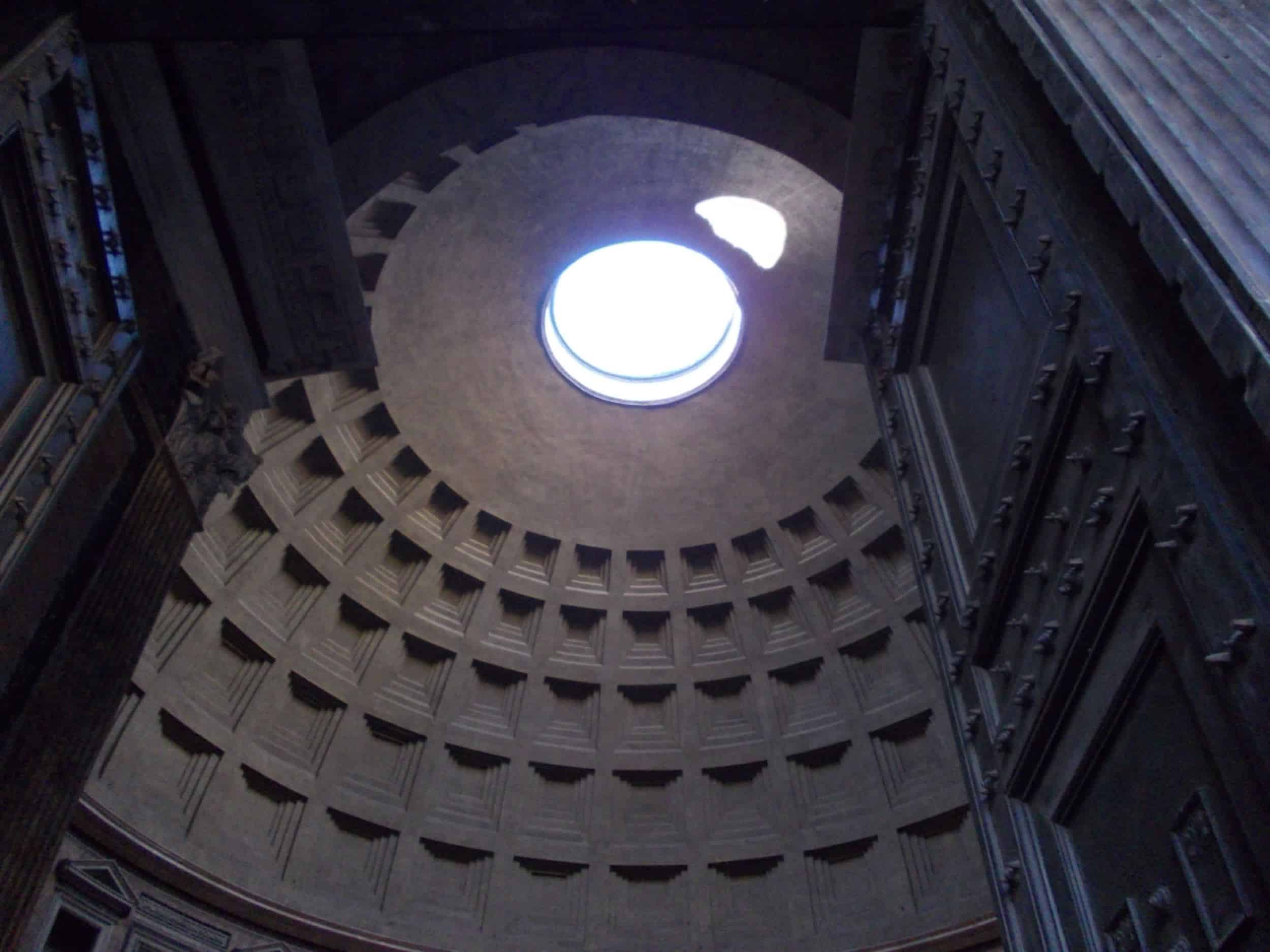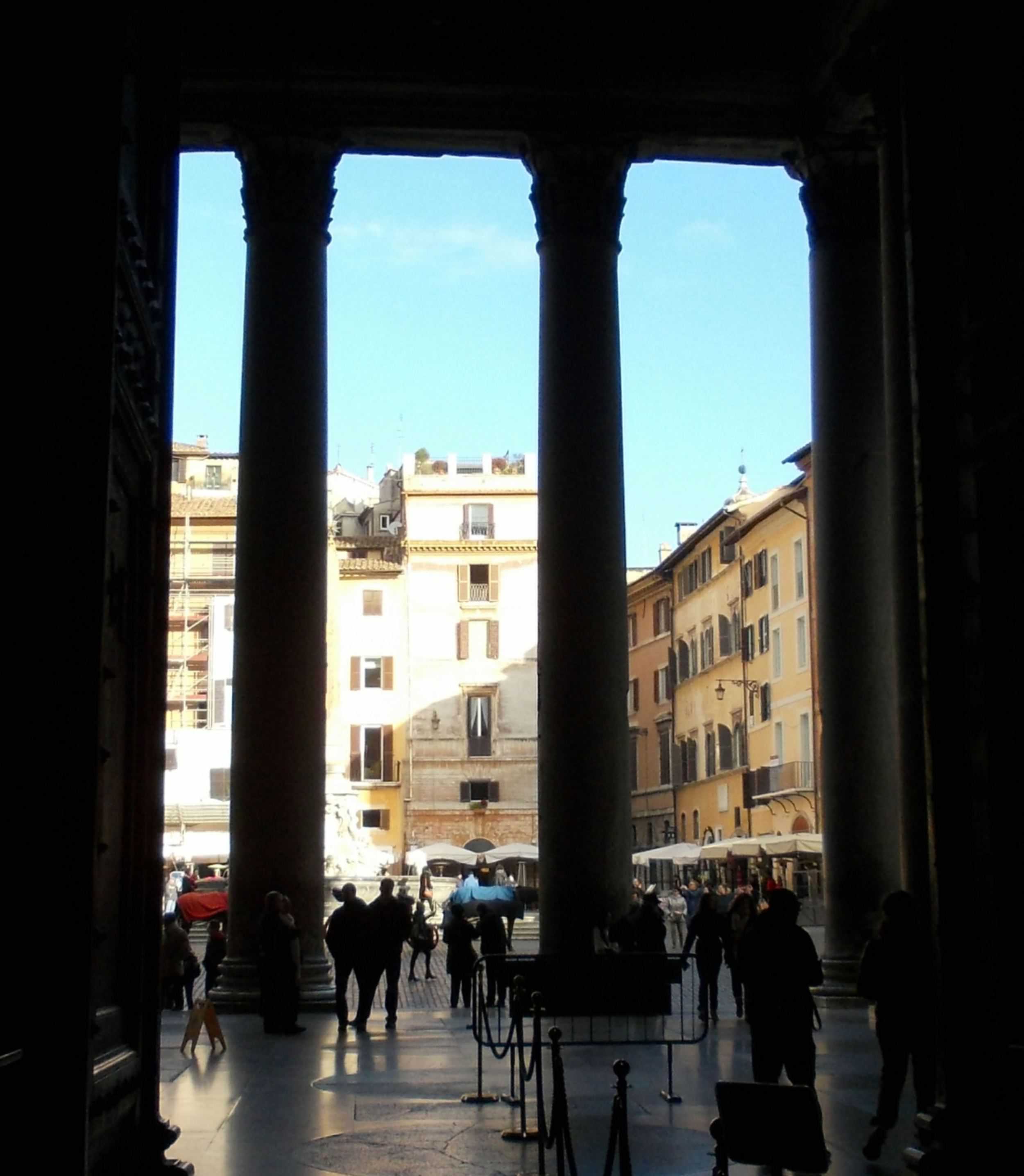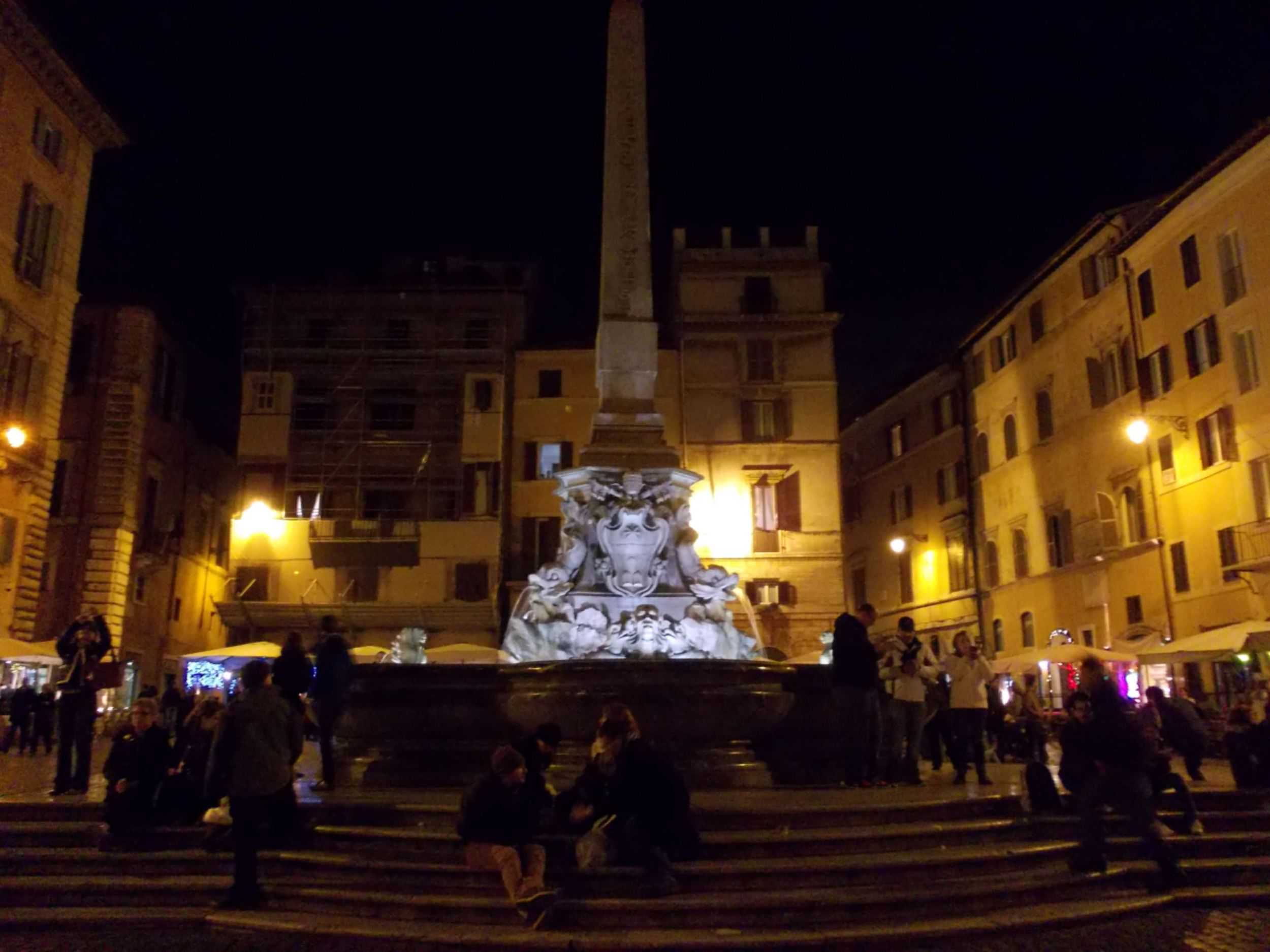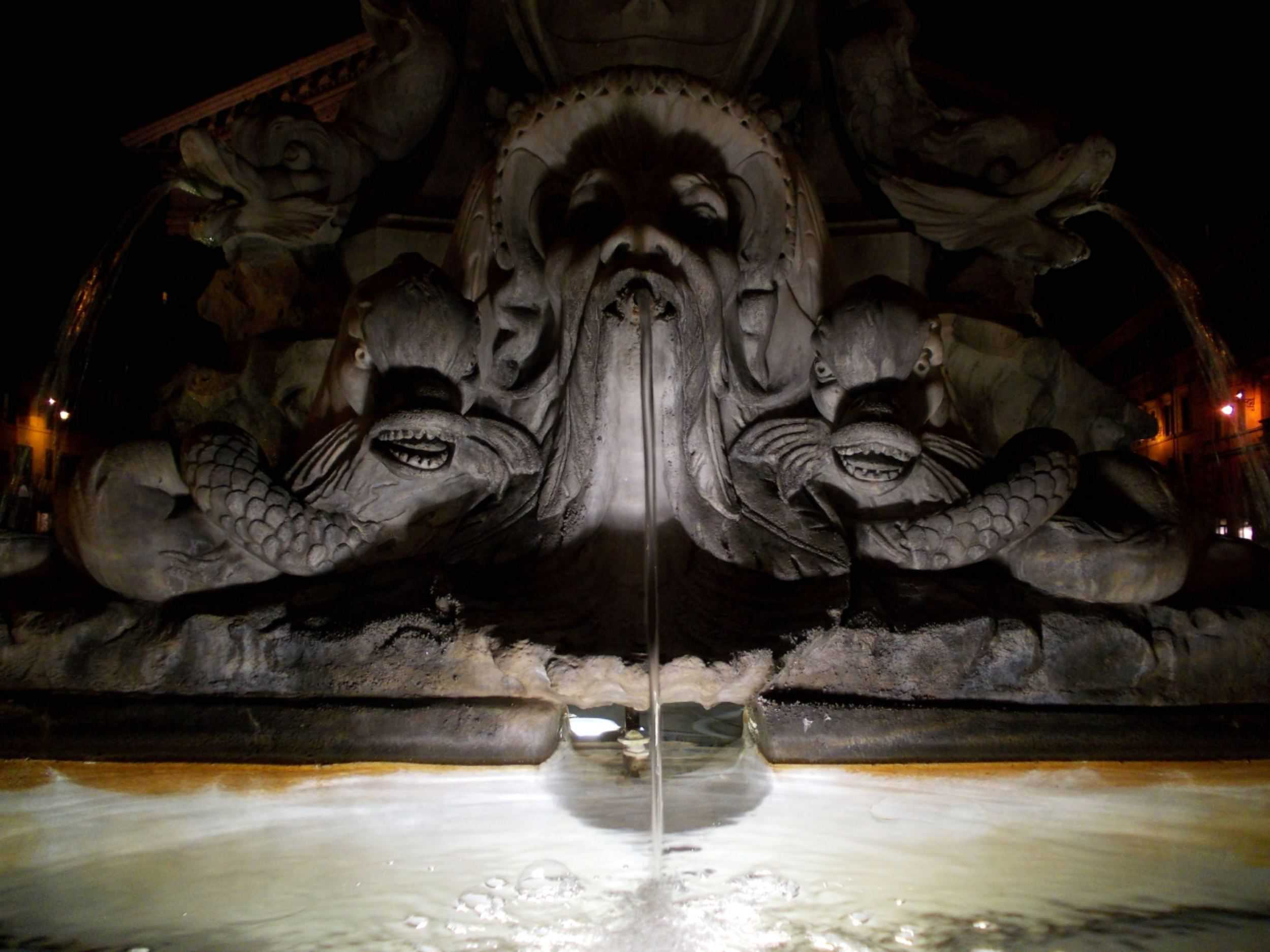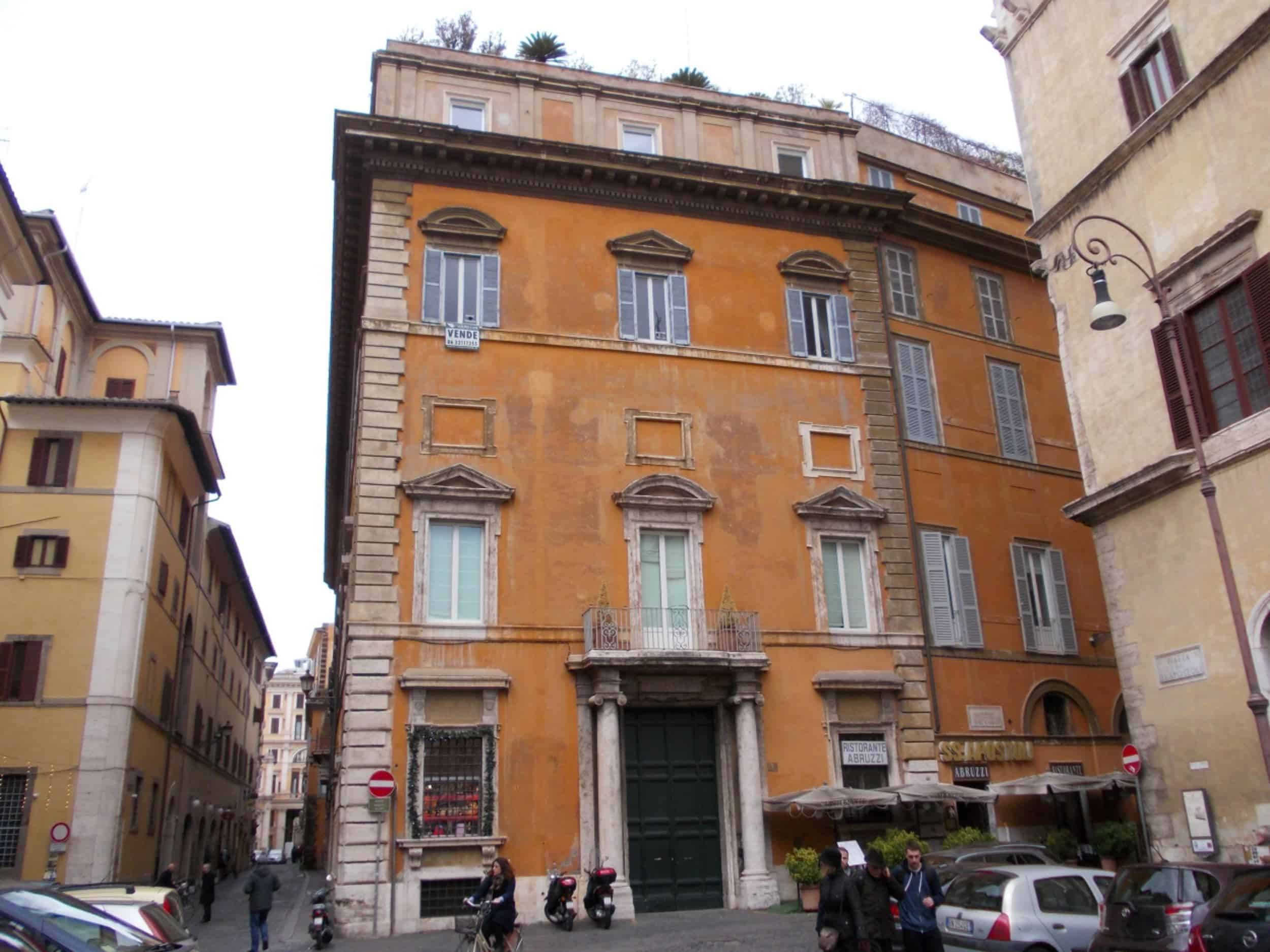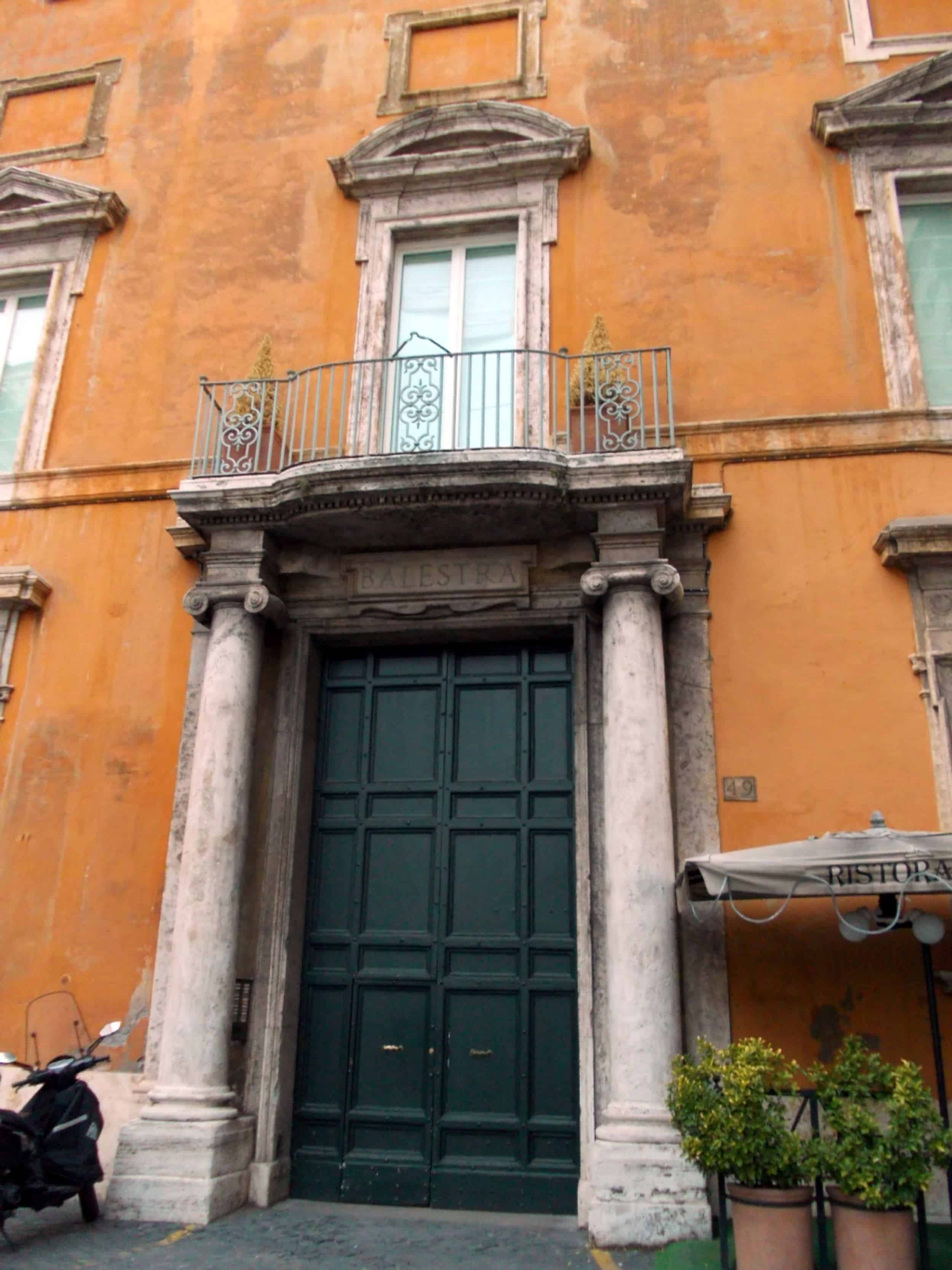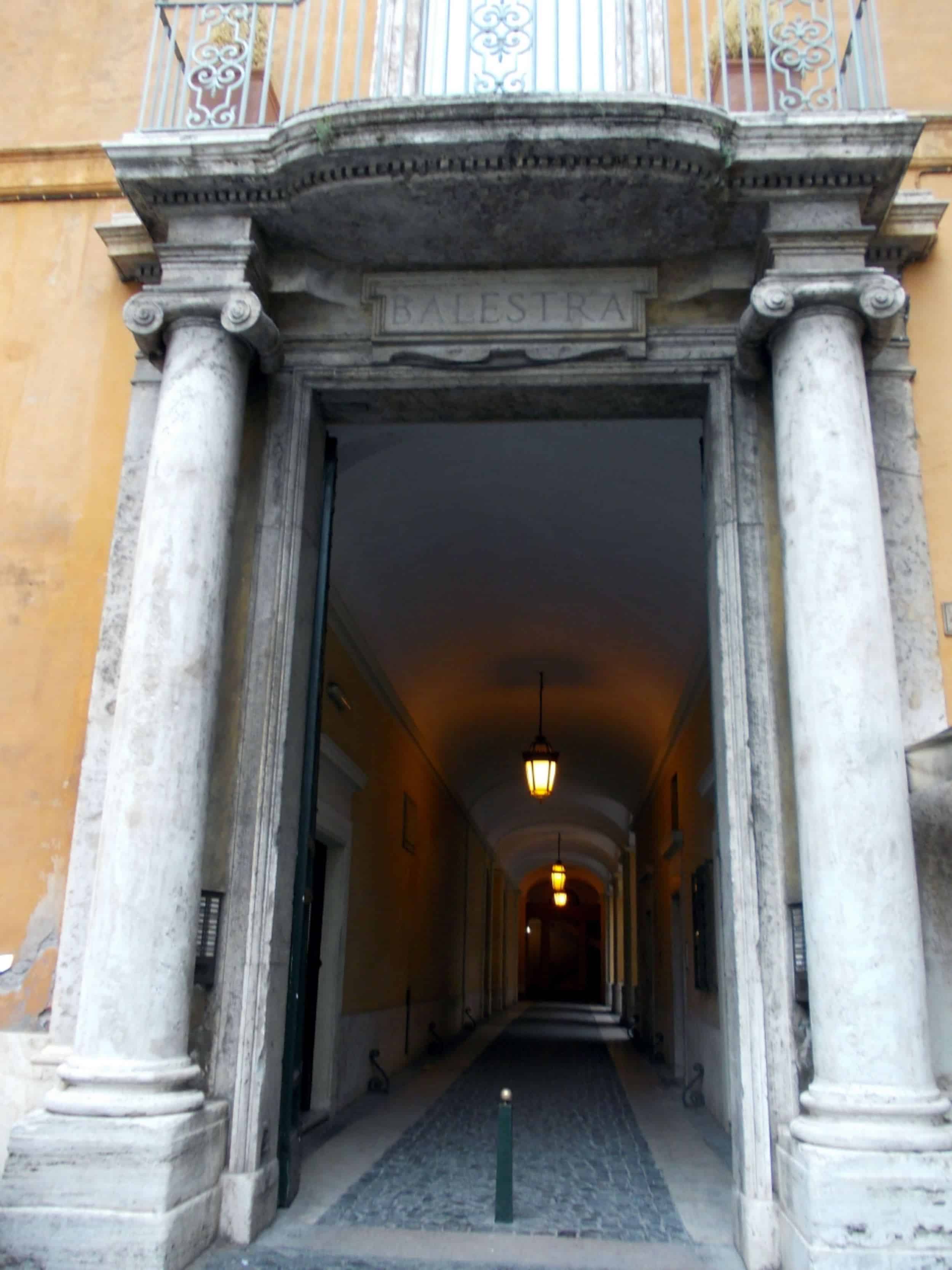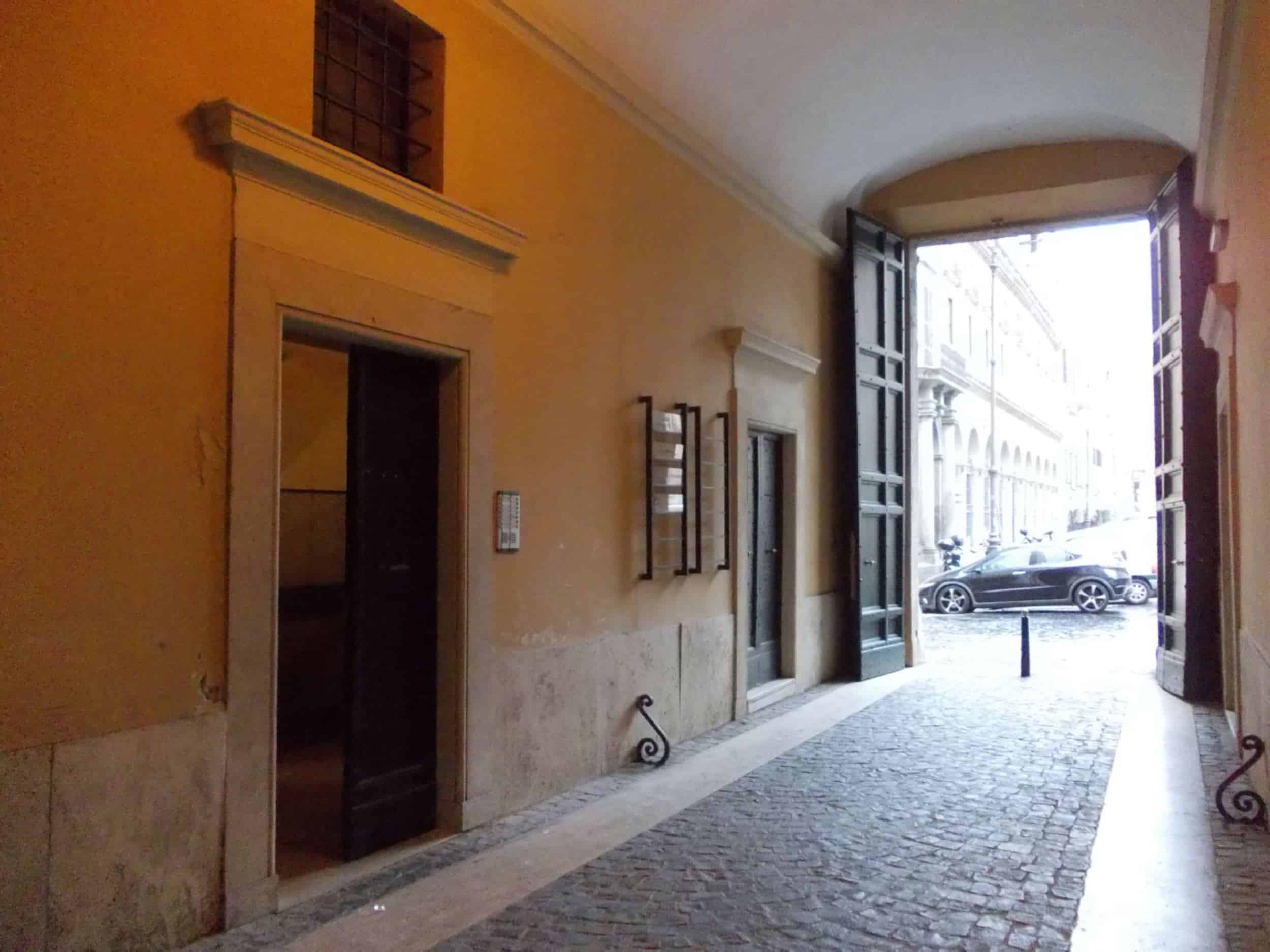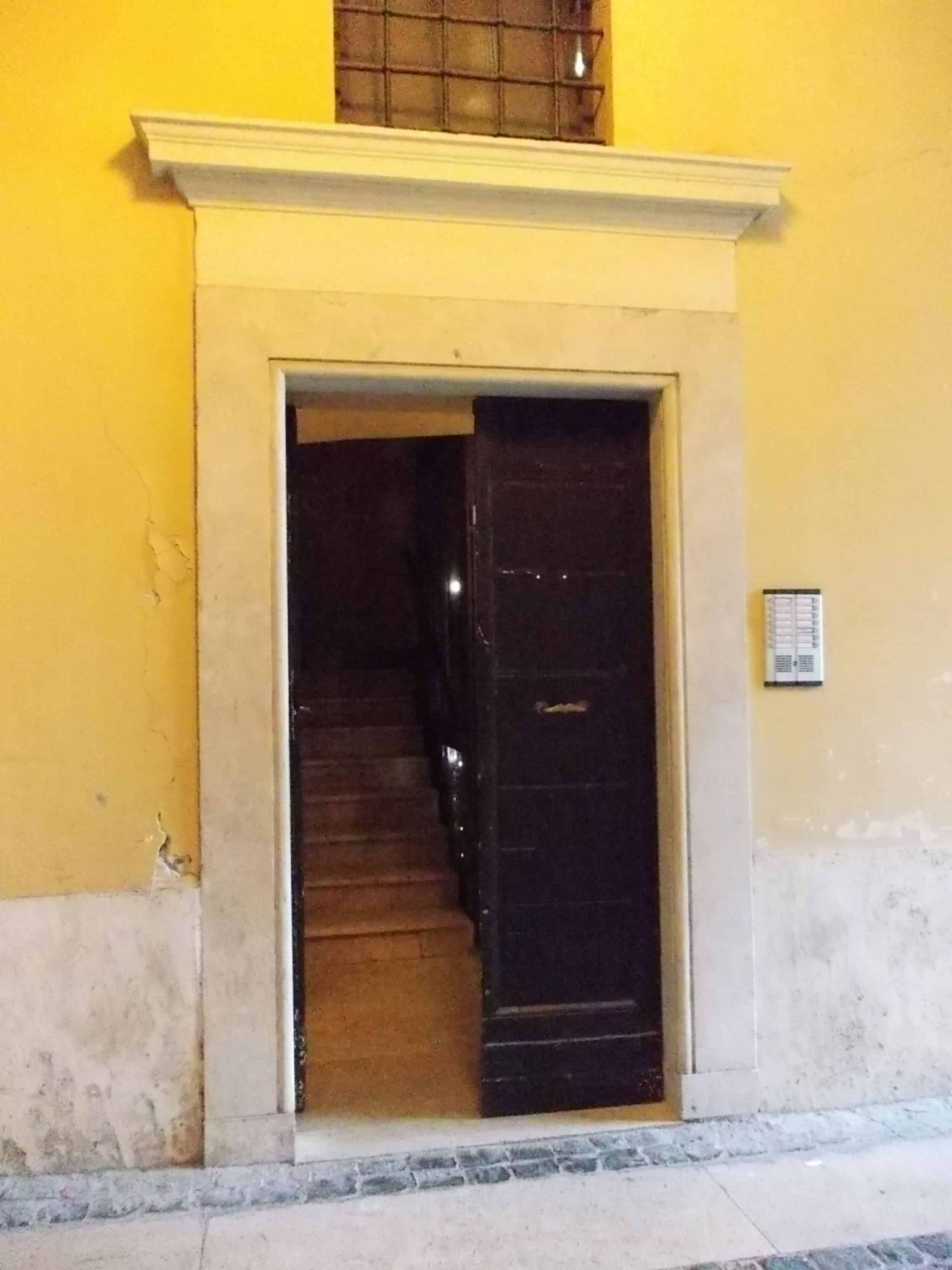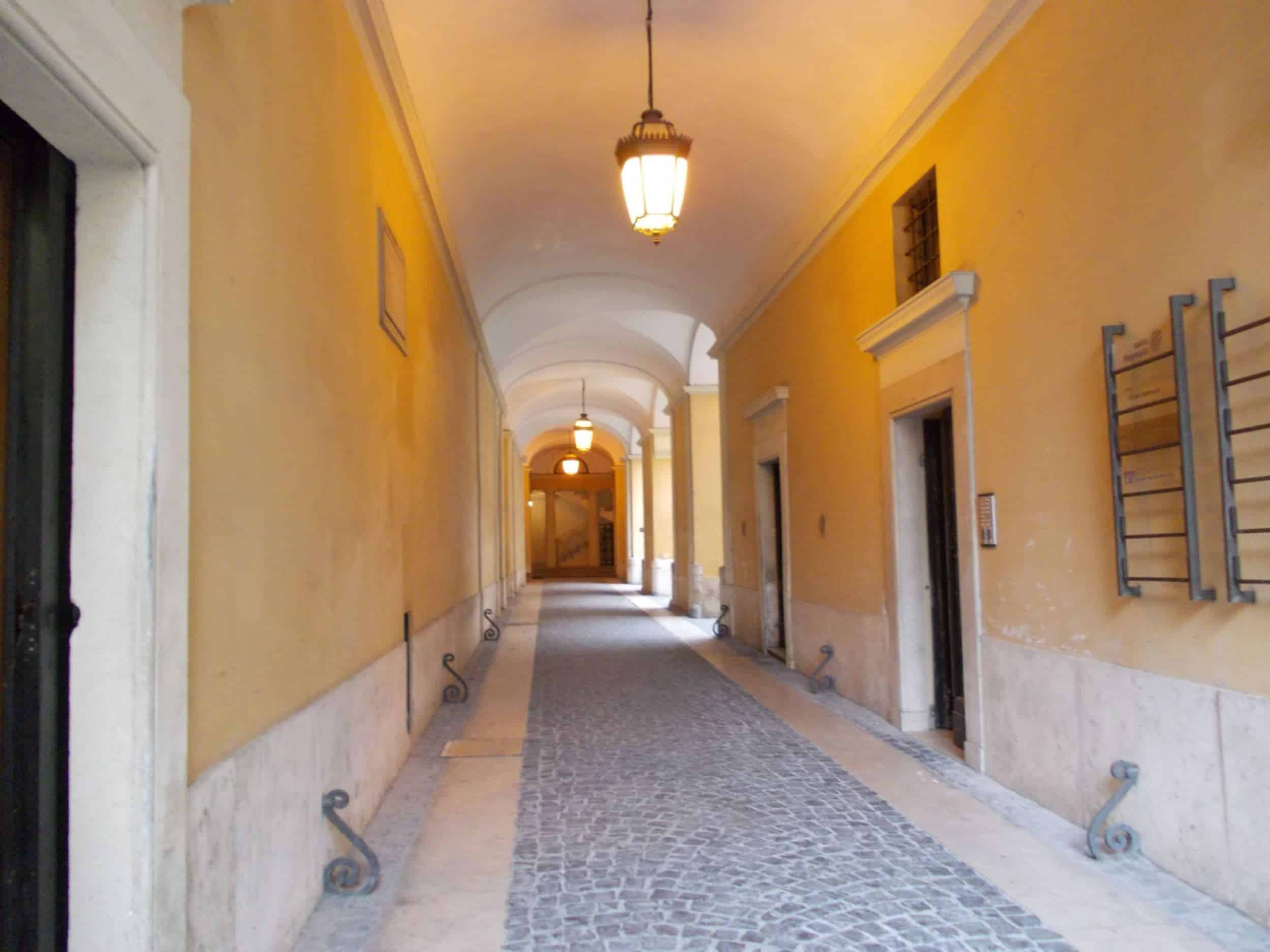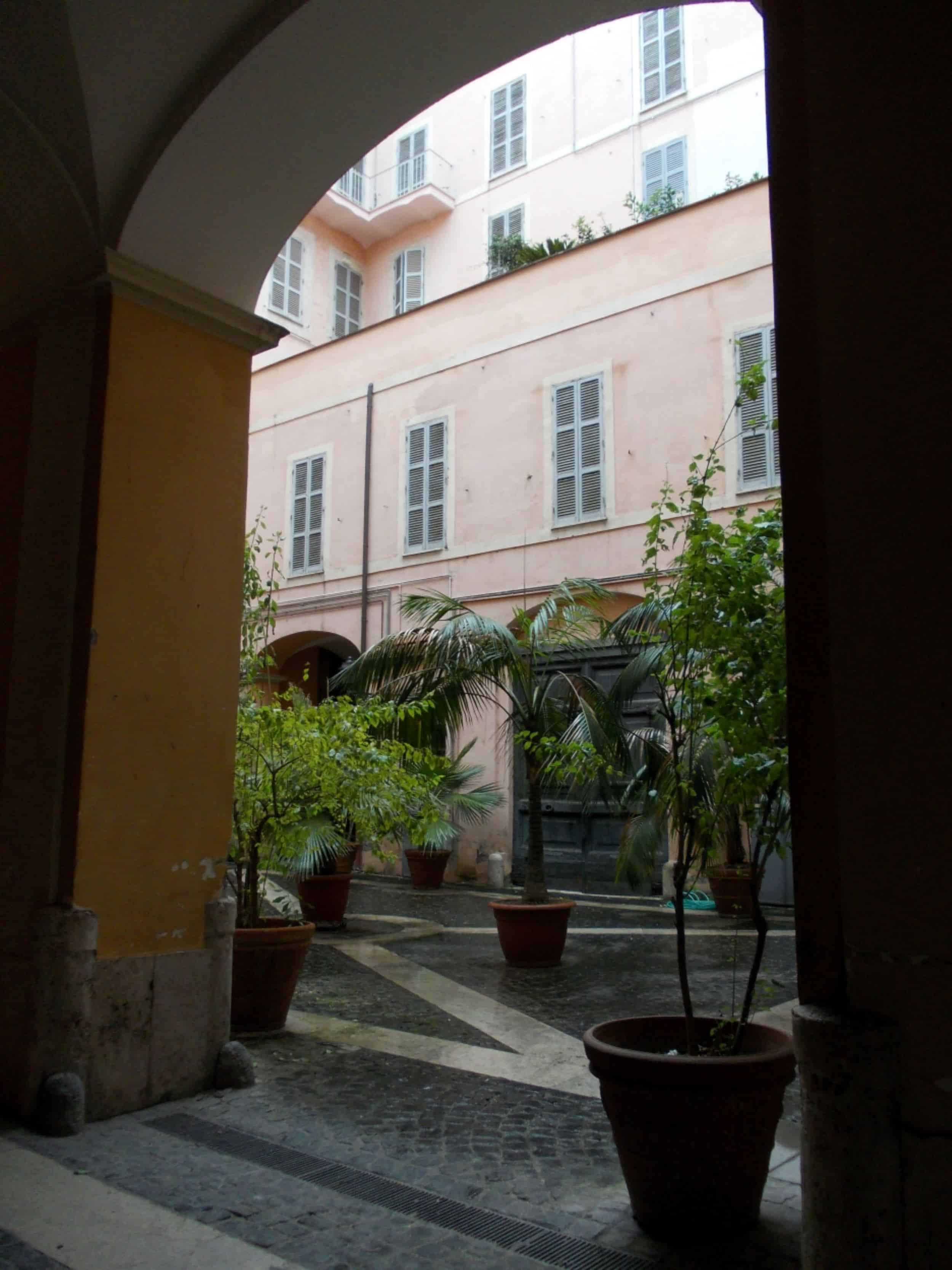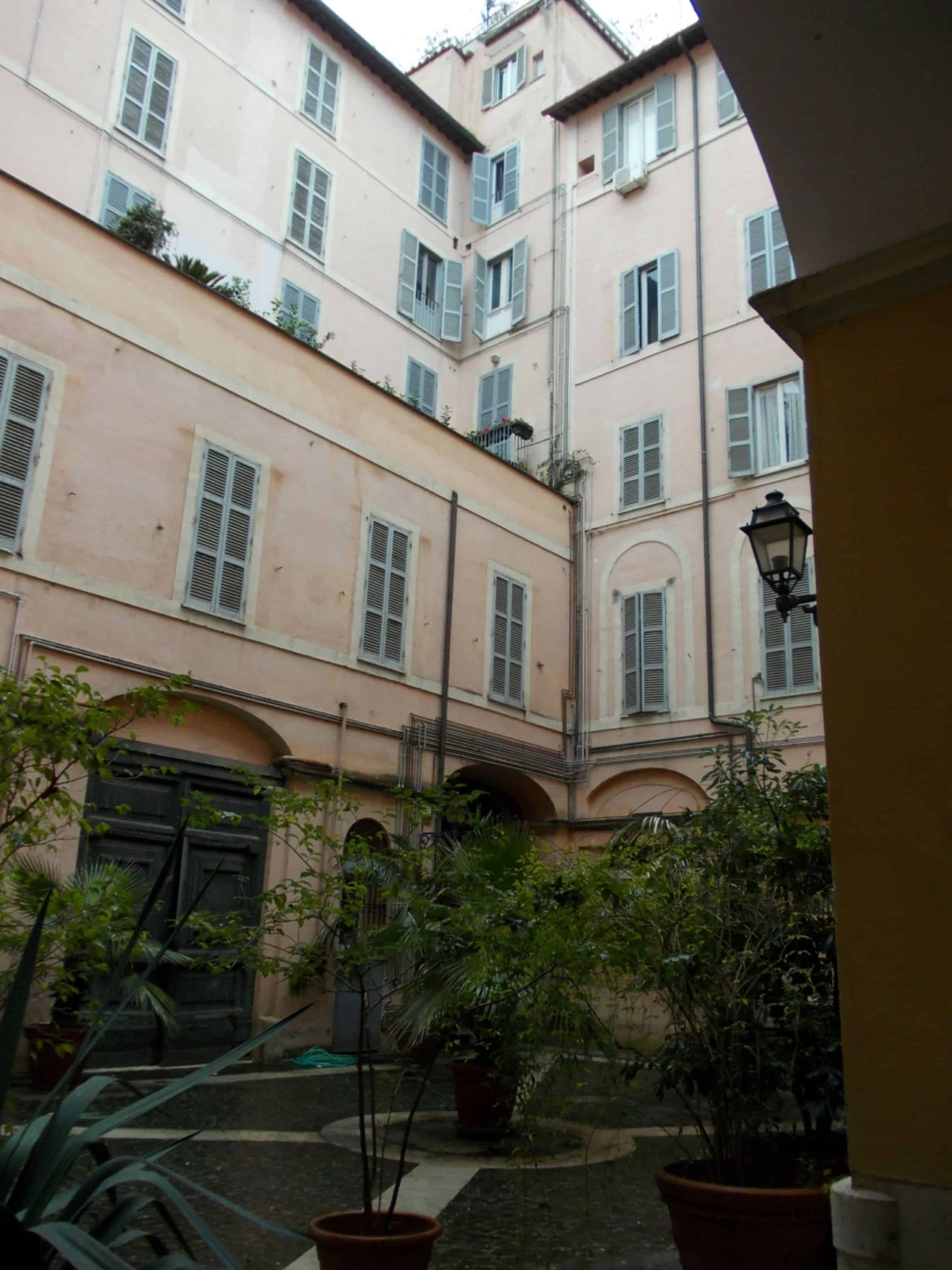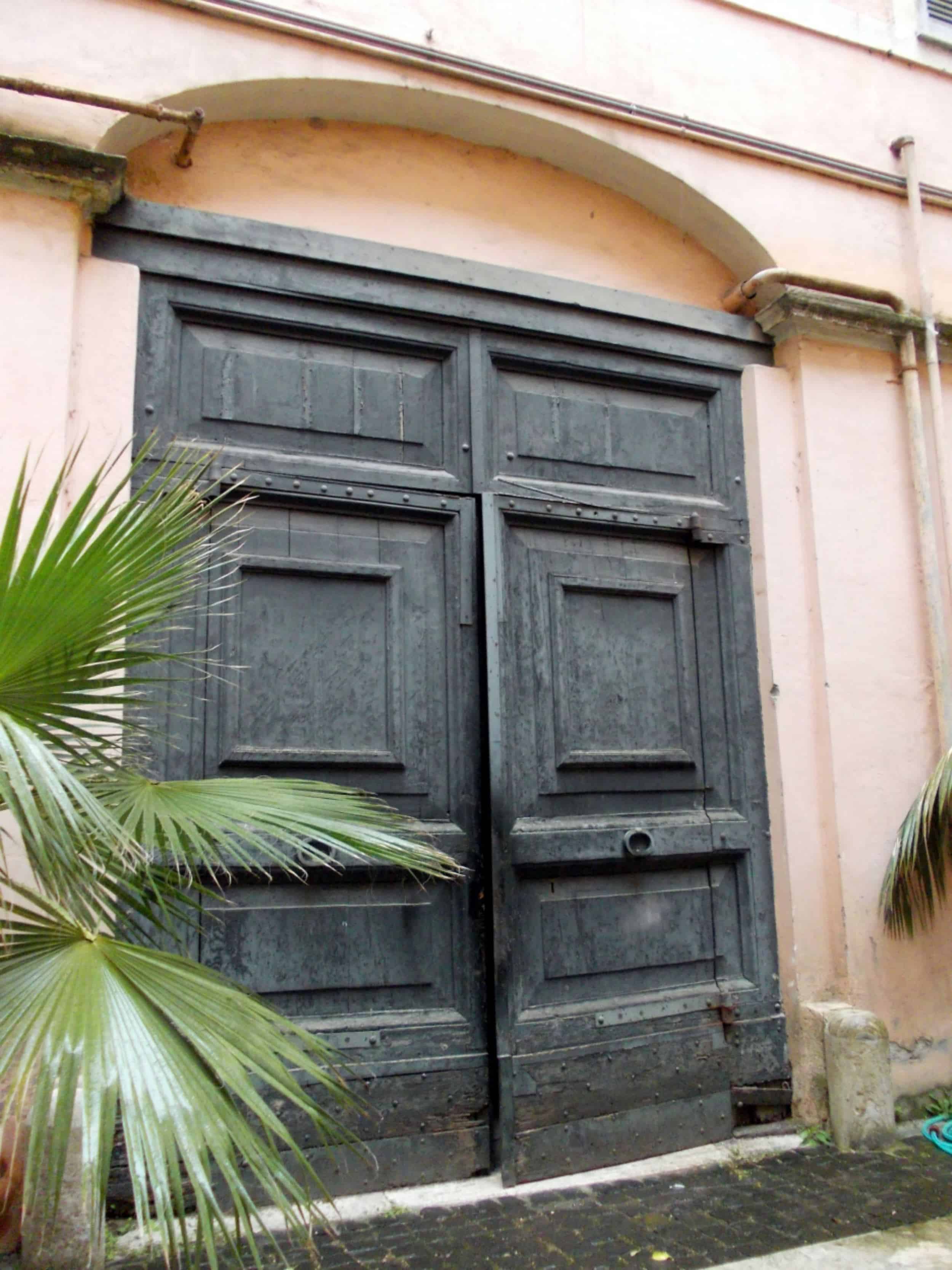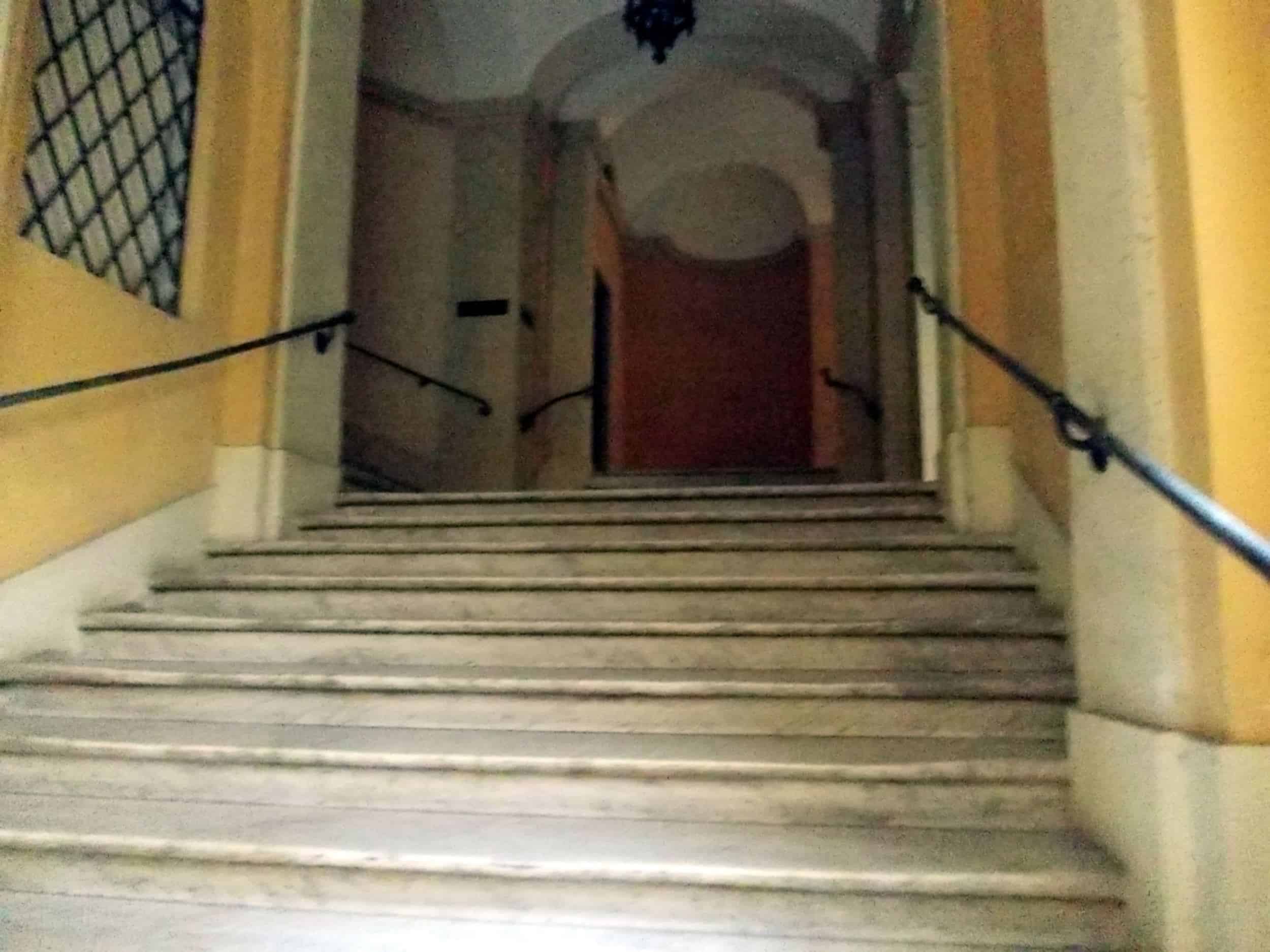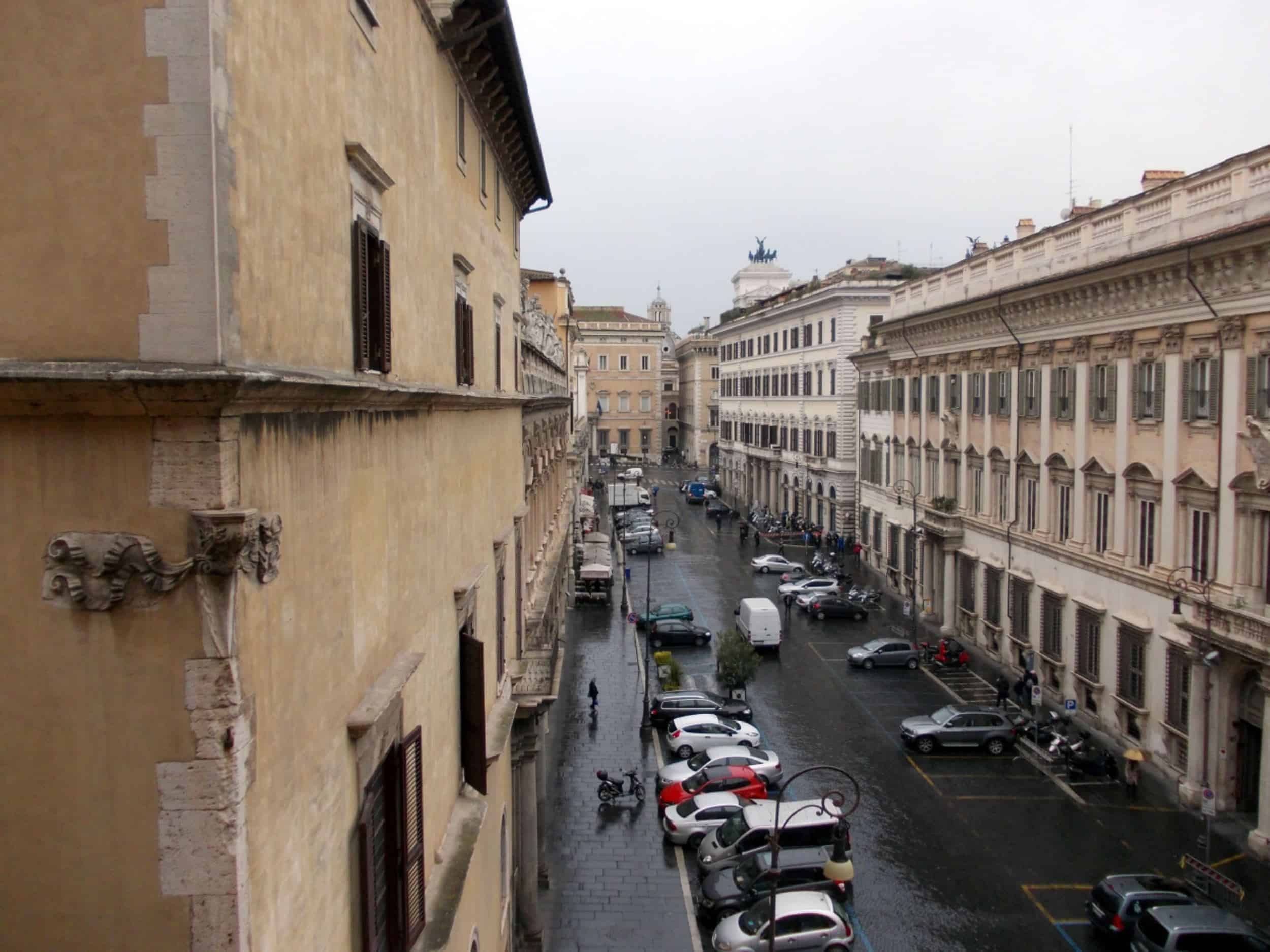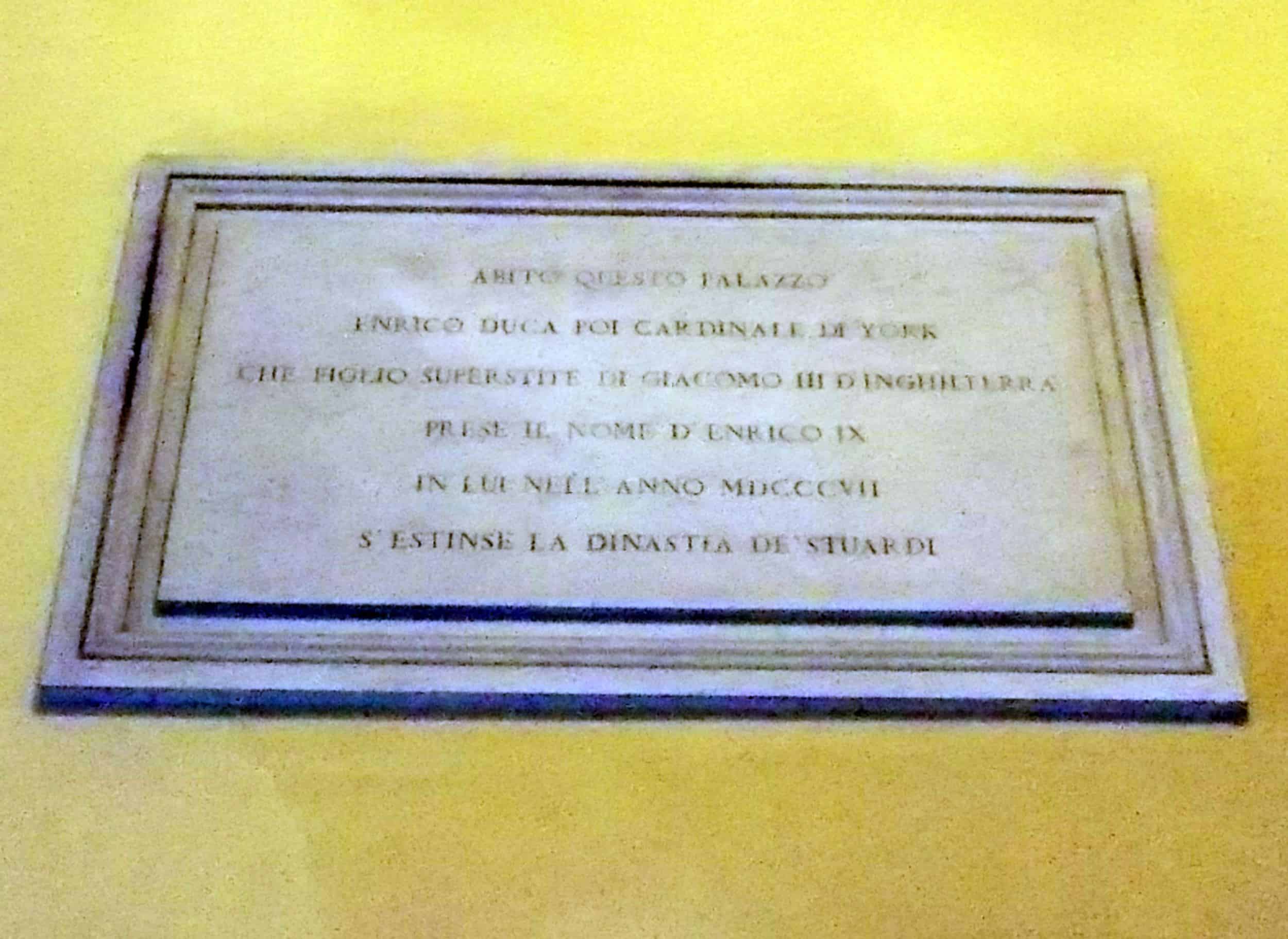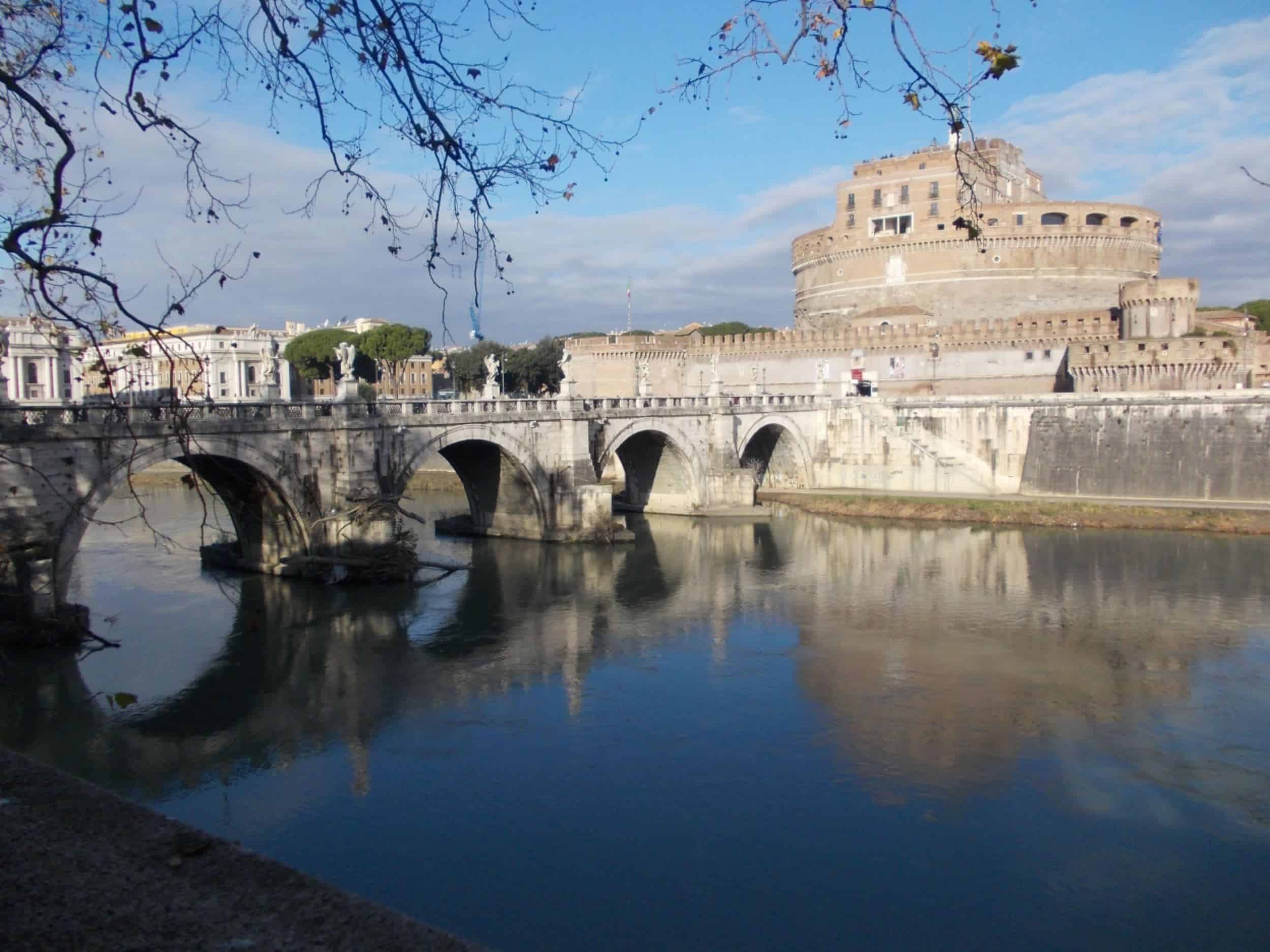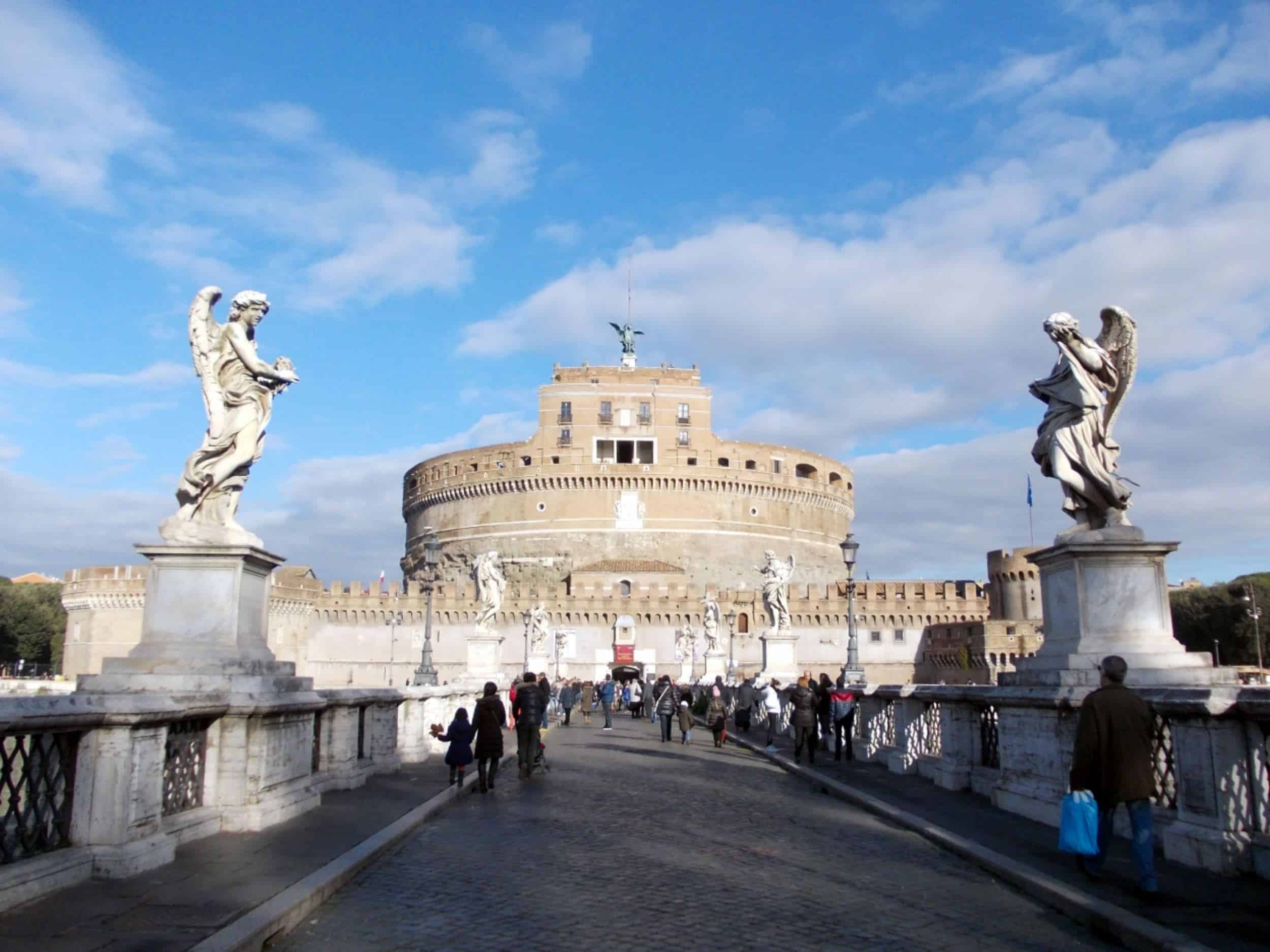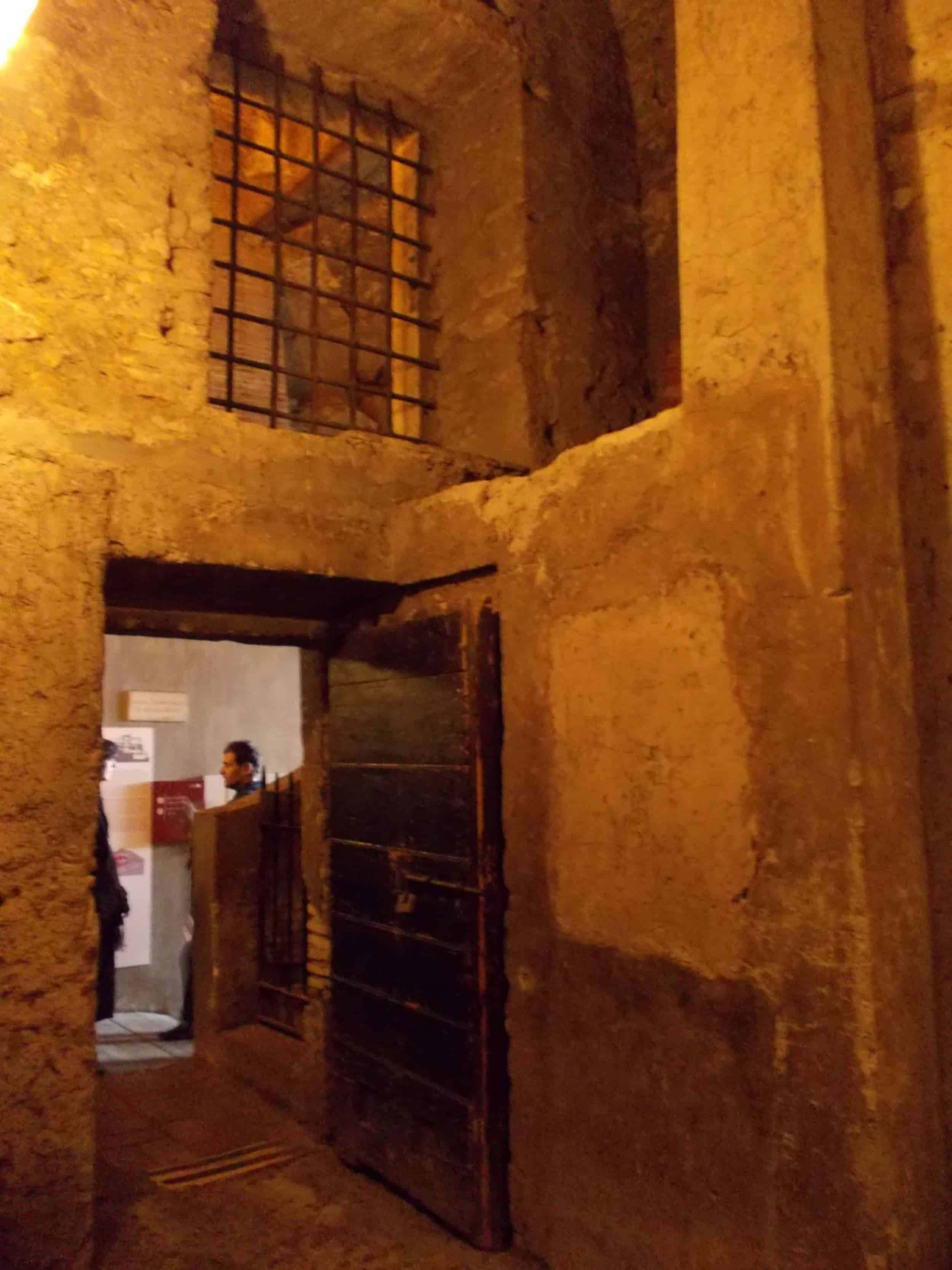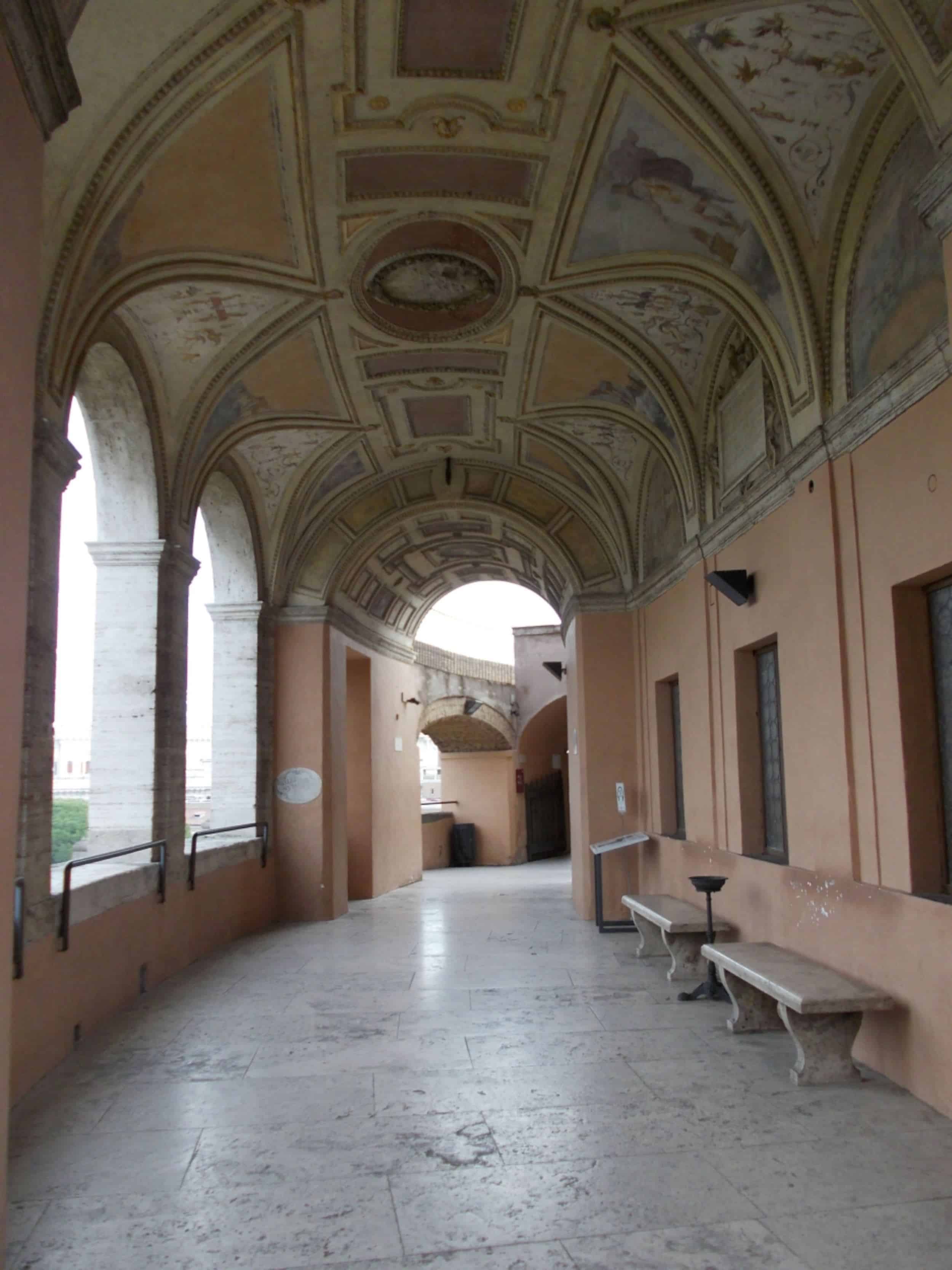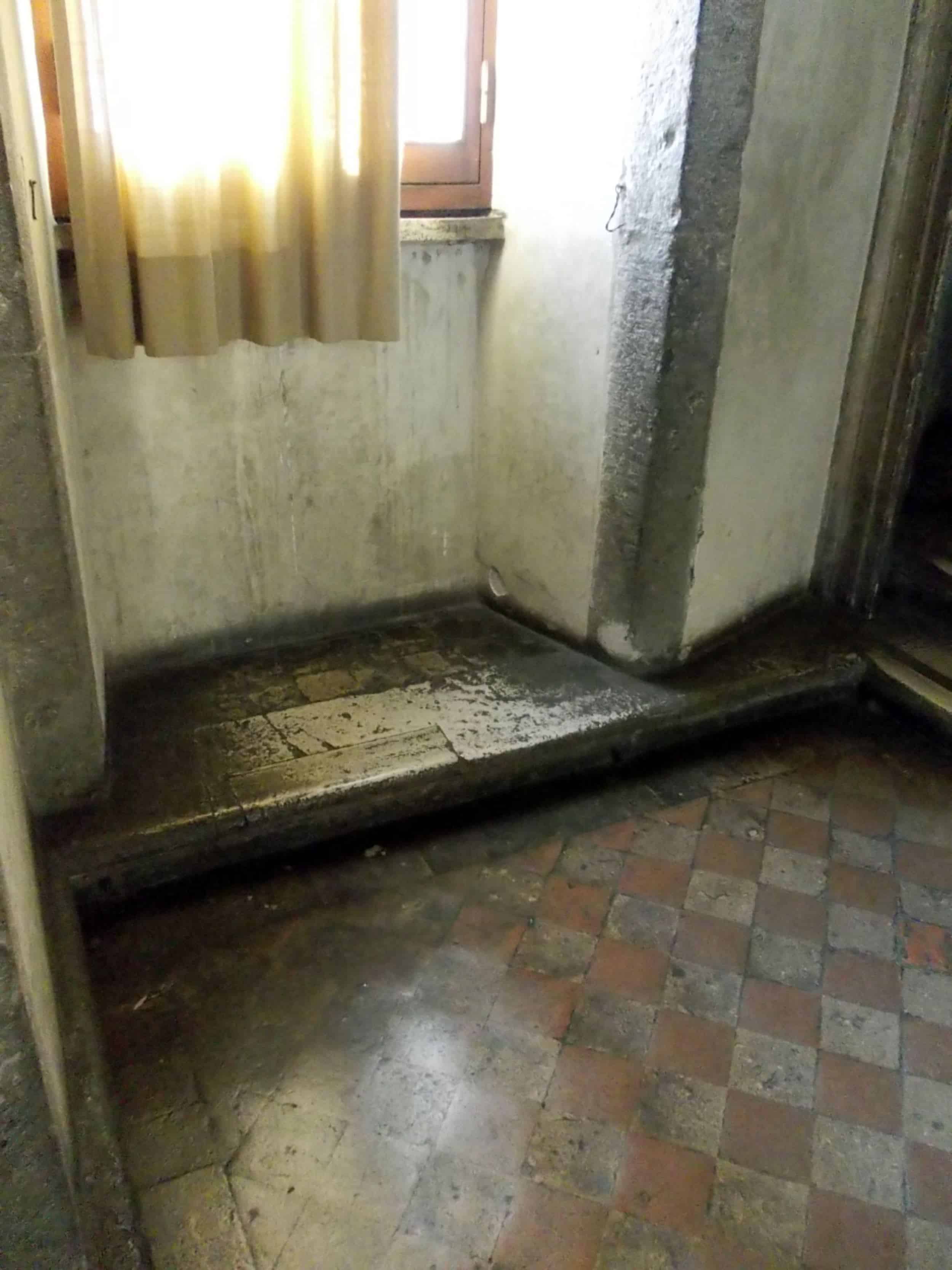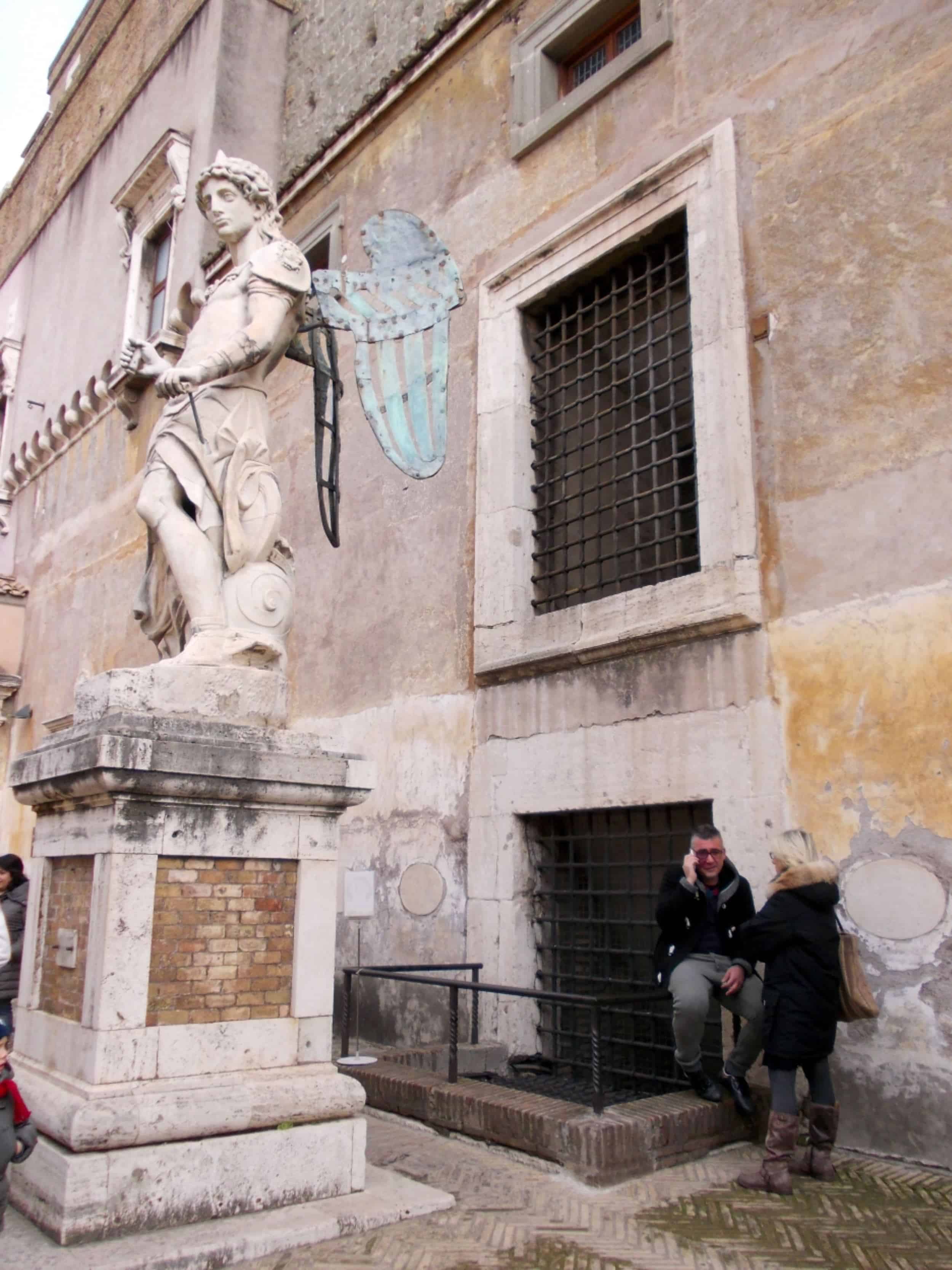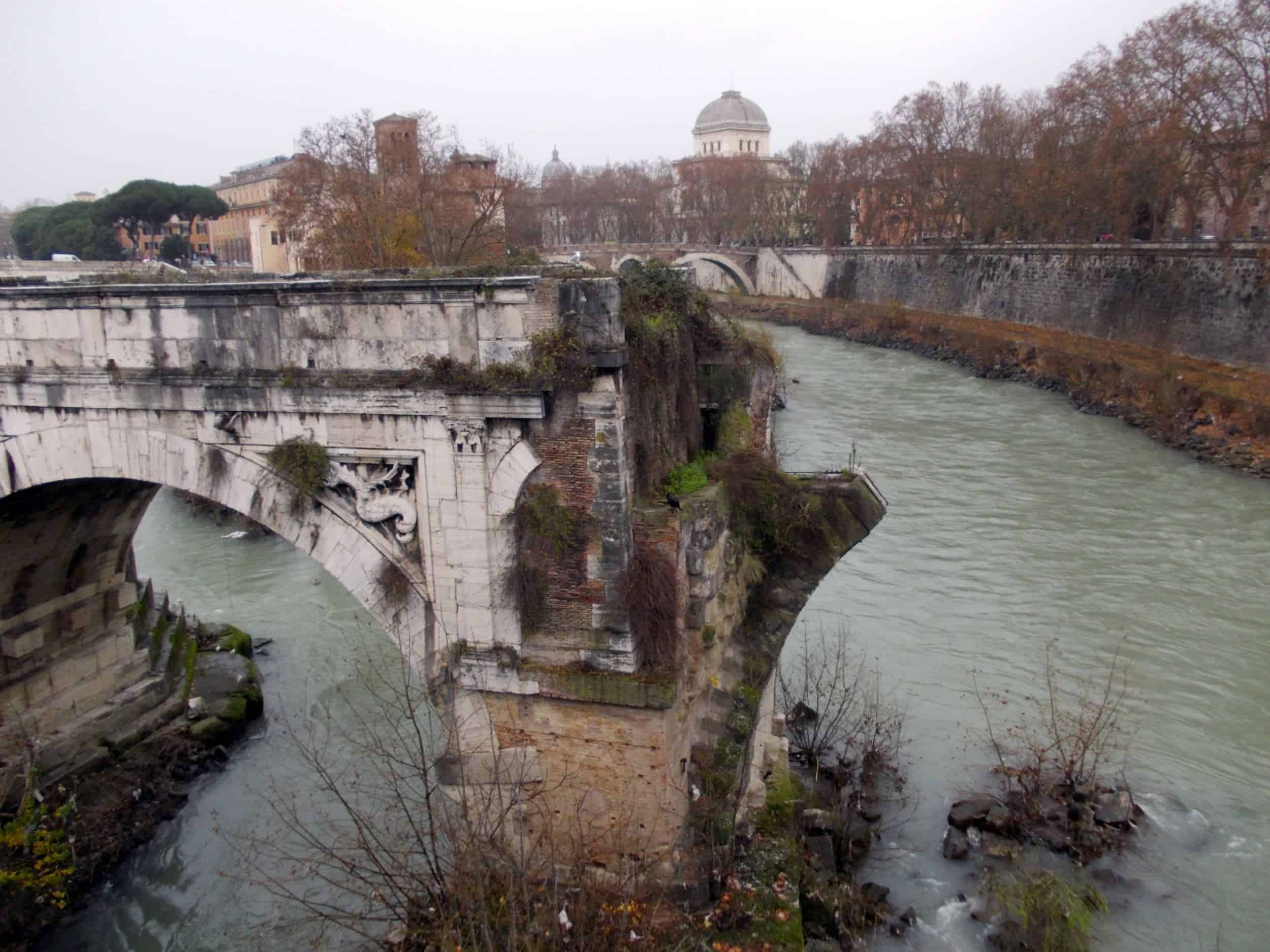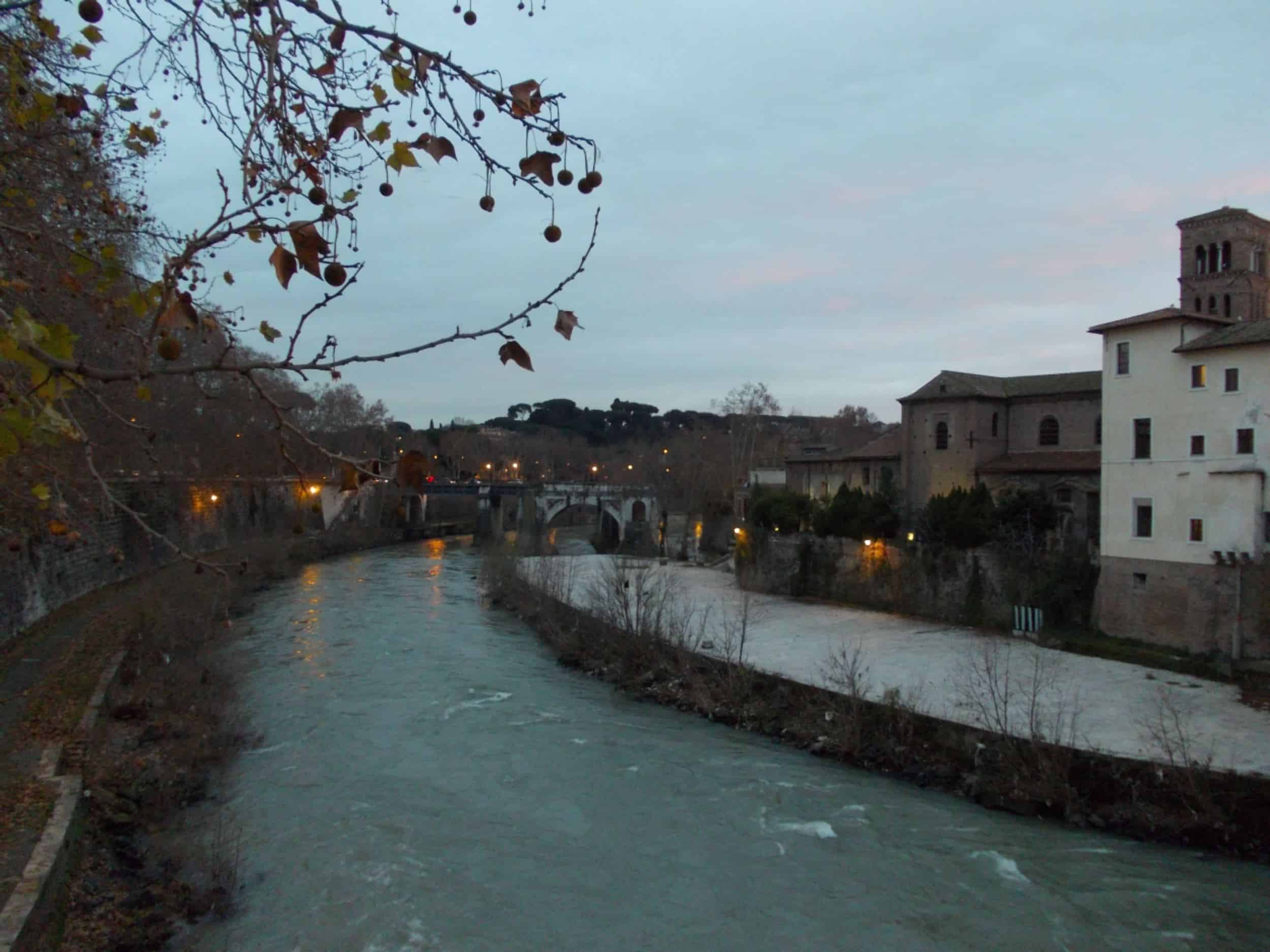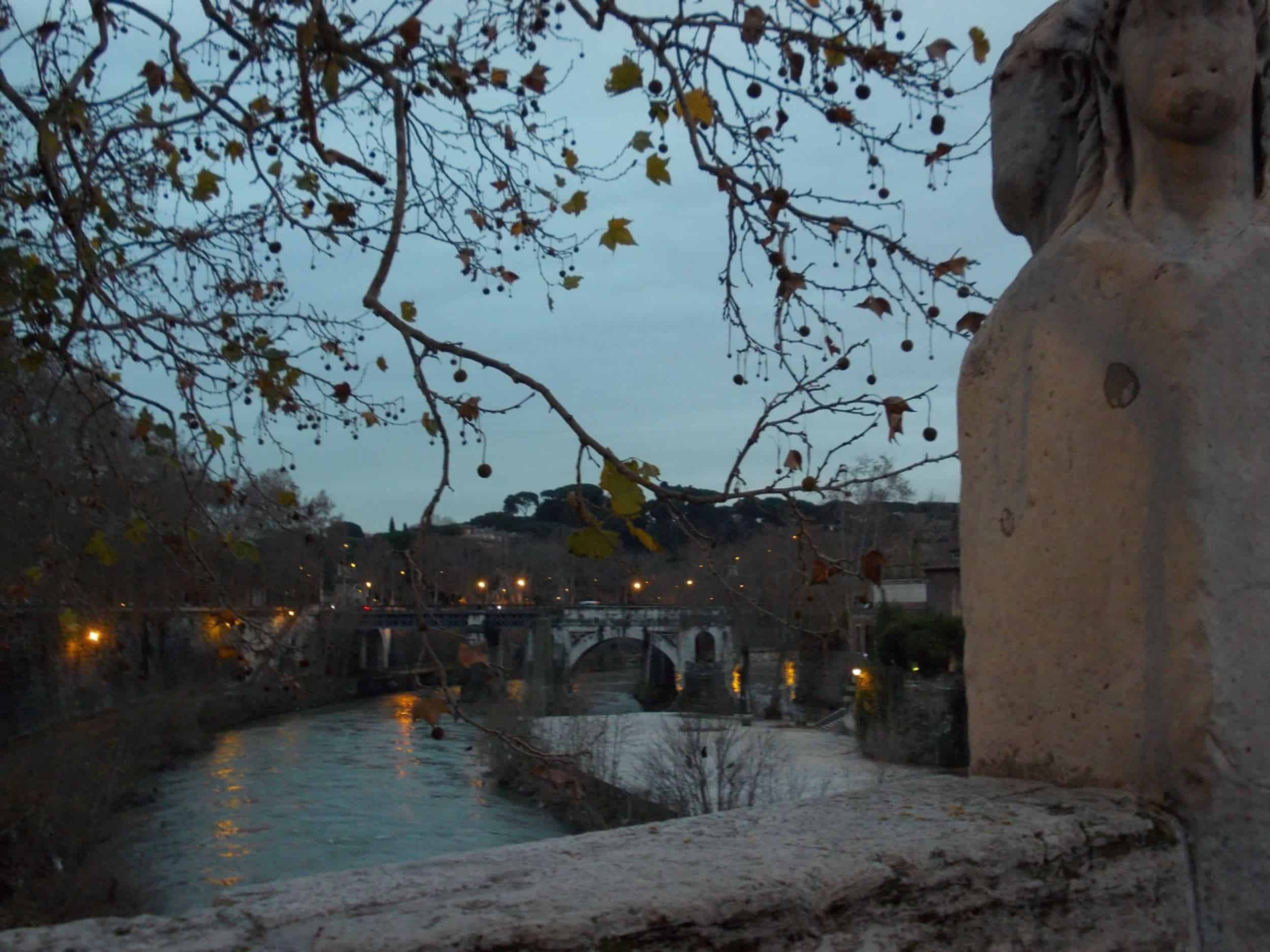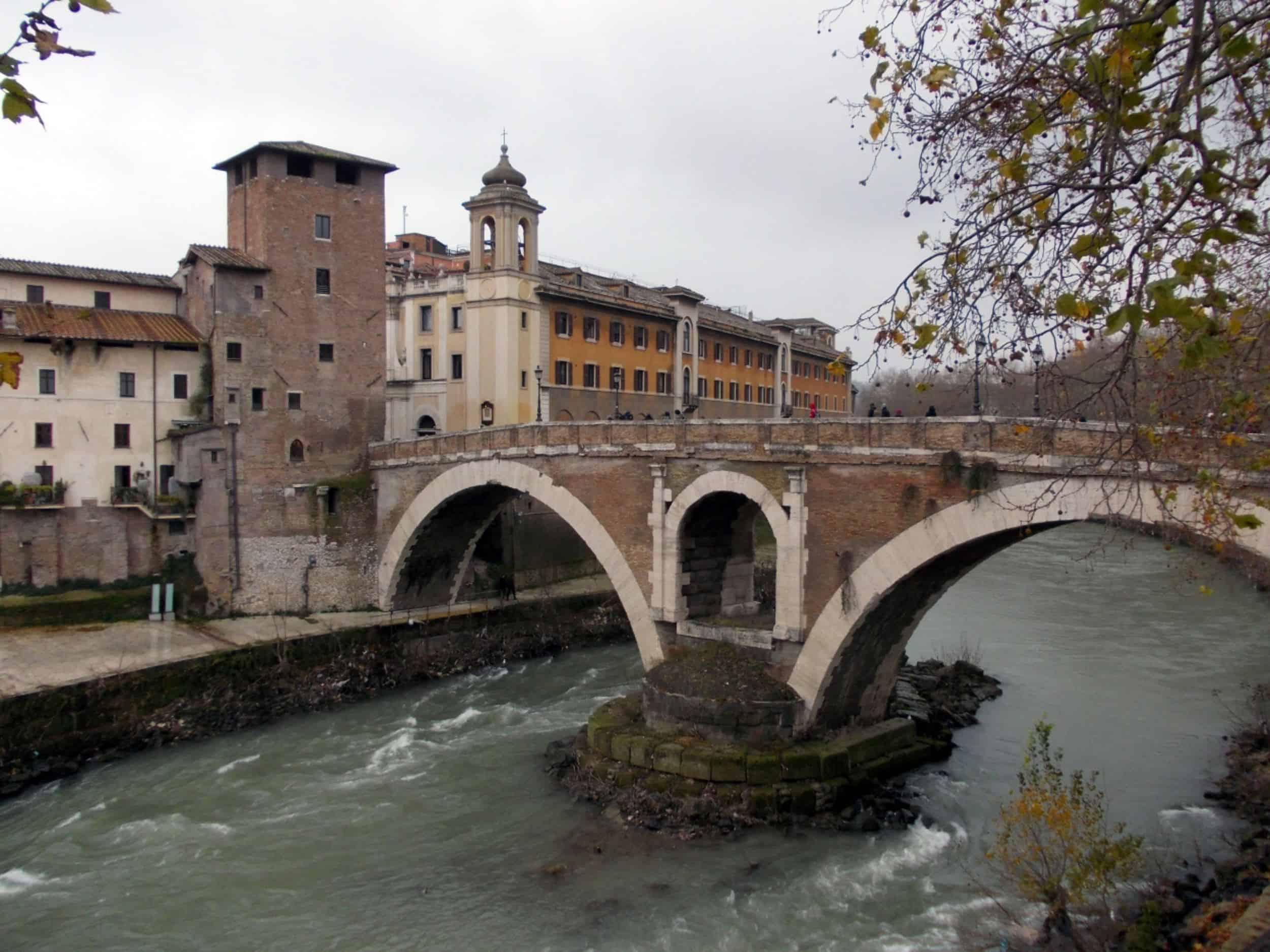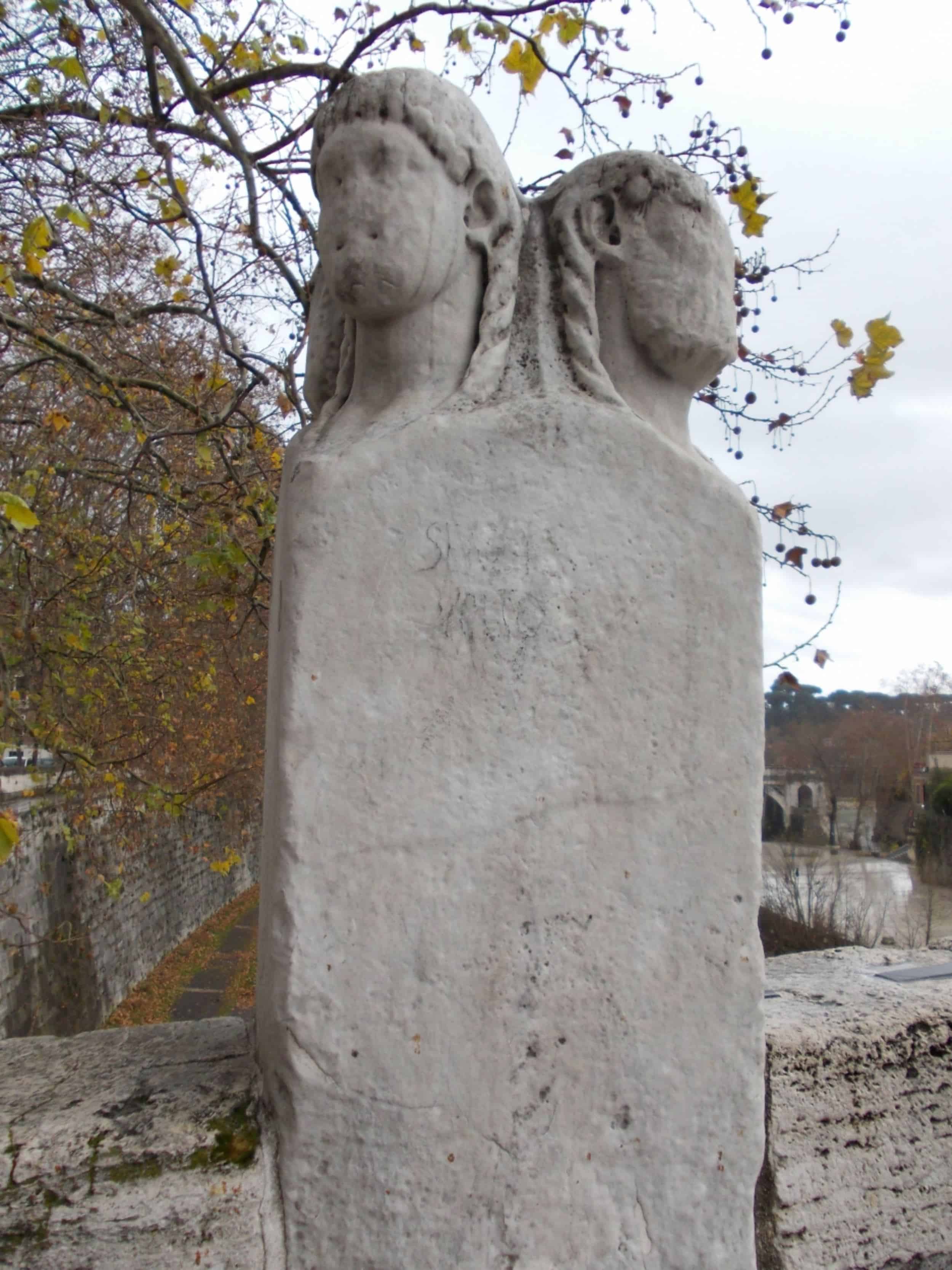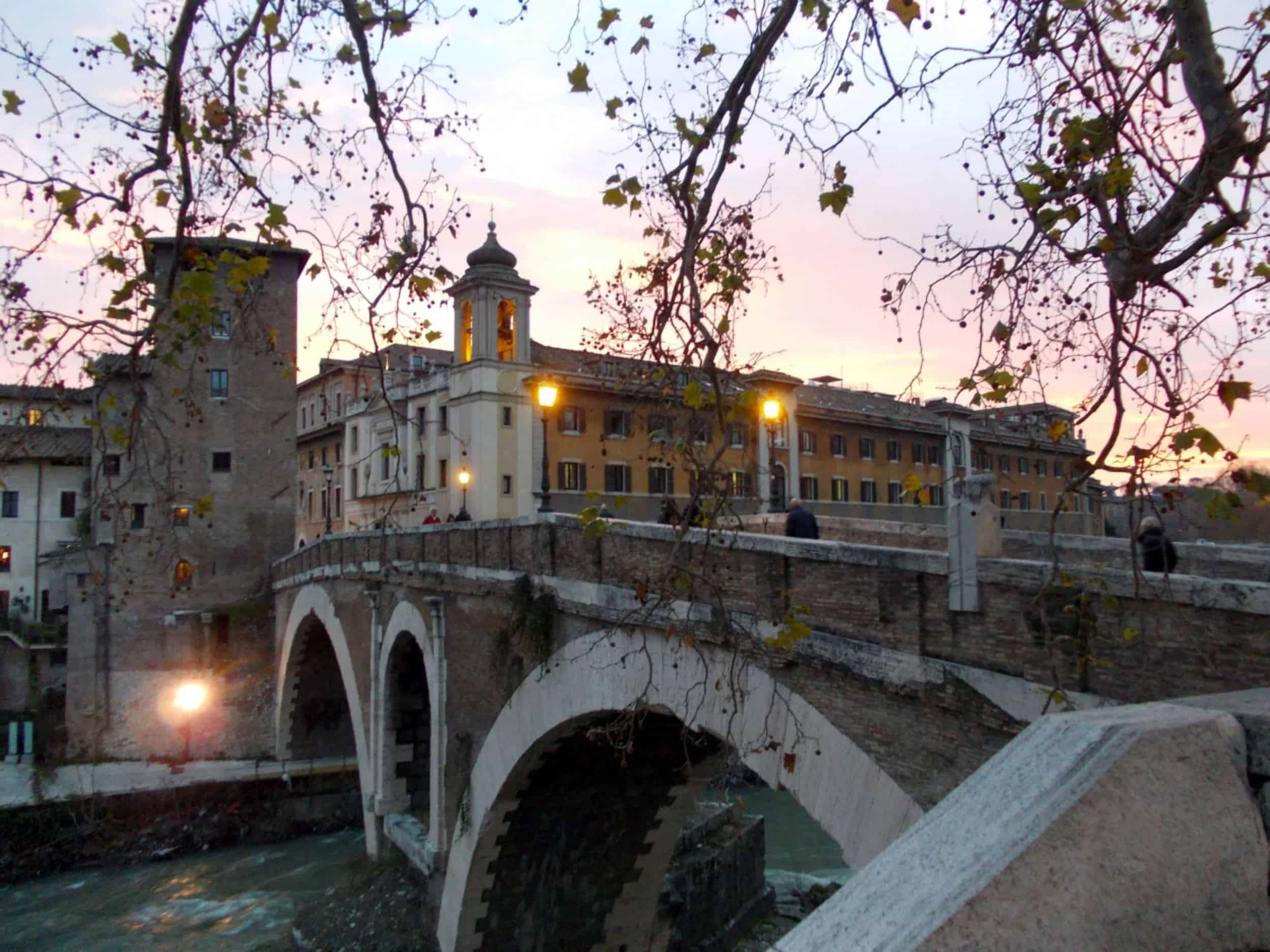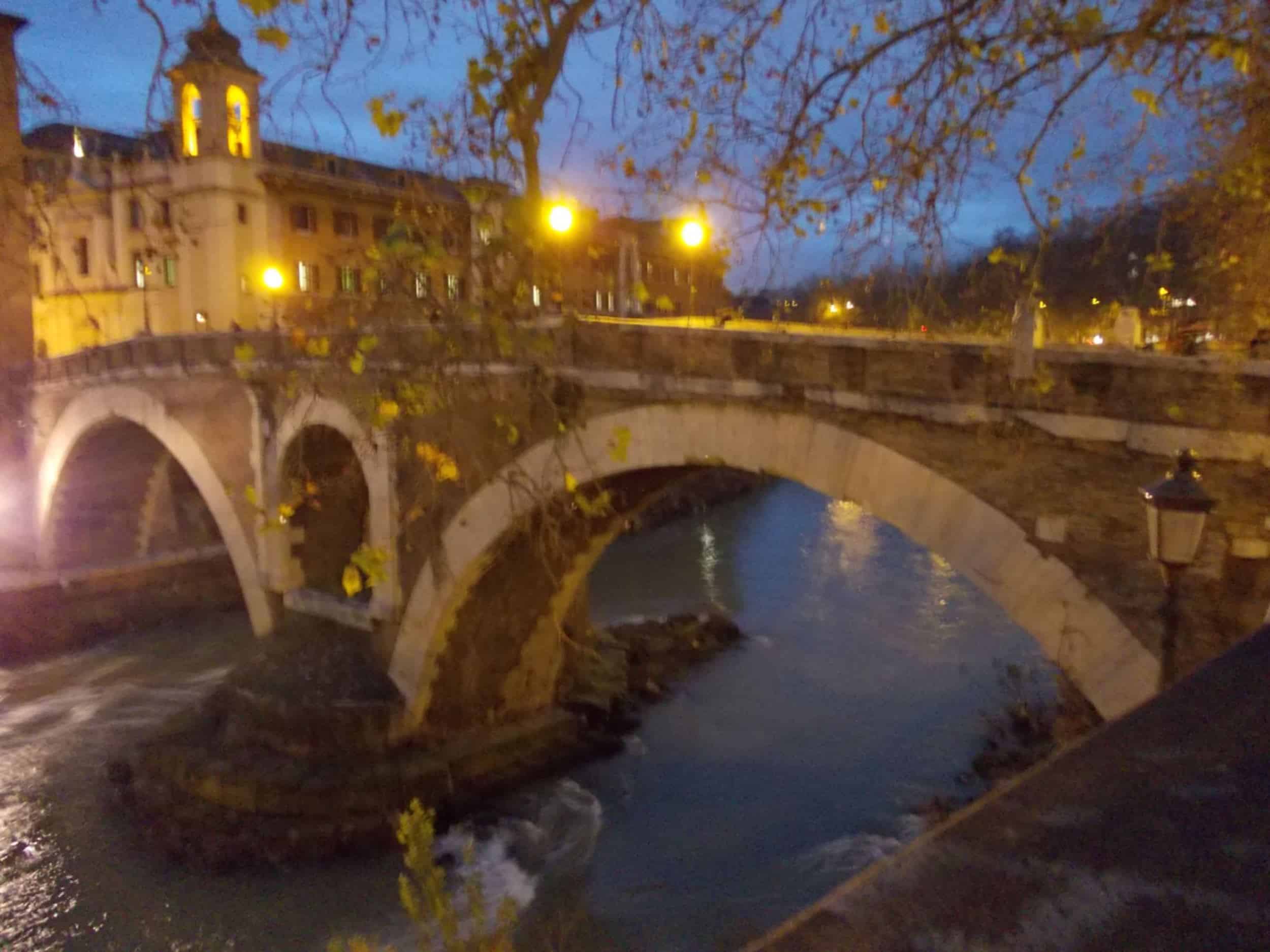A Desperate Fortune

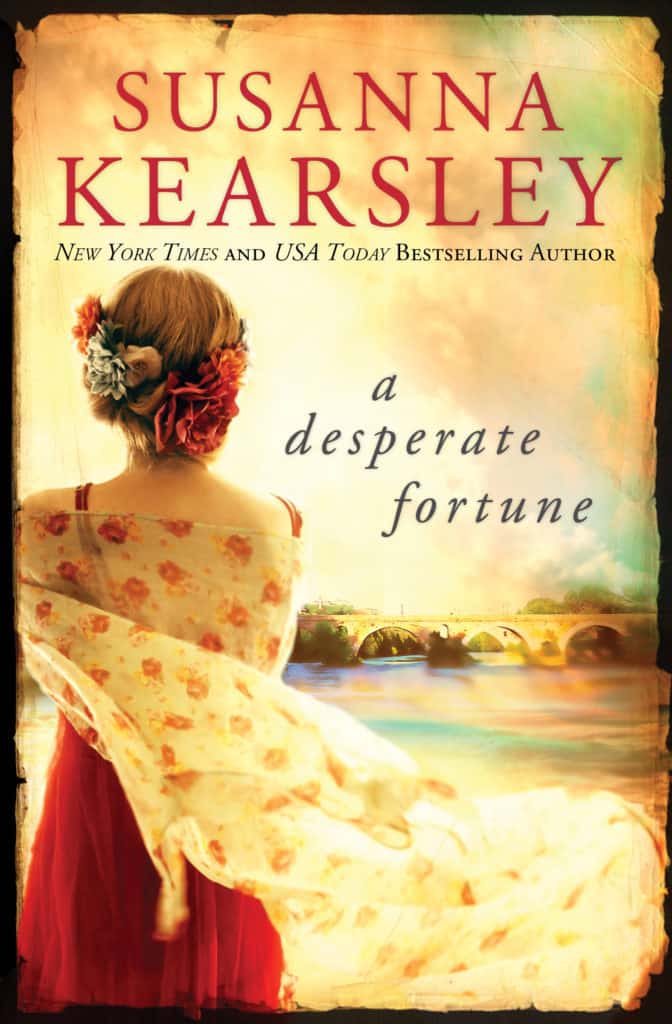
Buy A Desperate Fortune
Synopsis
For nearly 300 years, the mysterious journal of Jacobite exile Mary Dundas has lain unread – its secrets safe from prying eyes.
Now, amateur codebreaker Sara Thomas has been hired by a once-famous historian to crack the journal’s cipher. But when she arrives in Paris, Sara finds herself besieged by complications from all sides: the journal’s reclusive owner, her charming Parisian neighbor, and Mary, whose journal doesn’t hold the secrets Sara expects.
As Mary’s tale grows more and more dire, Sara, too, must carefully choose which turning to take…to find the road that will lead her safely home.

Fascinating, immersive and twisty—twists not only of plot, but of character and time. I love a novel that deals with codes and ciphers, and the other ways in which people keep their secrets.
— Diana Gabaldon

Did You Know…
Although the house is given a different name in my novel, the present-day story of A Desperate Fortune takes place at La Maison de Chatou, a beautiful private home and guest house just outside Paris (and not far from the Chateau of Saint-Germain-en-Laye). I stayed here myself while doing research for the book, and I can highly recommend it.
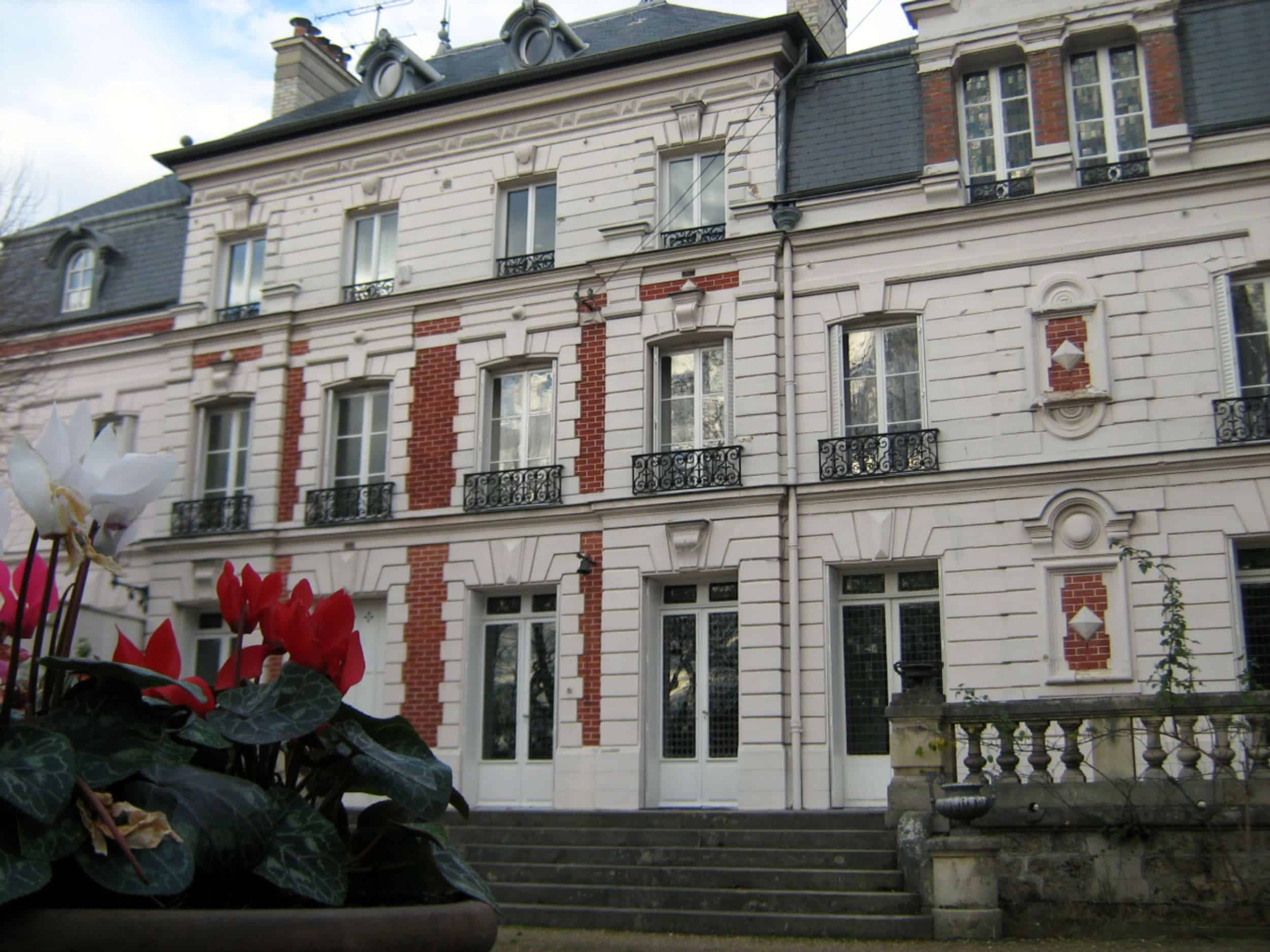

Gallery
The Château of Saint-Germain-en-Laye as it once would have looked from the river, with the old château in the very back.
The old château at Saint-Germain-en-Laye as it stands today, with the parish church in the background.
The parish church at Saint-Germain-en-Laye. This building dates from the early 1800s but stands on the site of the old one, where Mary Dundas was baptised, and where John Moray once stood godfather to the child of a friend. The remains of King James VII (“my”‘ King James’s father), his queen Mary of Modena, and the Princess Louise Marie, are interred here.
Inside the royal chapel at Saint-Germain-en-Laye: the Rose Window (now bricked in) with the glass-cased scale model of the château below it.
Mary’s street in Paris: The south part of the rue Grégoire-de-Tours, formerly the rue du Coeur Volant.
Rome: The hotel where Mary (and I) stayed. Now called the Hotel del Sole al Pantheon, it has been a hotel since 1467, standing a stone’s throw from the ancient Pantheon in the Piazza della Rotonda.
The front entrance to the Palazzo Balestra/Palazzo del Re. The windows above the door belong to the King’s gallery, now a private apartment.
Looking through the front door into the palace, towards the central courtyard. This is the way Mary’s carriage came in.
The previous view, reversed. The door to what was then a private staircase leading up to James’s gallery and cabinet is on the left. It’s the door standing half open, with the grille above it. Carriages were brought in, the big main doors closed behind them, and guests secretly ushered through this door, sheilded from view by the carriage door, safe from the gaze of the palace spies.
The door to the private staircase is on the right; the grand staircase is way in the background, and the daylight you see in the middle is coming from the courtyard.
A closer view of the door. This is how Mary’s carriage would have passed out of the palace and back into the streets of Rome.
I couldn’t get into the king’s gallery or cabinet, because they’re now a private apartment, but the rooms directly above them, which once had been the private rooms of his queen, Clementina, were still being renovated, so I was allowed to tour those. This is the view from the window above James’s gallery. He (and Mary) would have had a similar view over the Piazza dei Santi Apostoli.
The plaque in the Palazzo Balestra, noting it was the home of Henry Stuart, Cardinal Duke of York (second son of King James VIII, younger brother of Bonnie Prince Charlie, and the Earl of Marischal’s favourite). Today, this small plaque set in memory of Henry is the only acknowledgement that, for nearly fifty years, this was the vibrant, influential–and to the English government, dangerous–court of an exiled king.
An imposing structure, the Castle Sant’Angelo was built in Roman times as a tomb for the Emperor Hadrian.
Prettier and less imposing, one of the galleries of the upper apartments in the Castel Sant’Angelo, where Thomson would have been kept.
Window and floor of a room inside the Castel Sant’Angelo similar to the apartment where Thomson would have been kept.
The view of the Broken Bridge from the Ponte Fabricio (Hugh and Mary’s bridge). Tiber Island is on the right.

Check out my other books, including more behind-the-scenes info and images.


